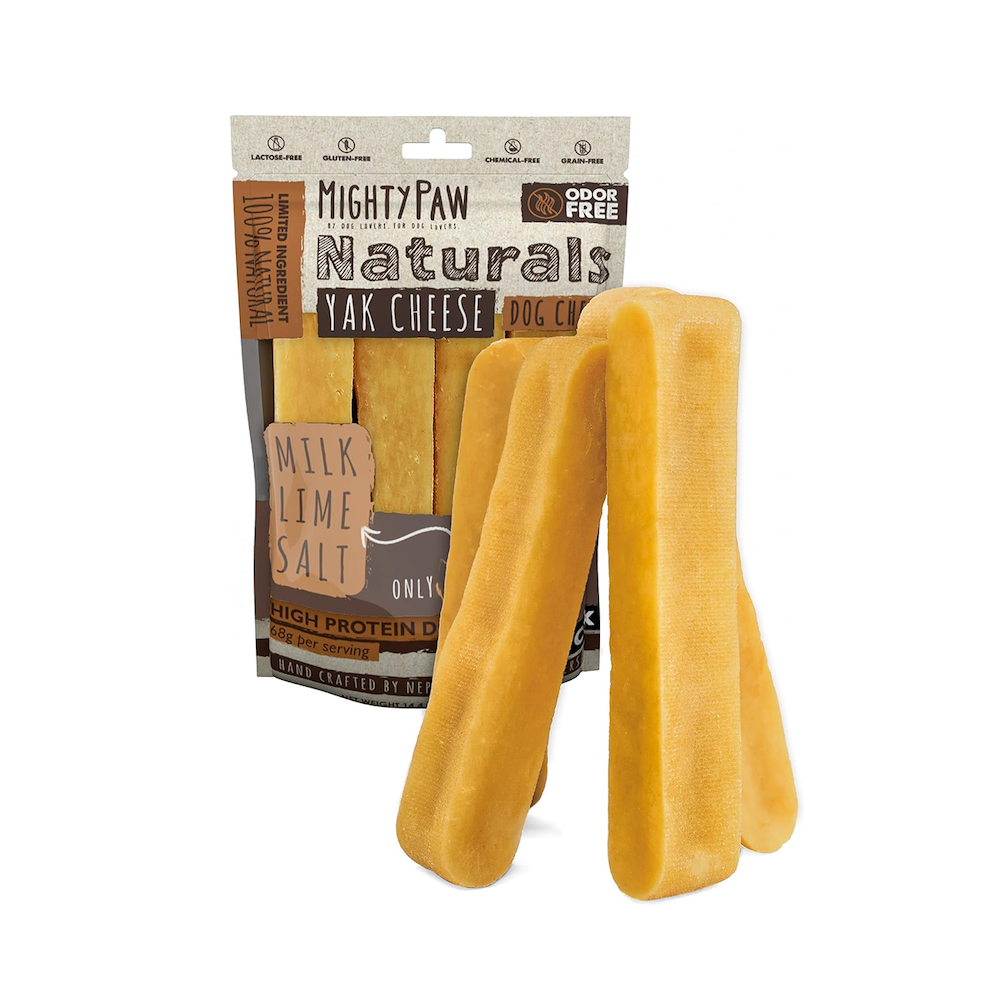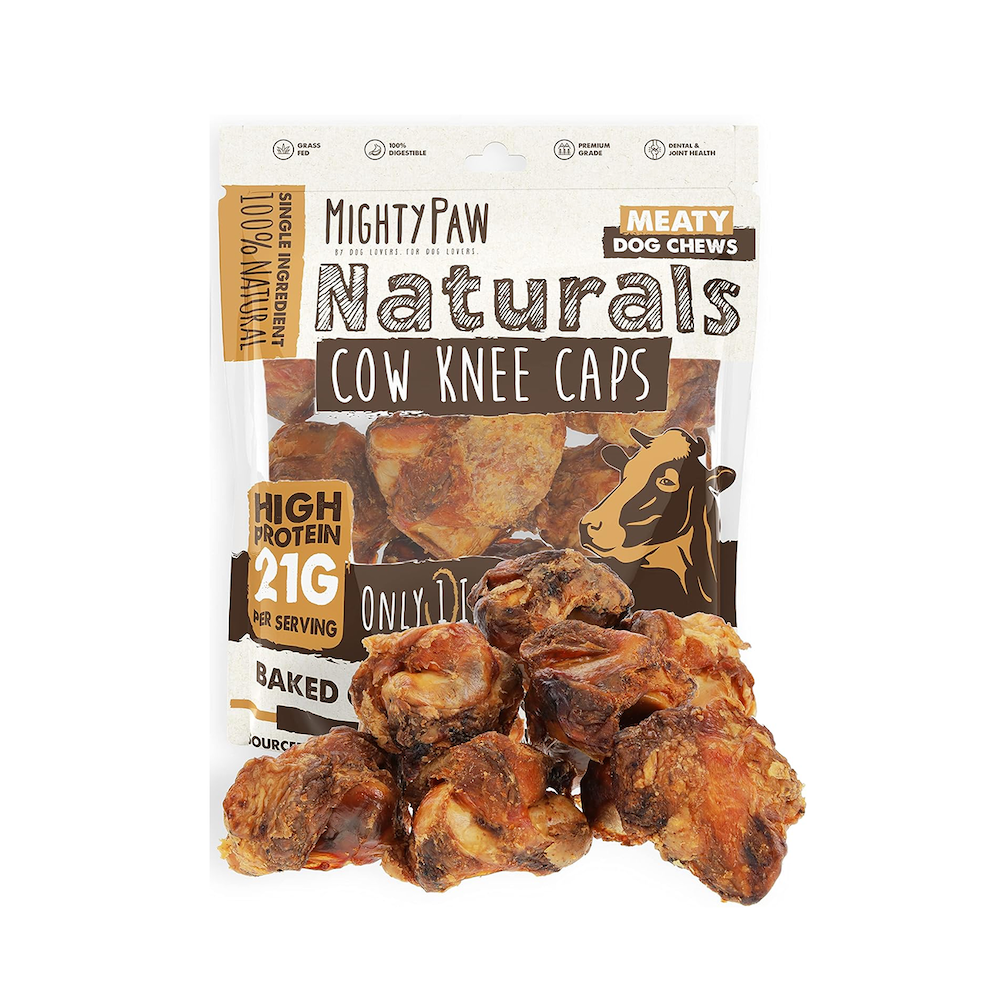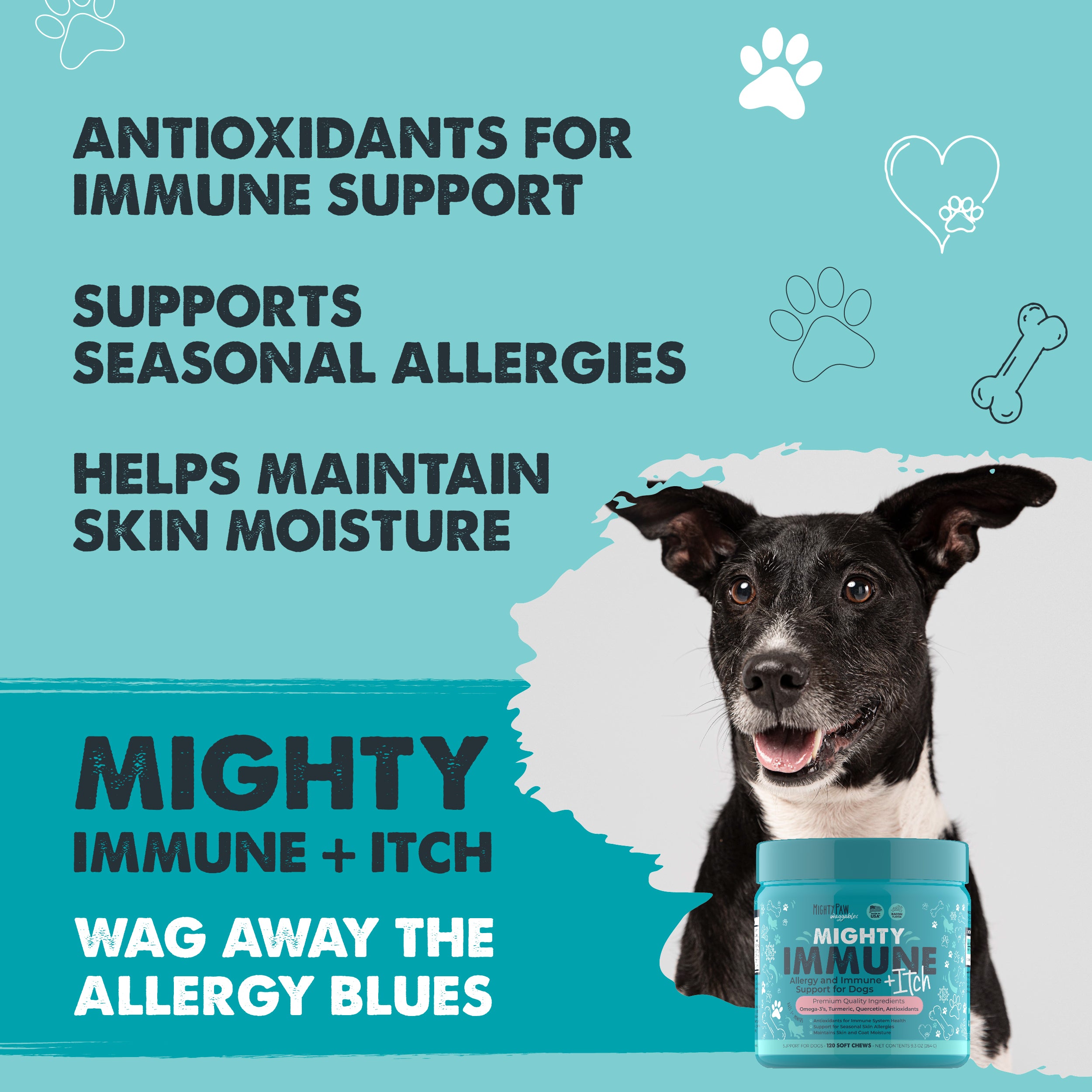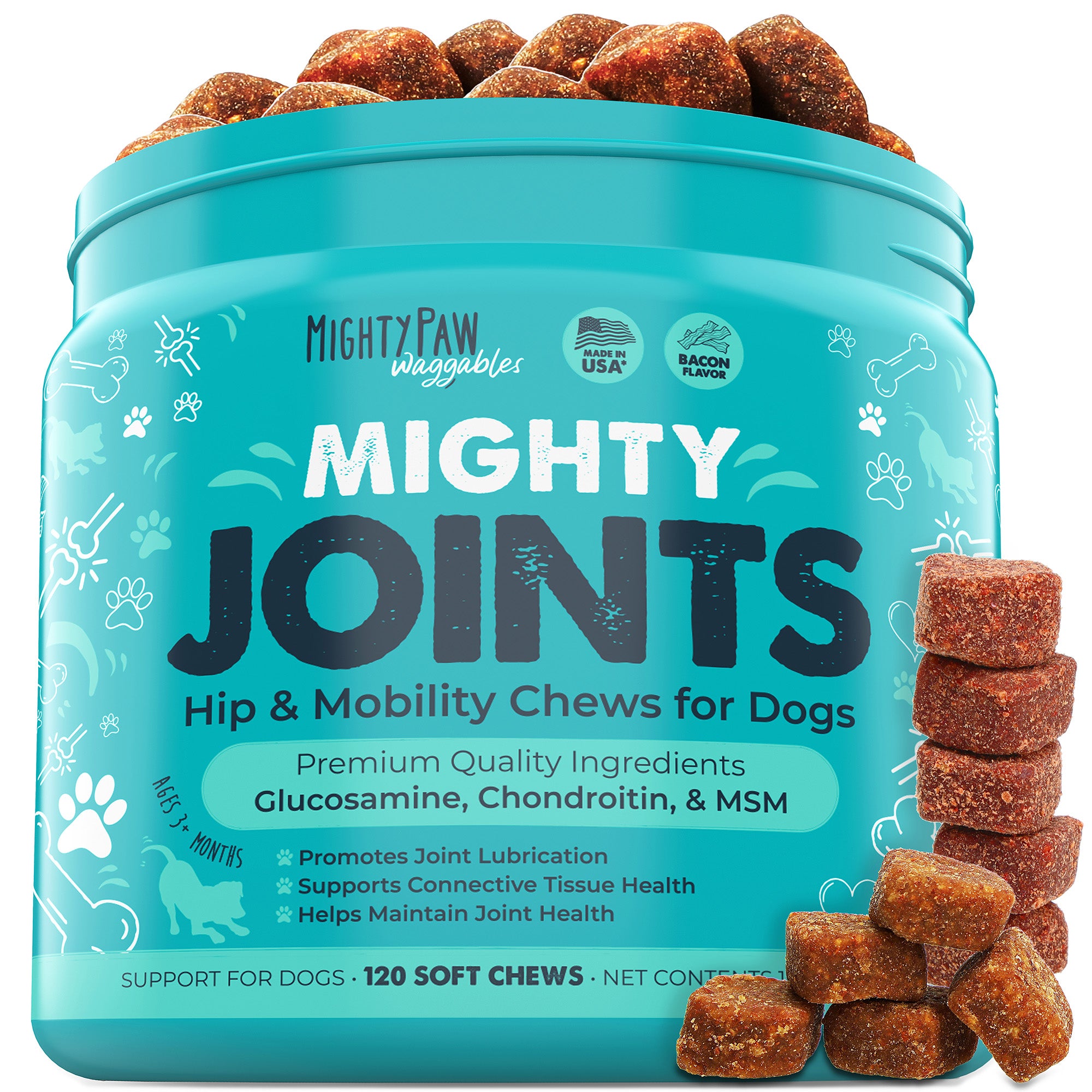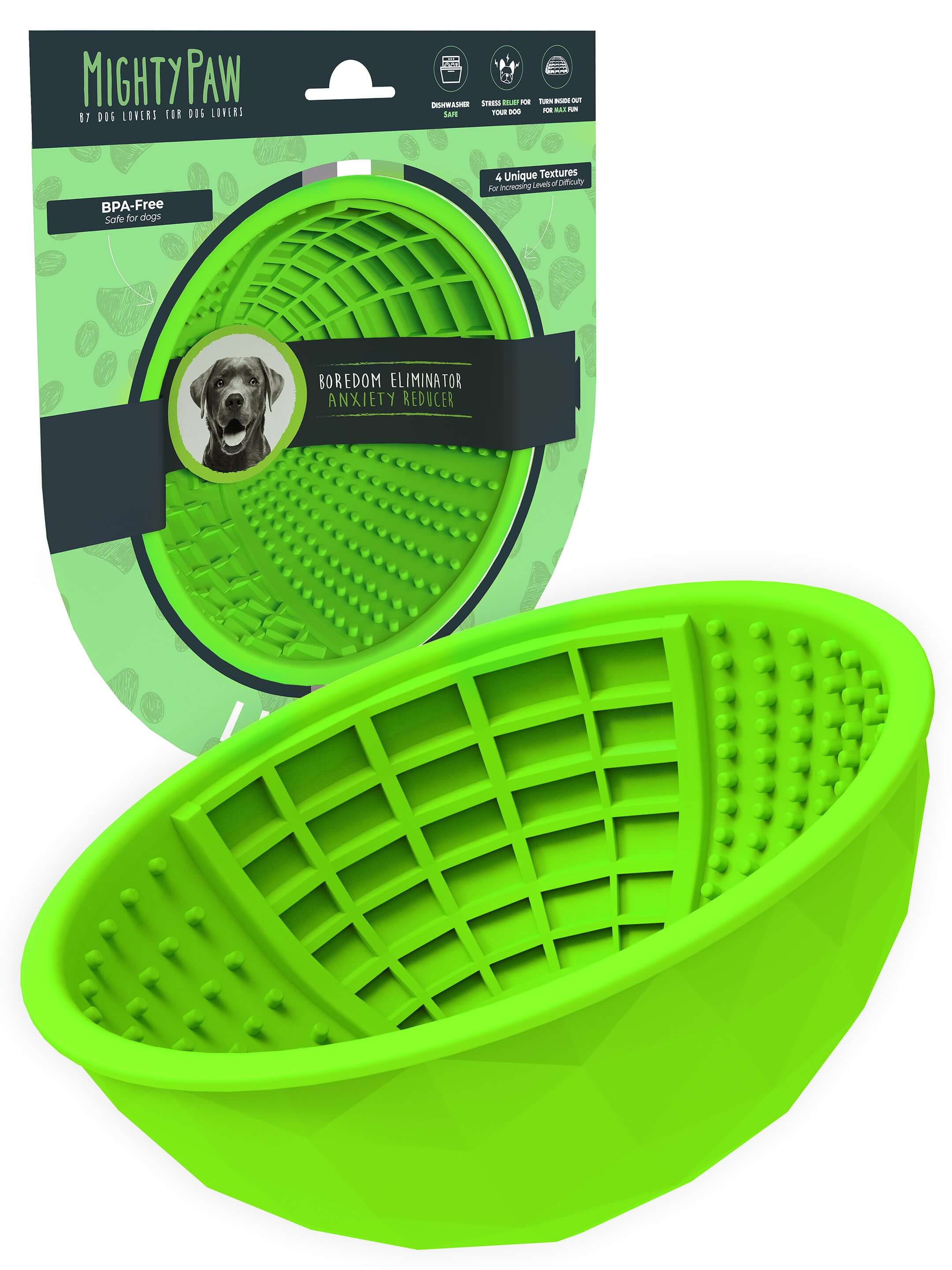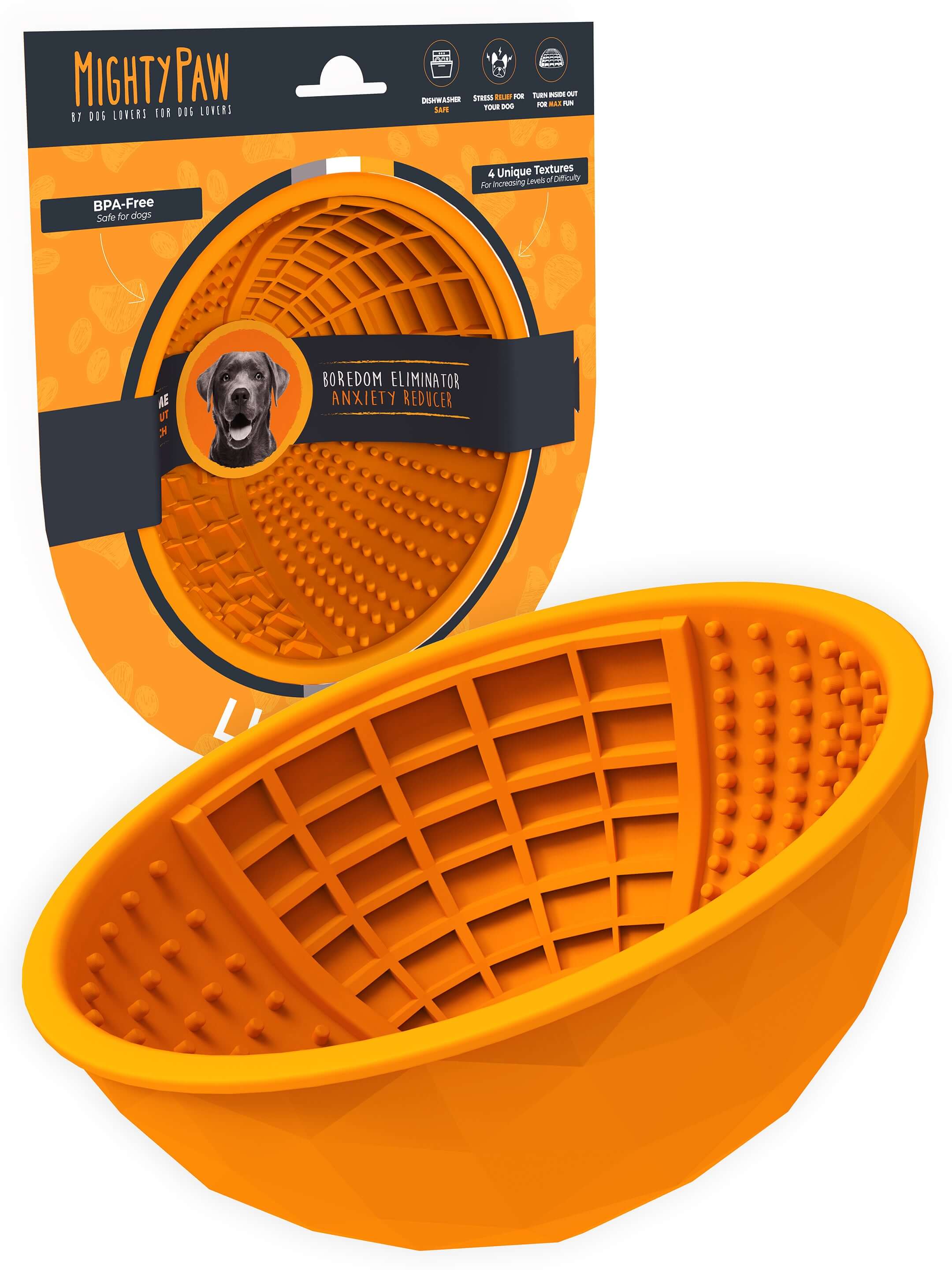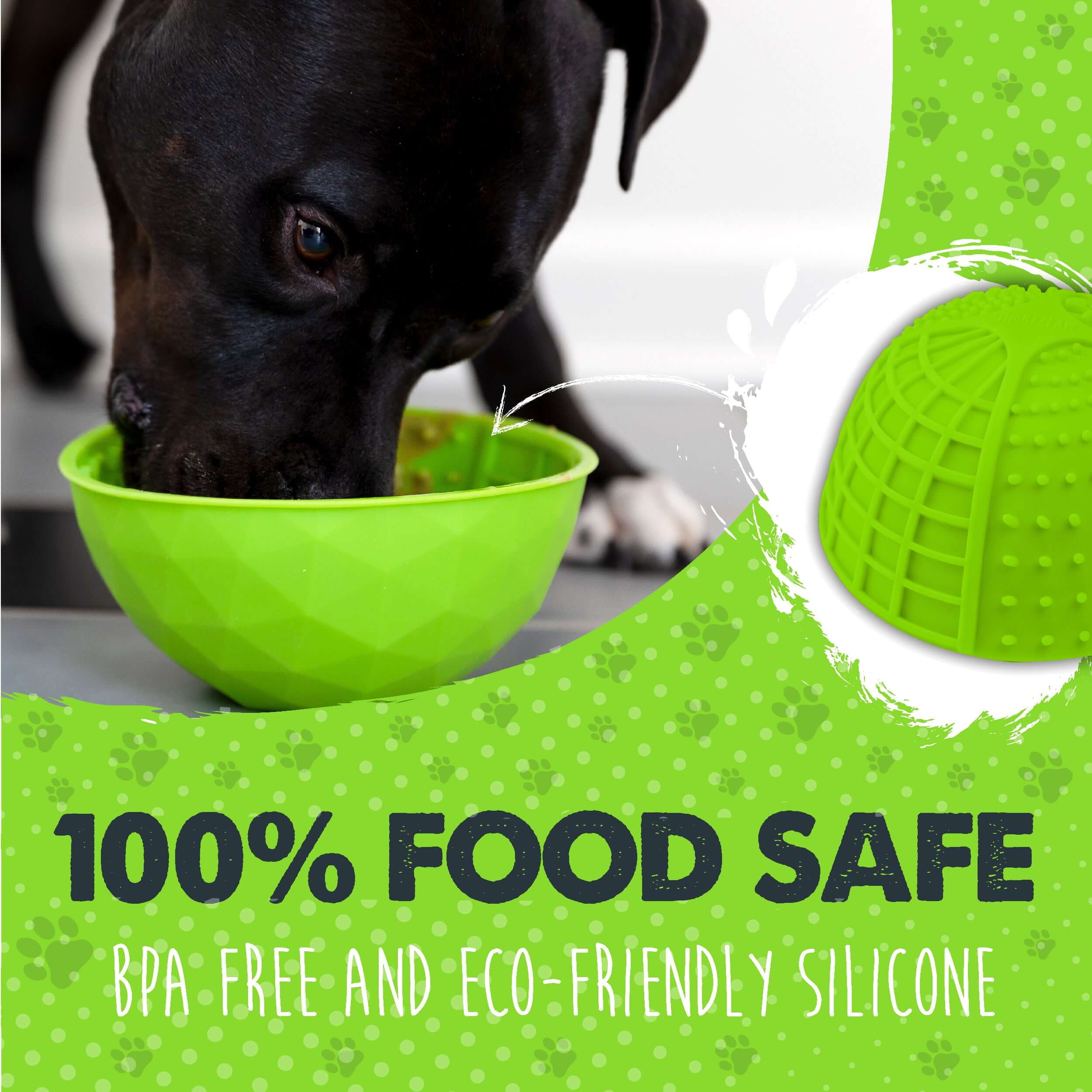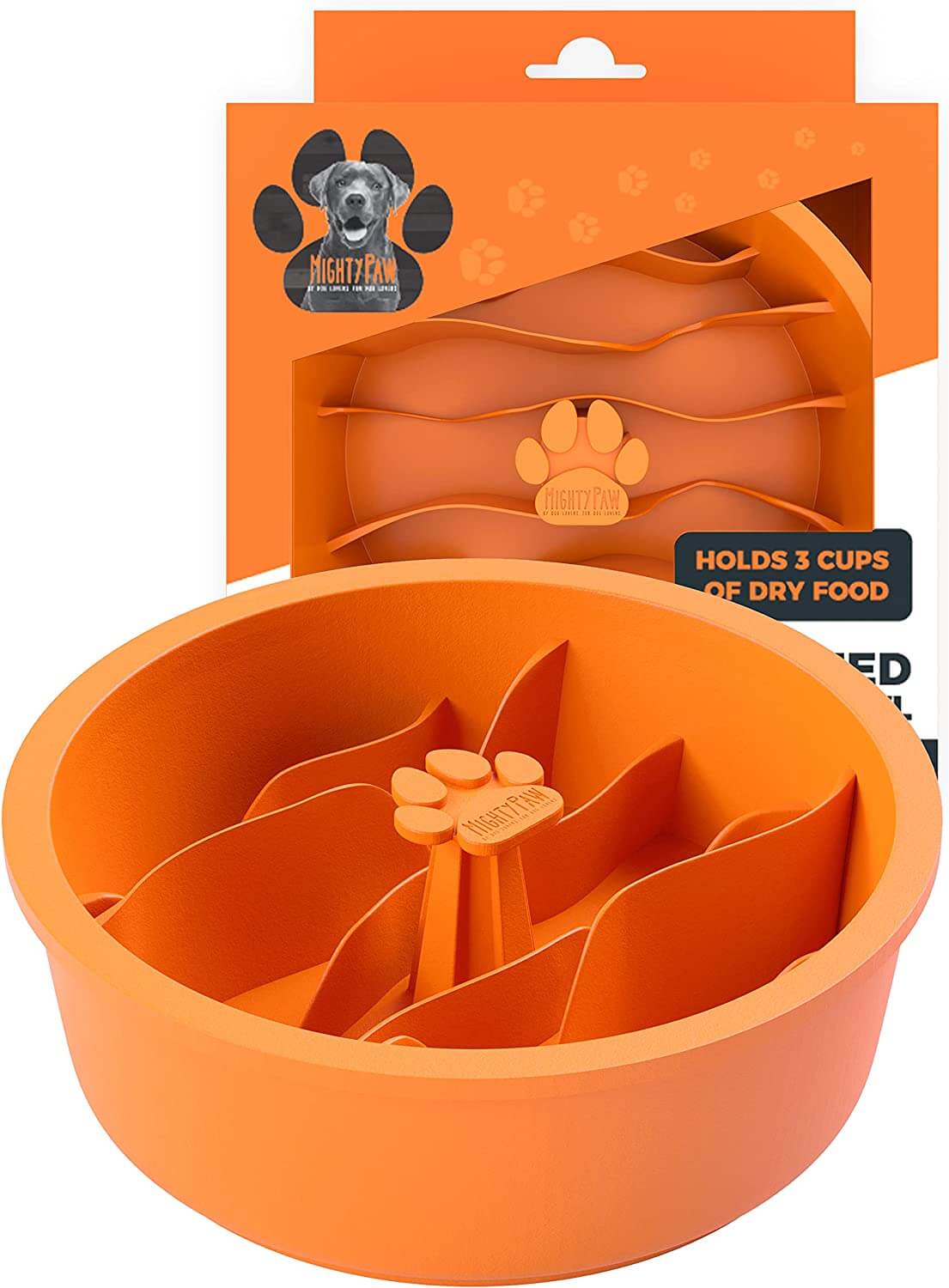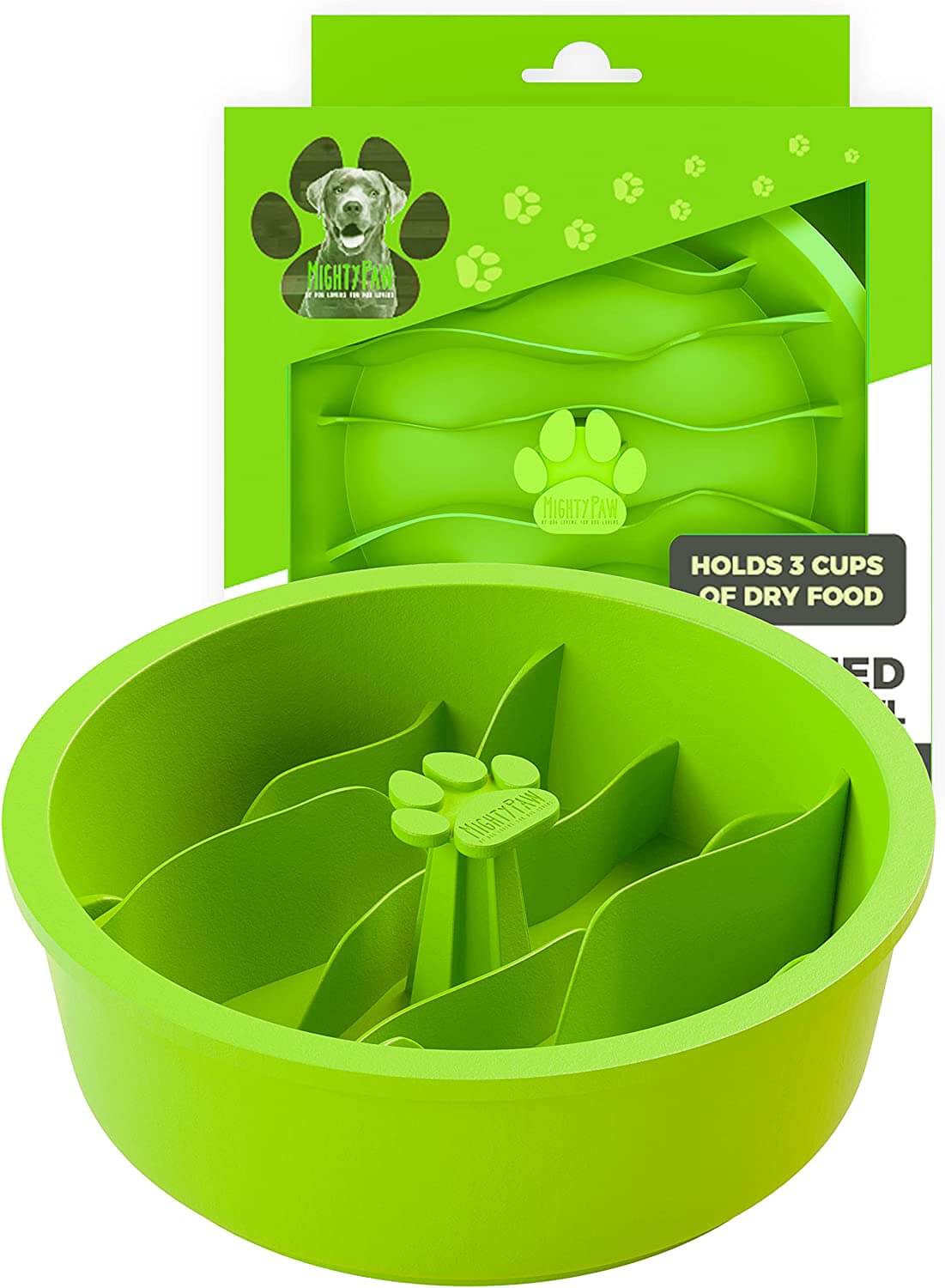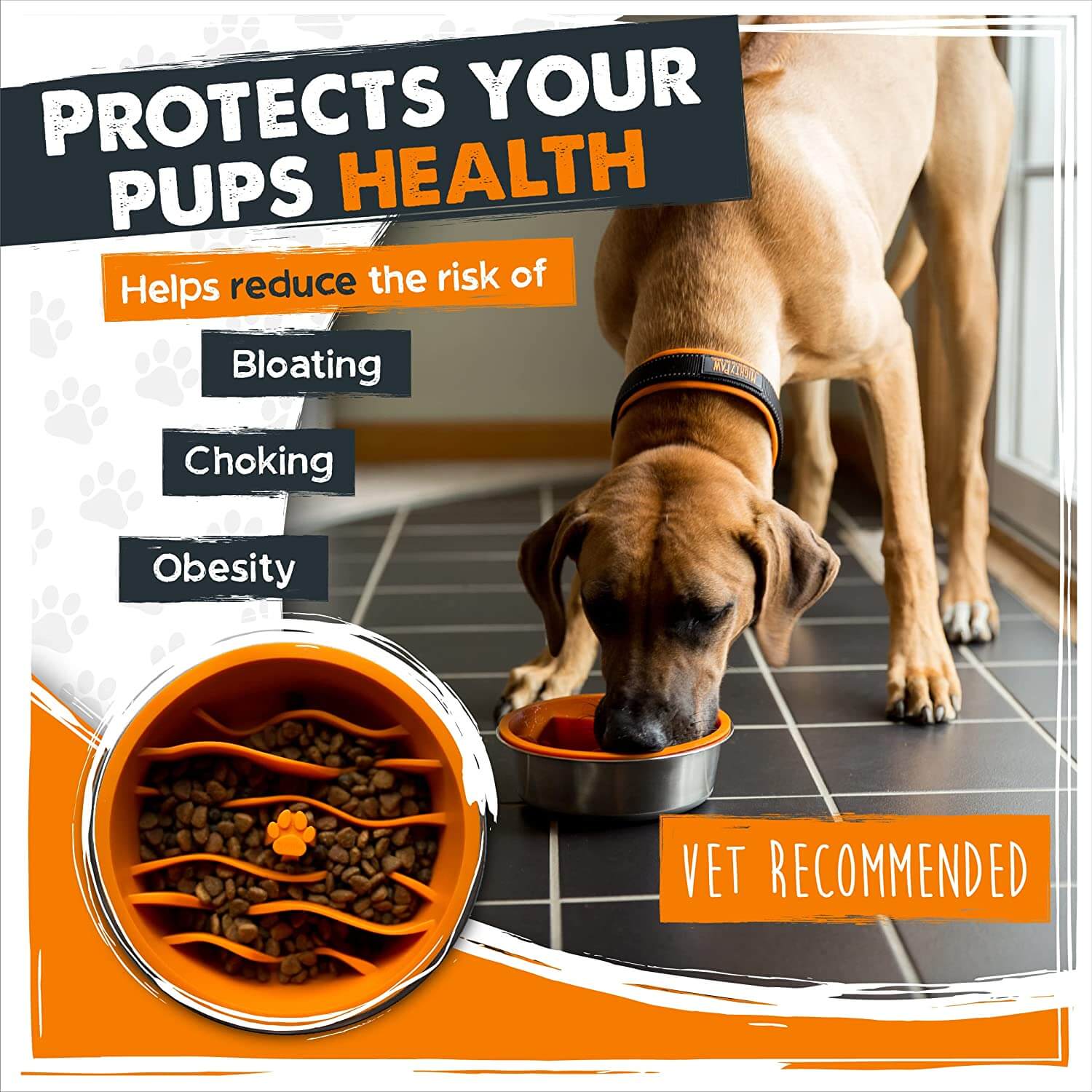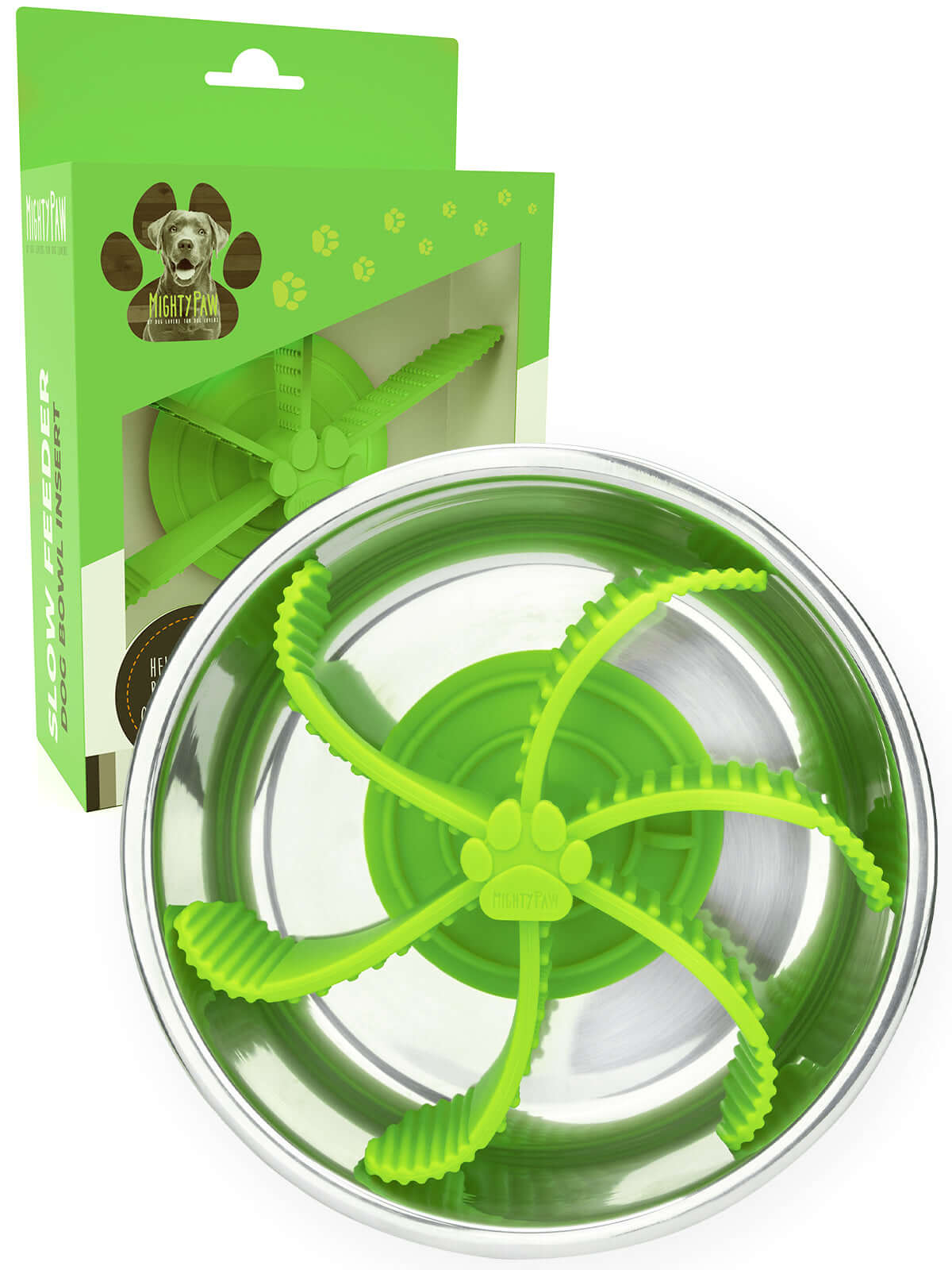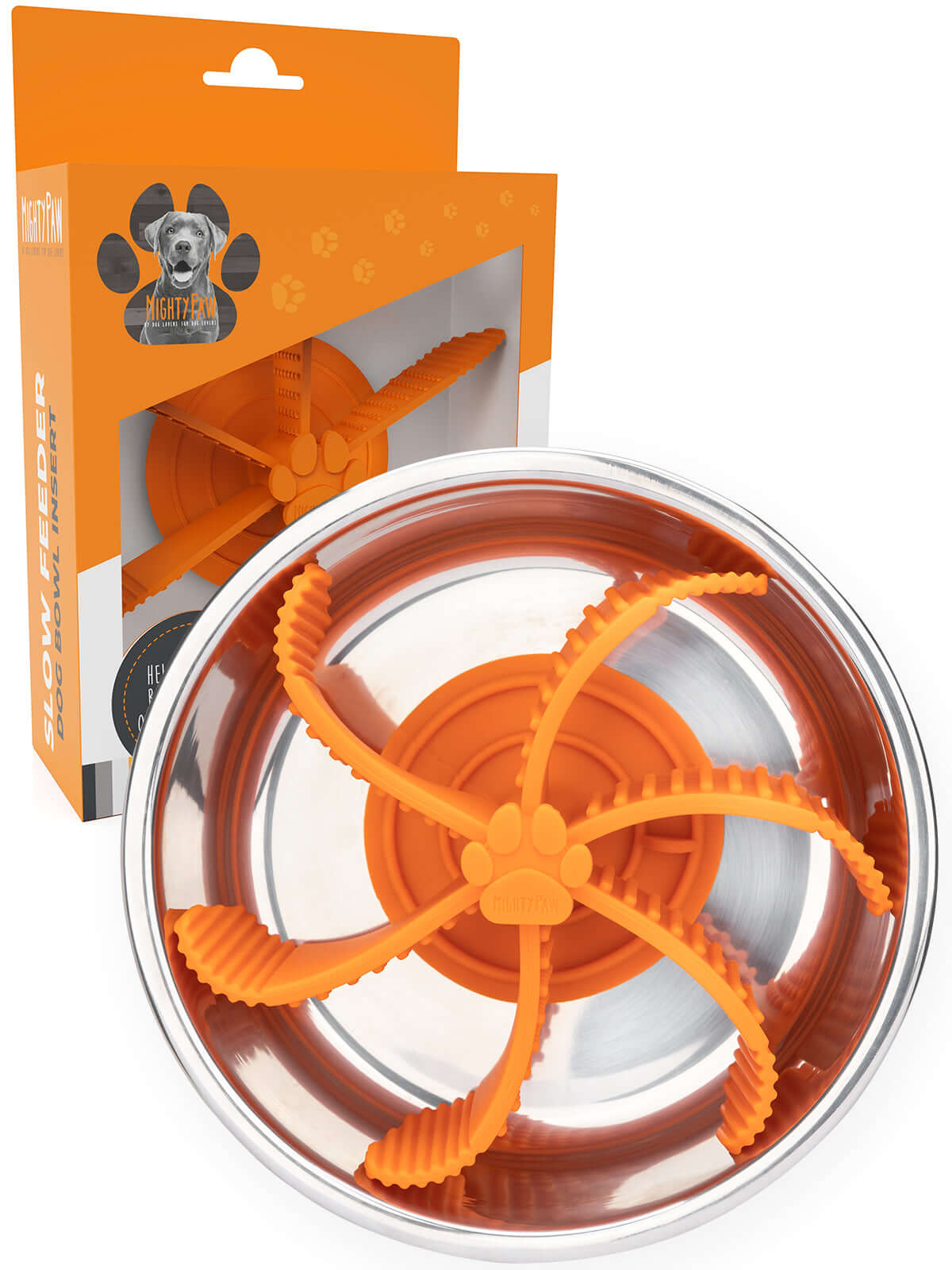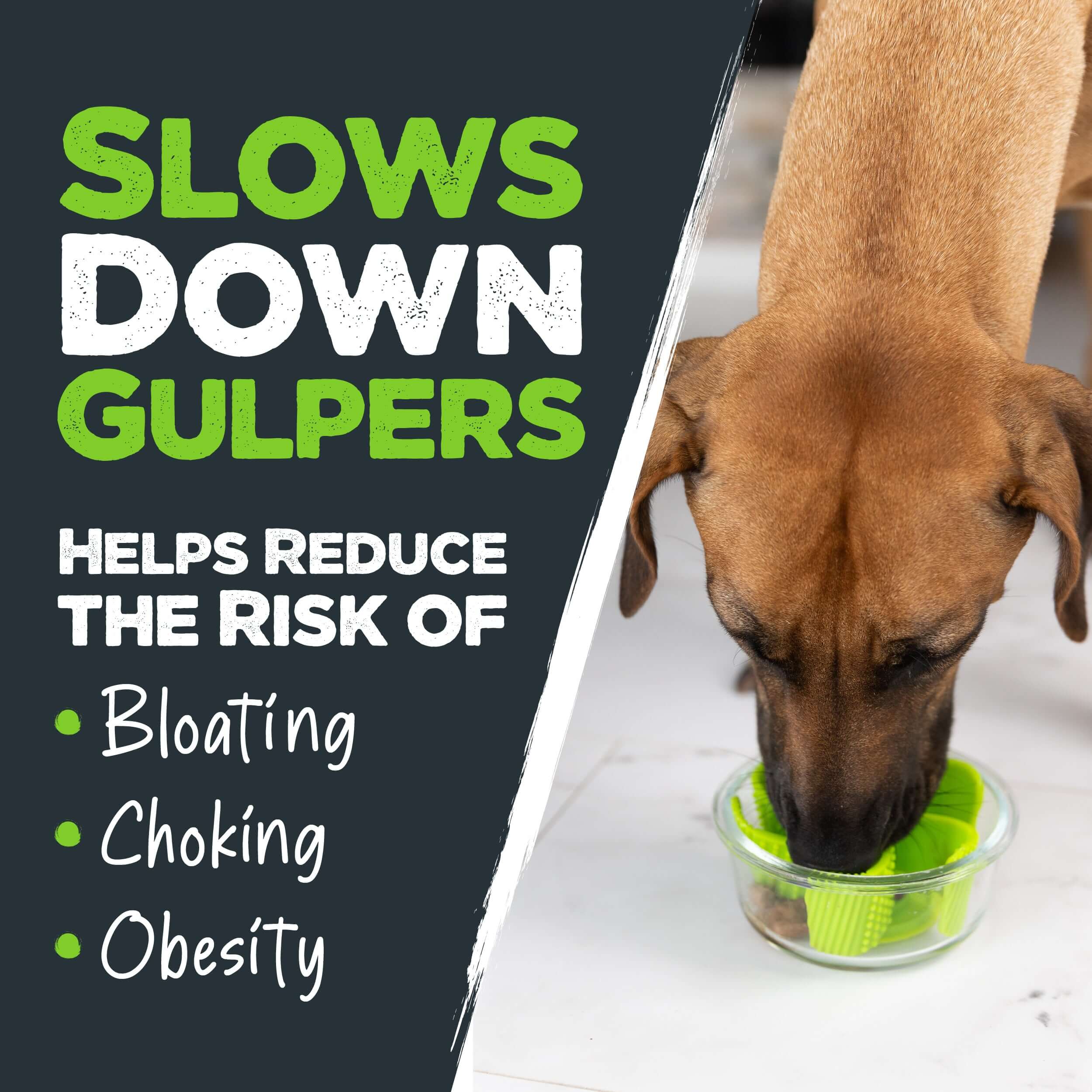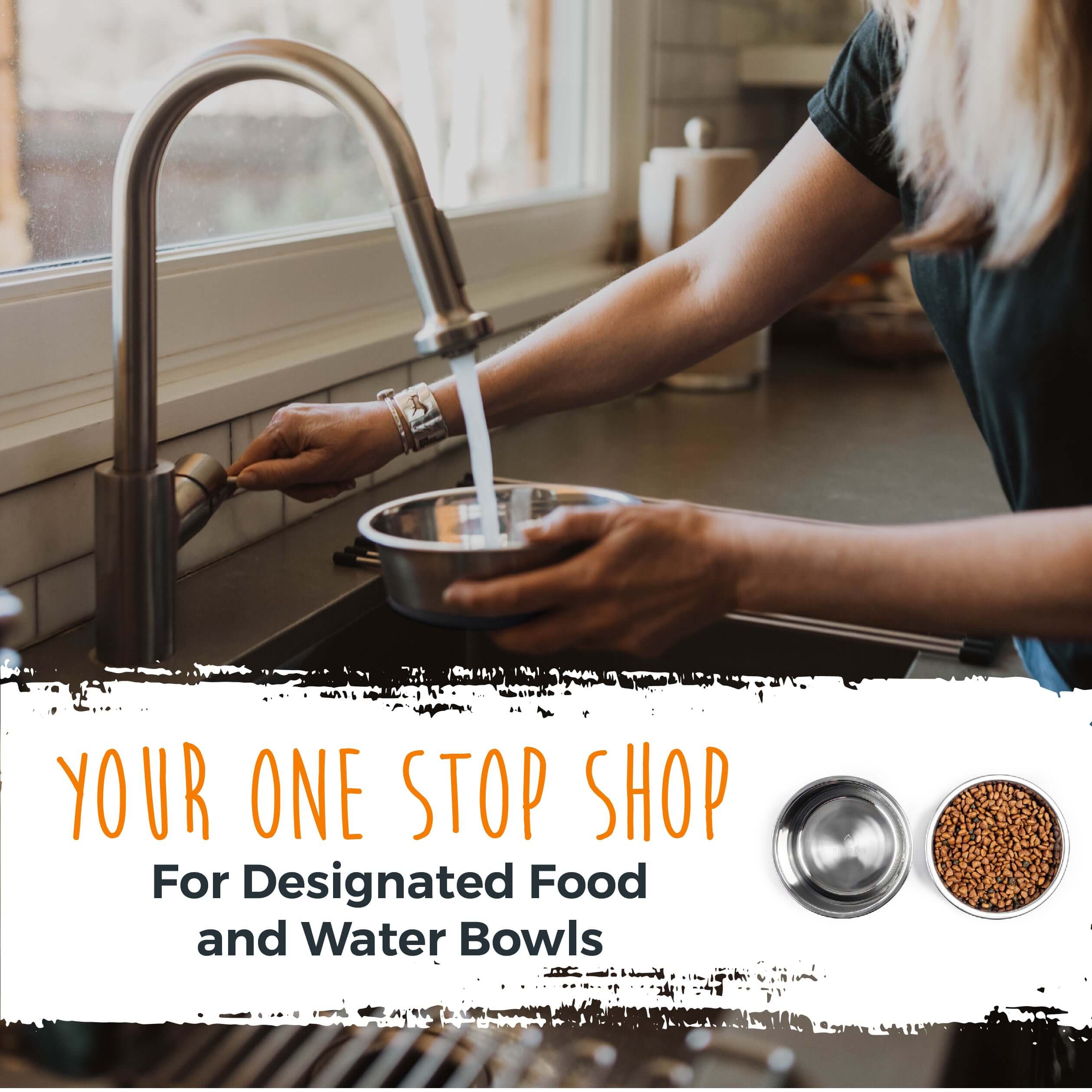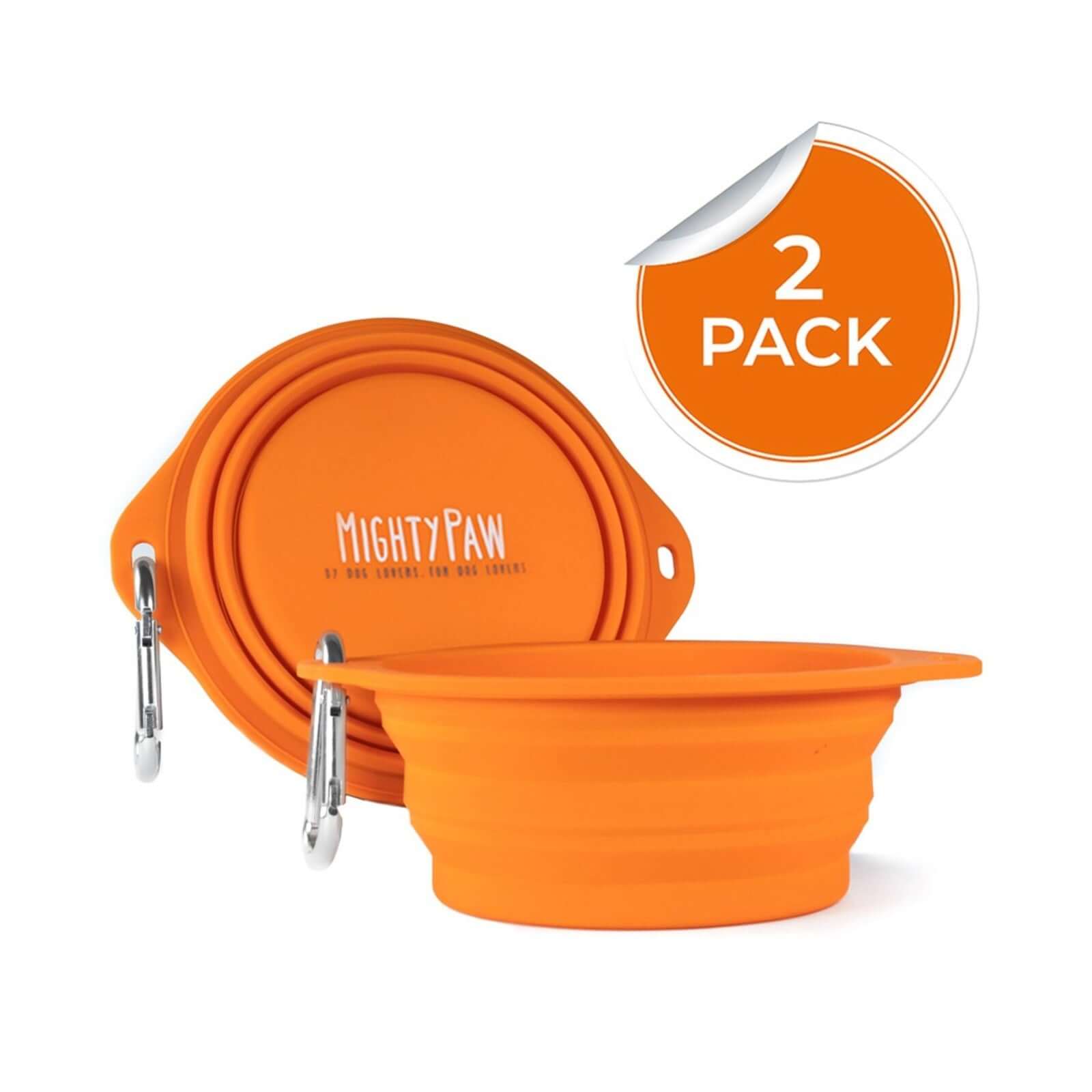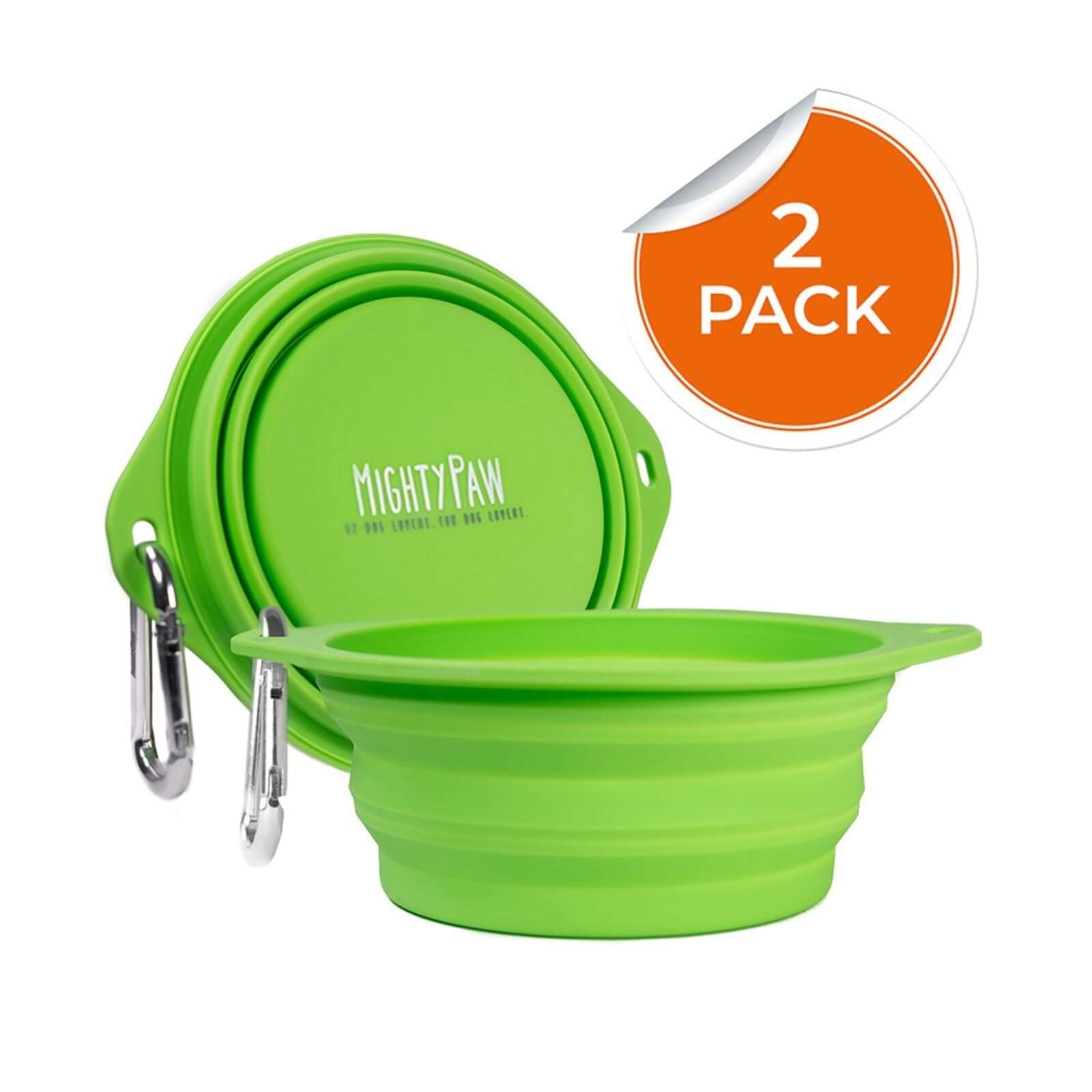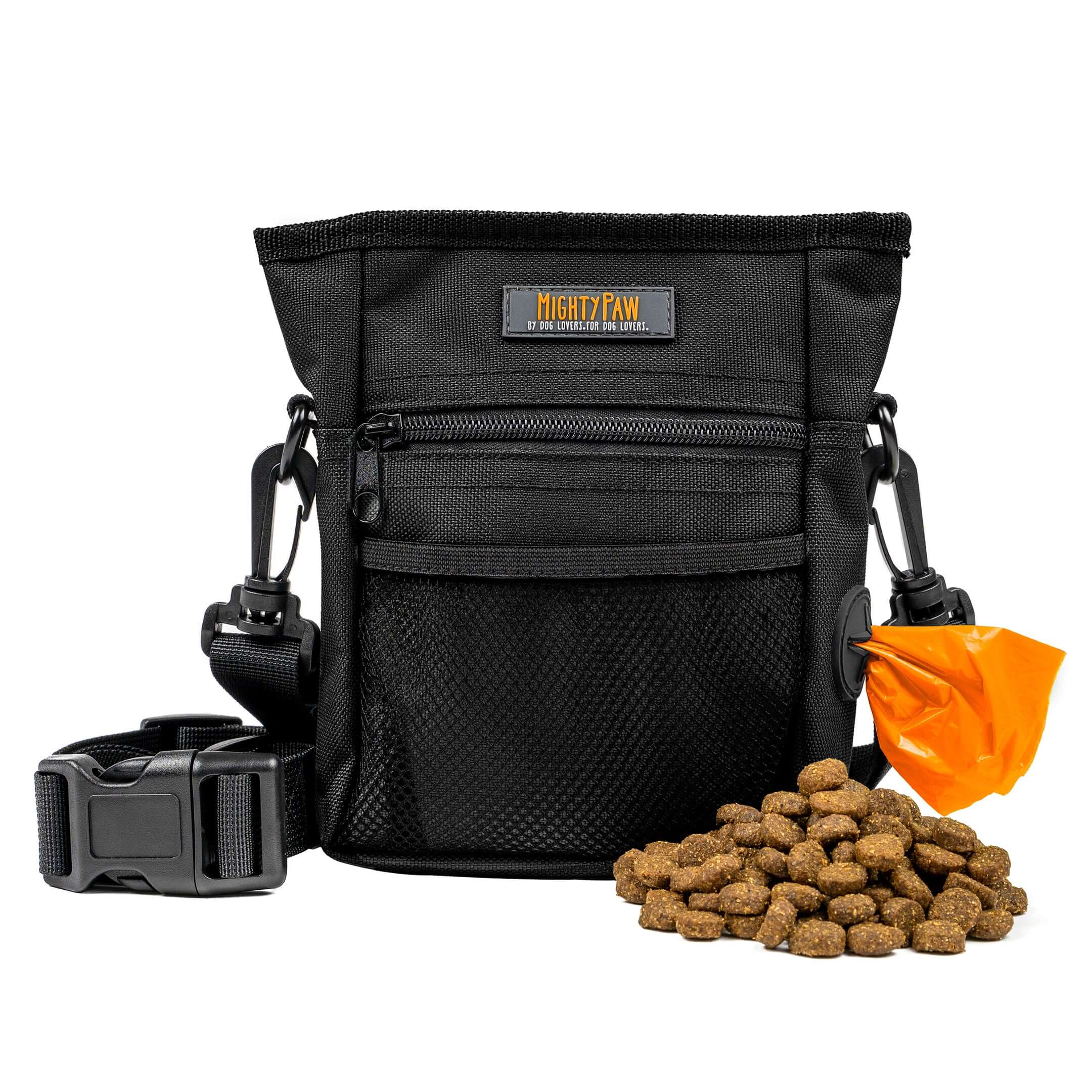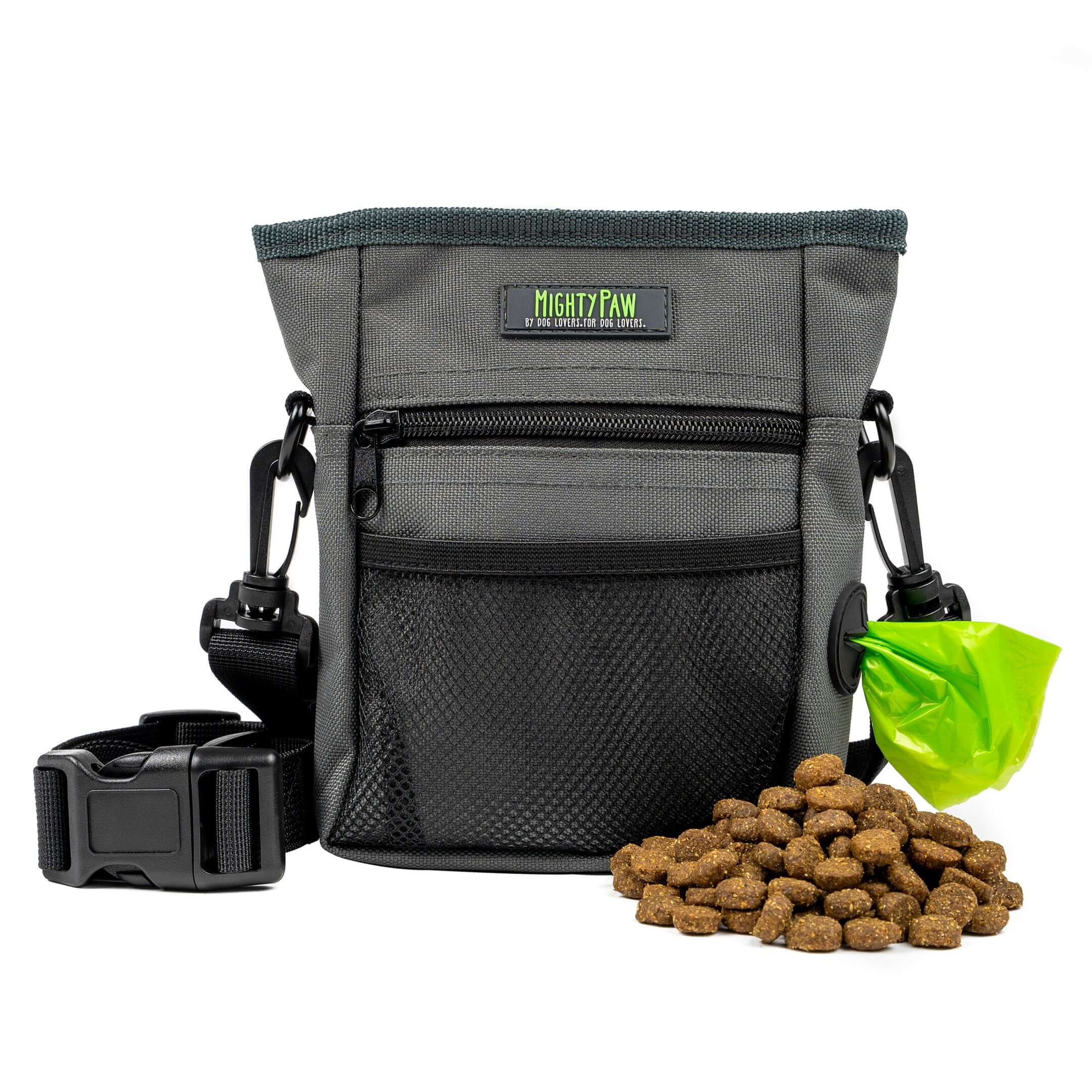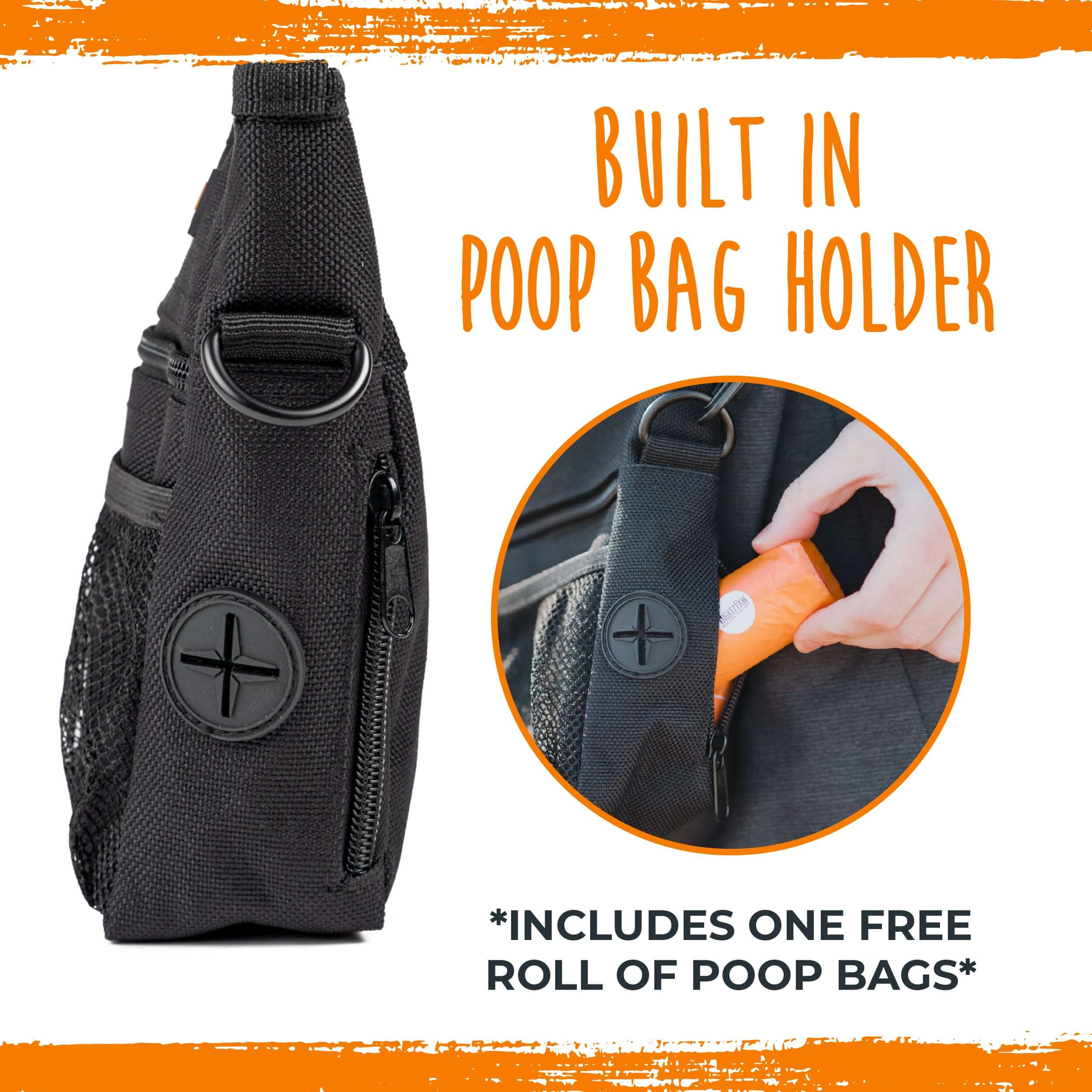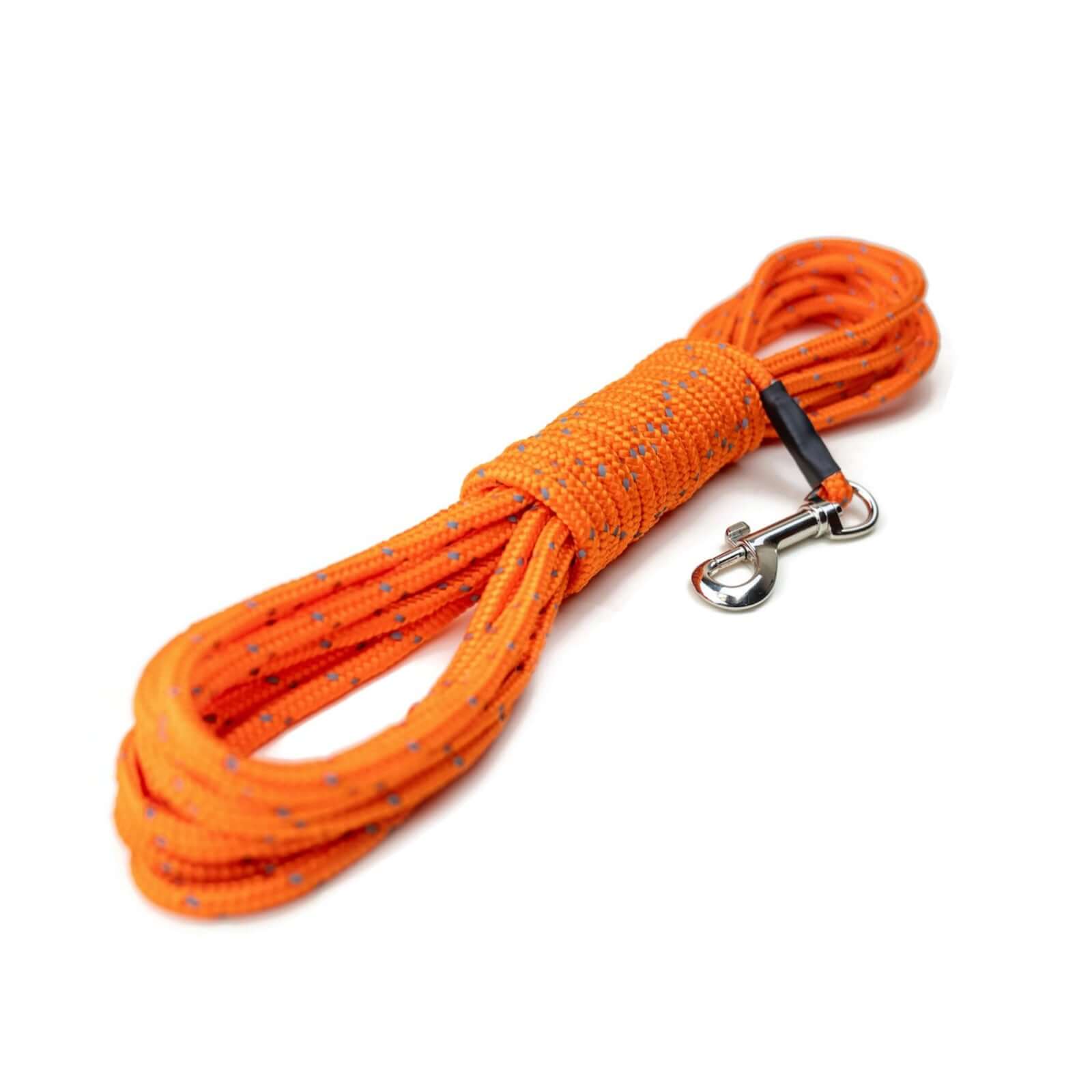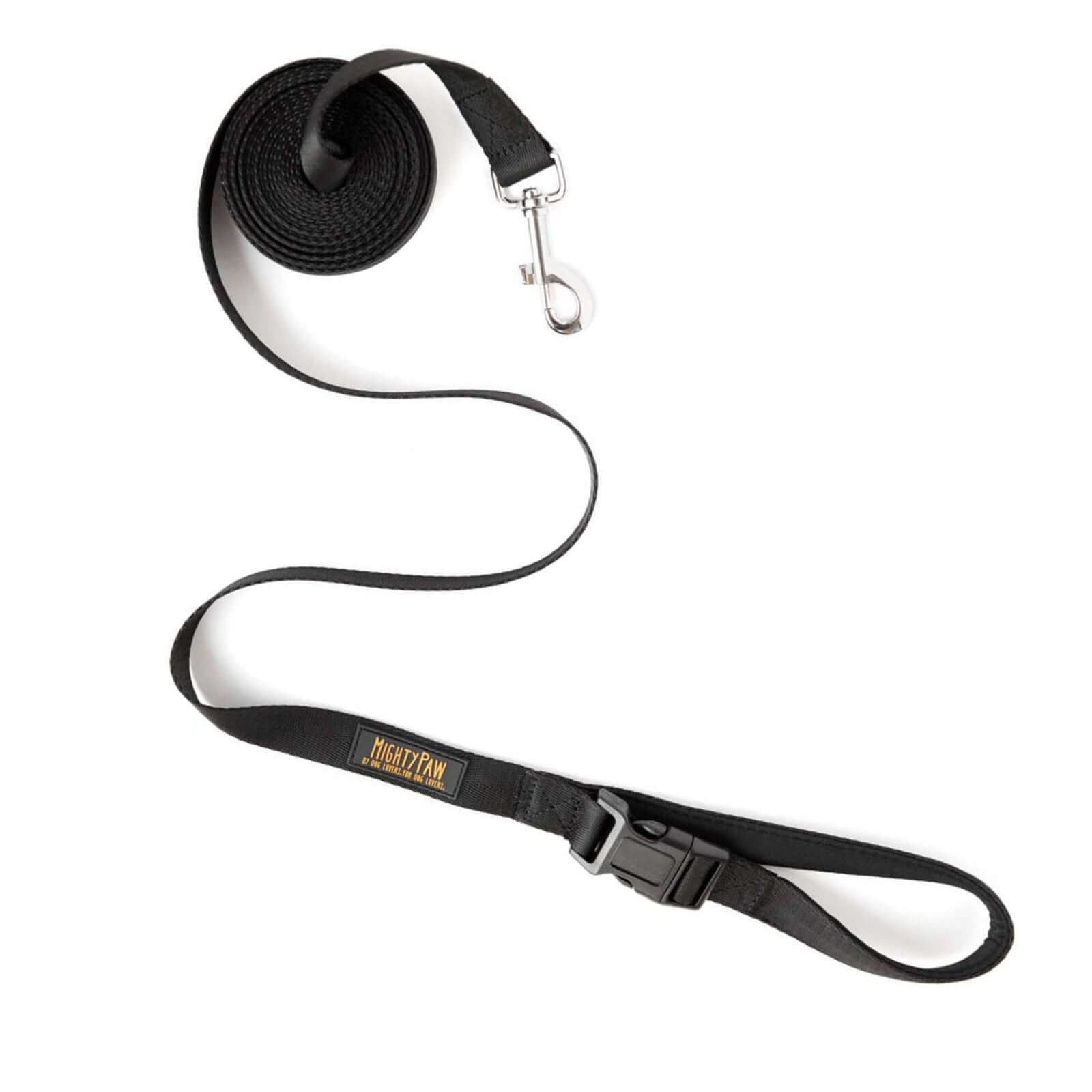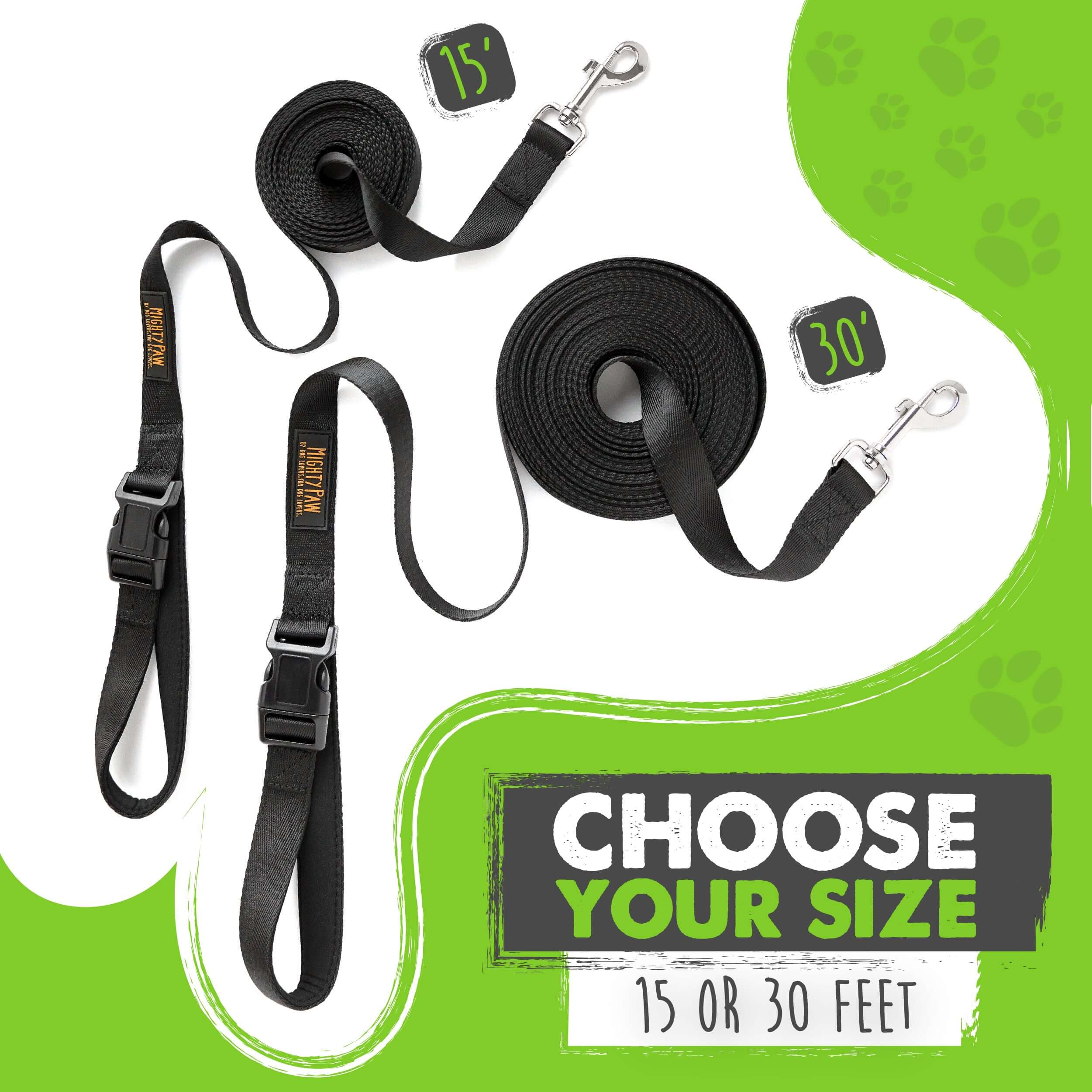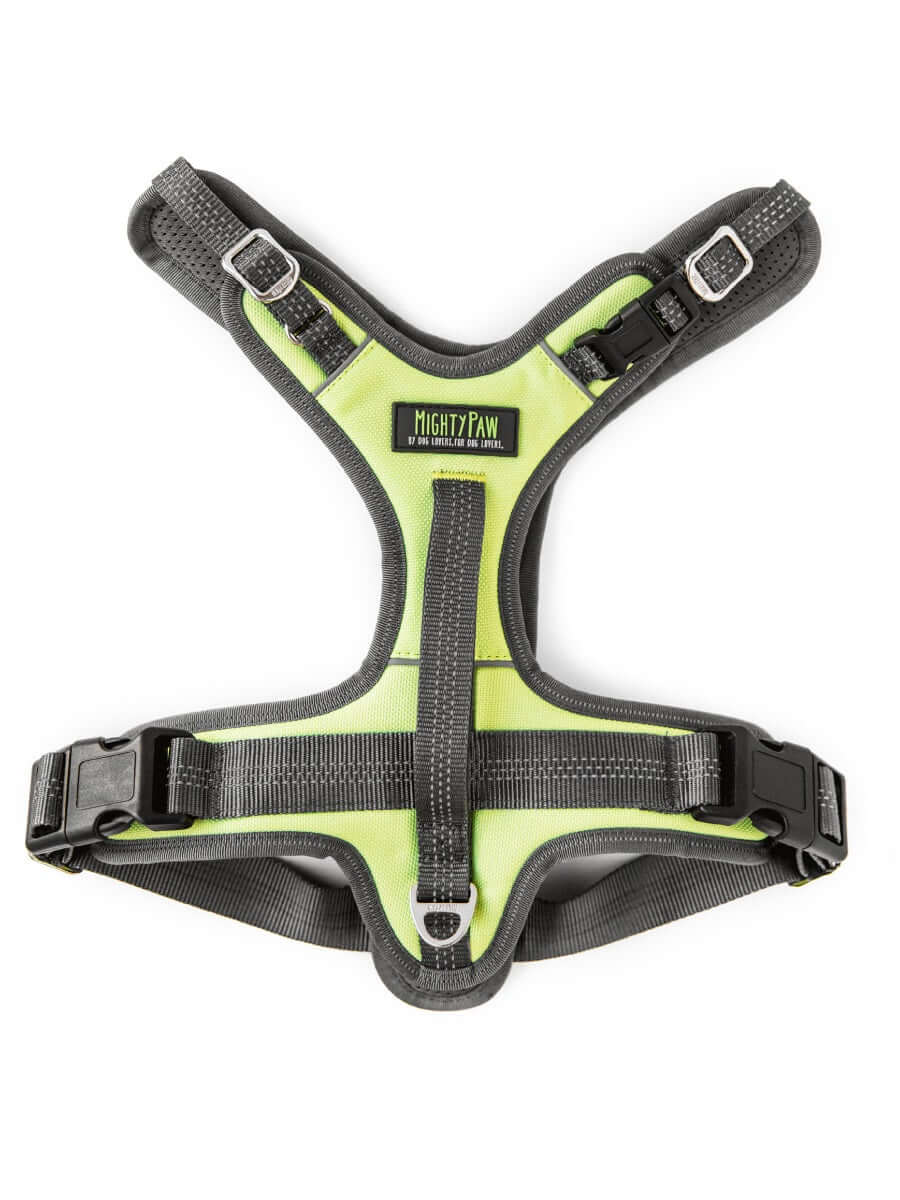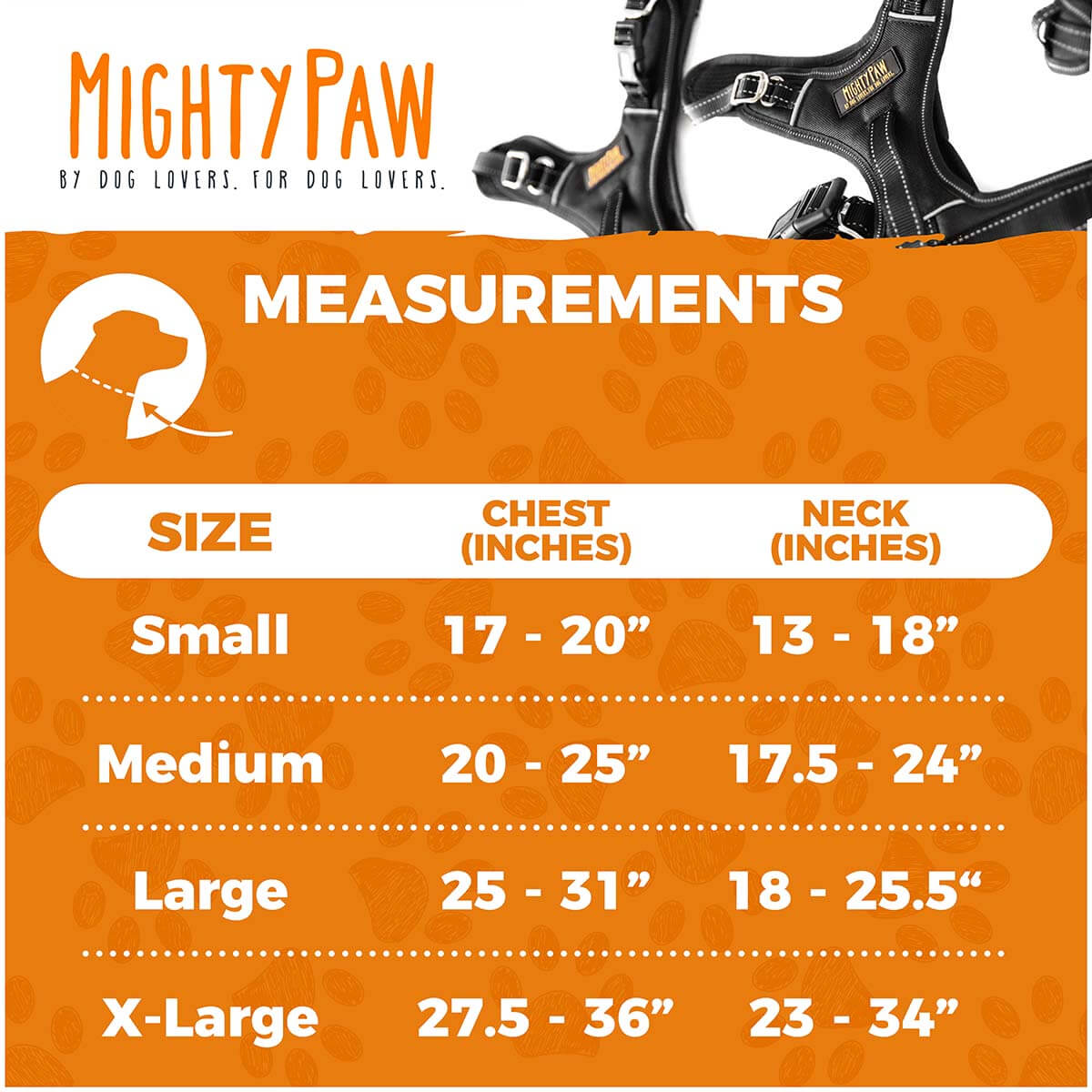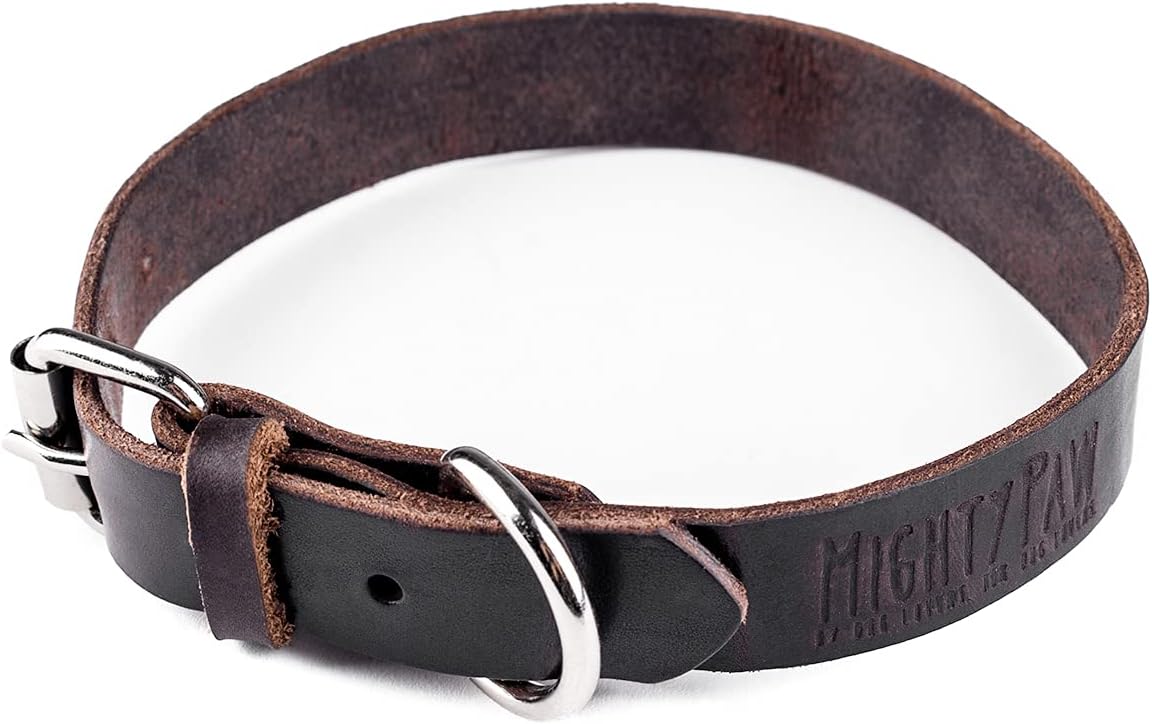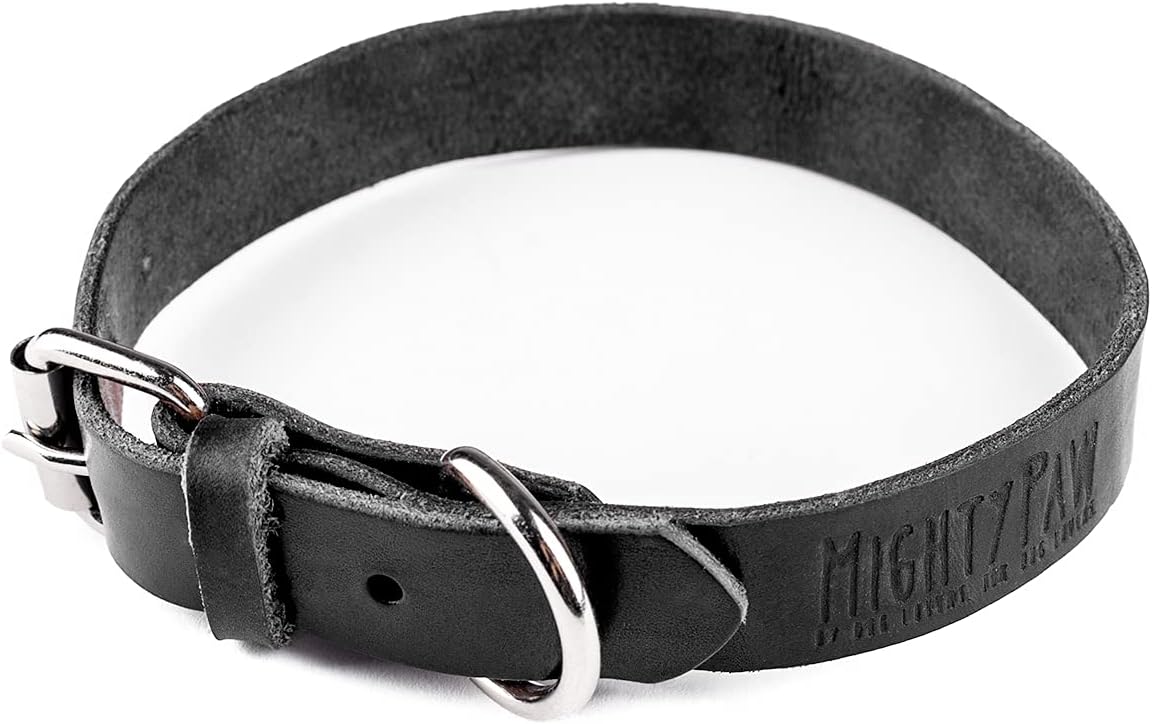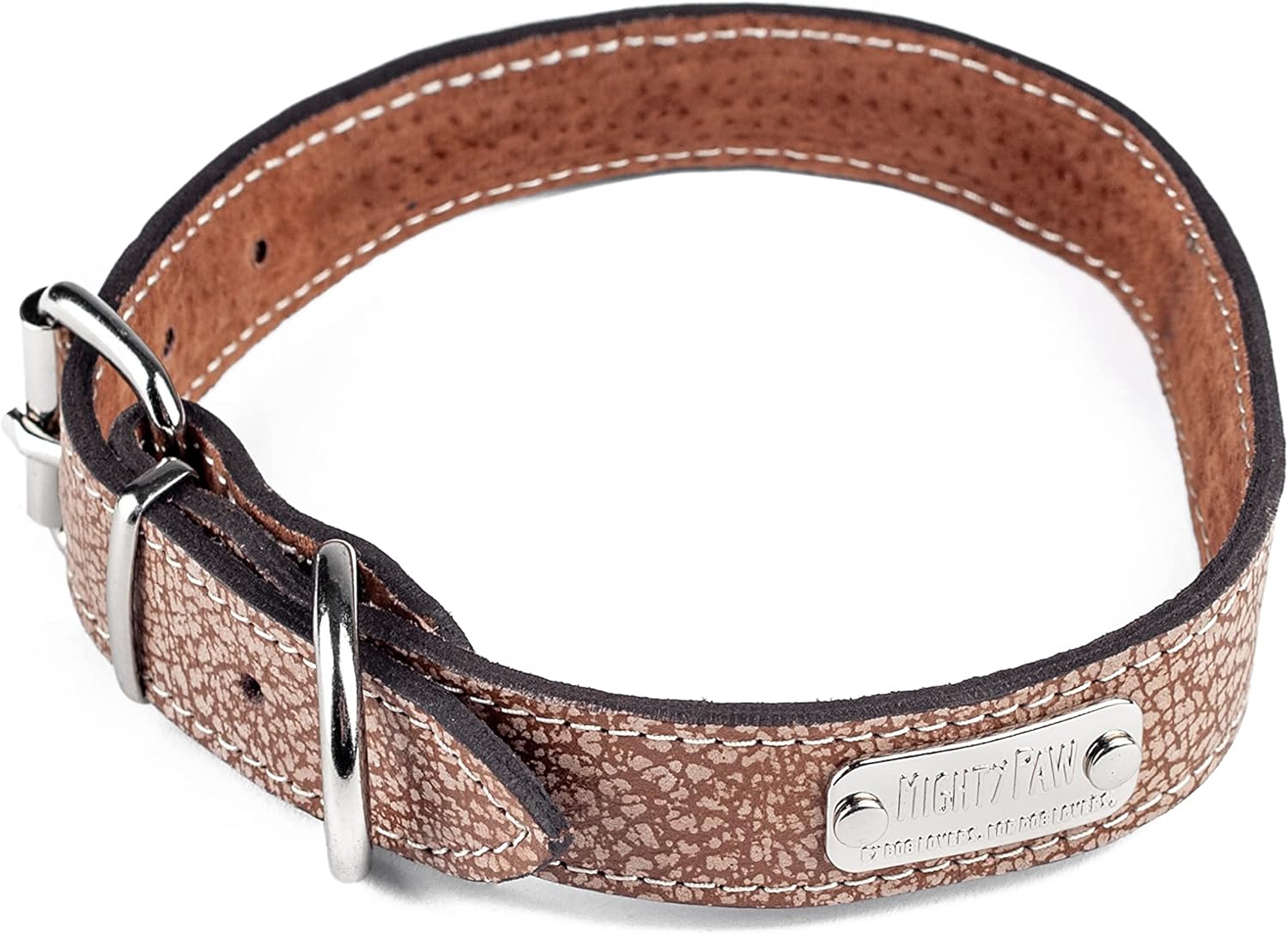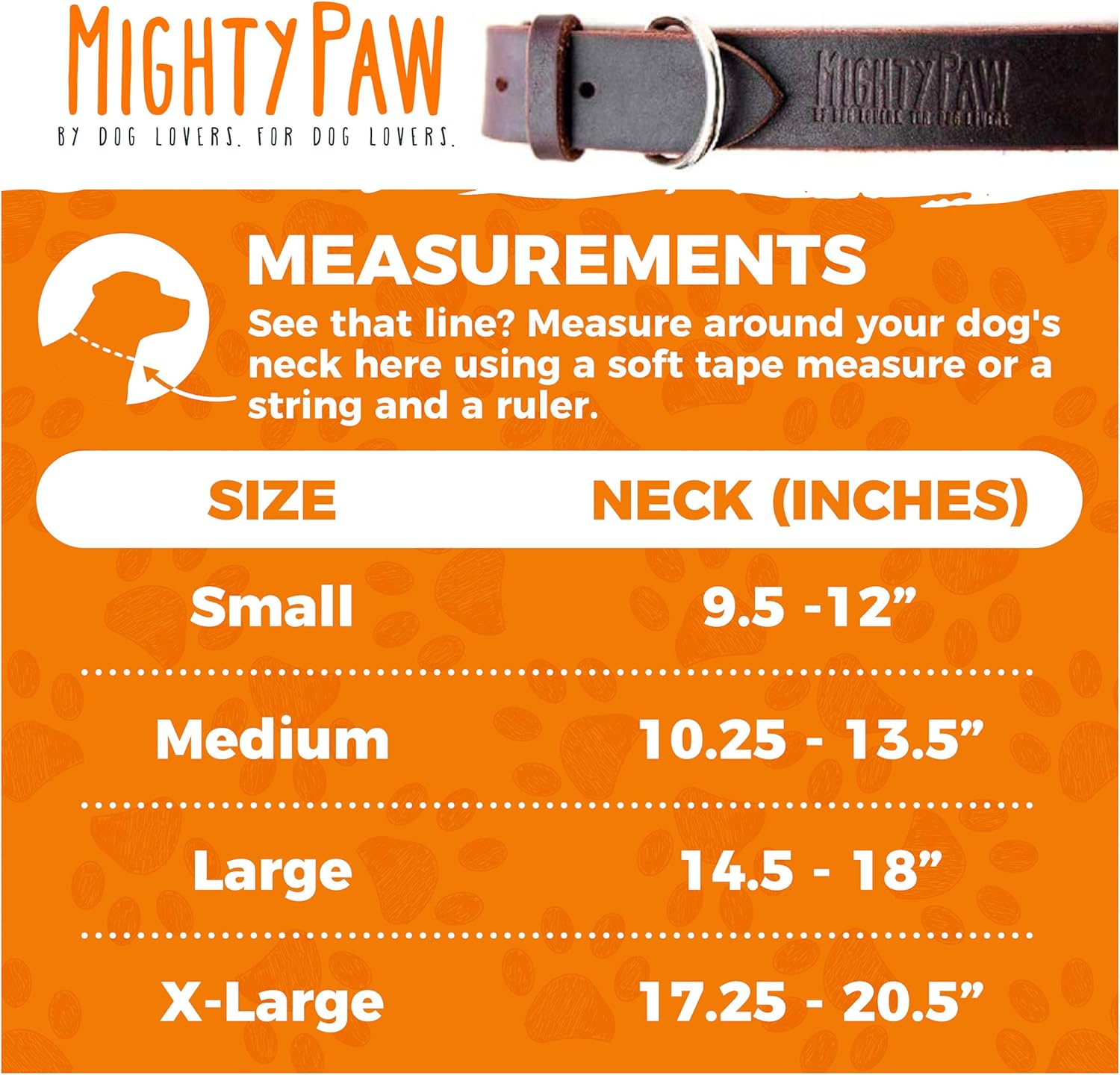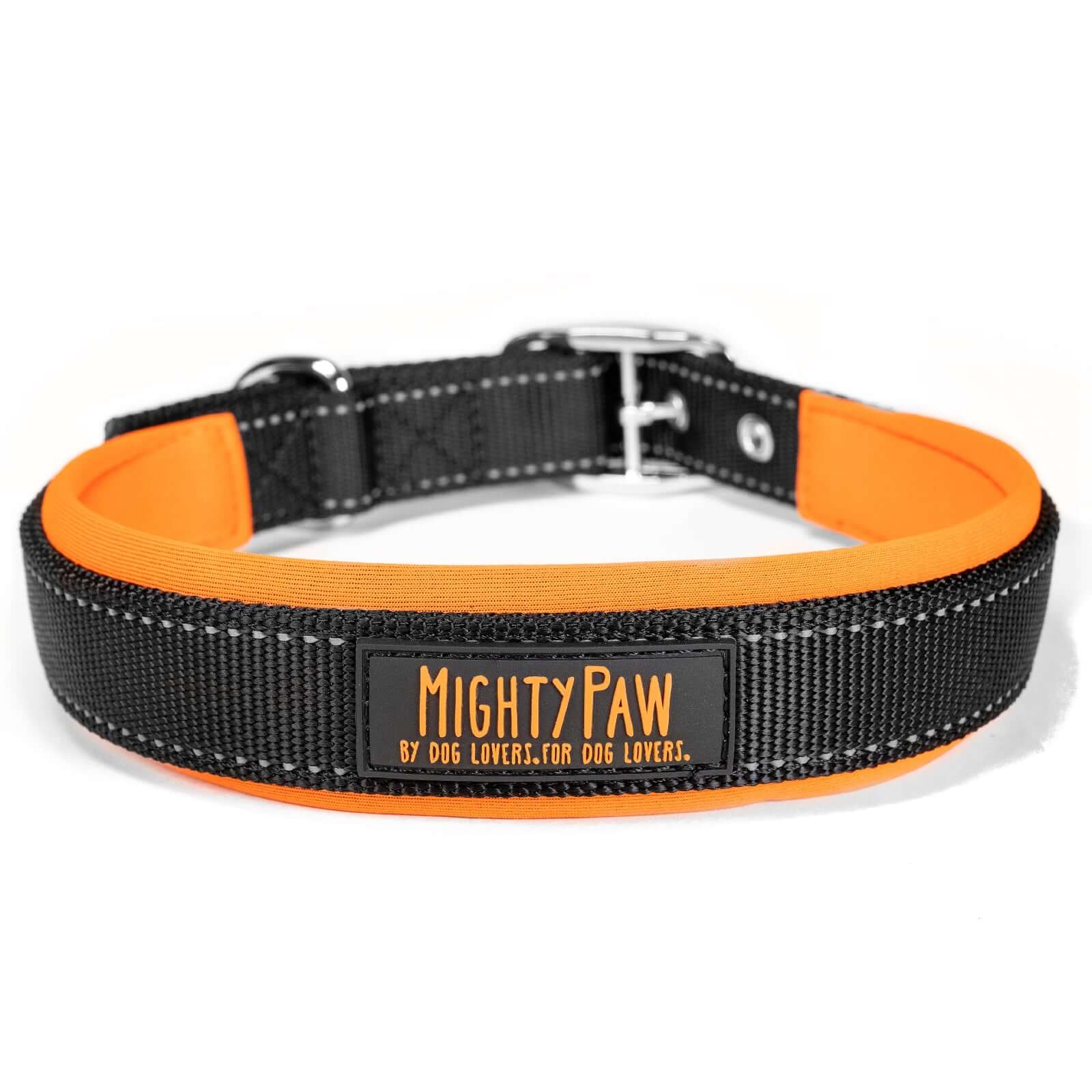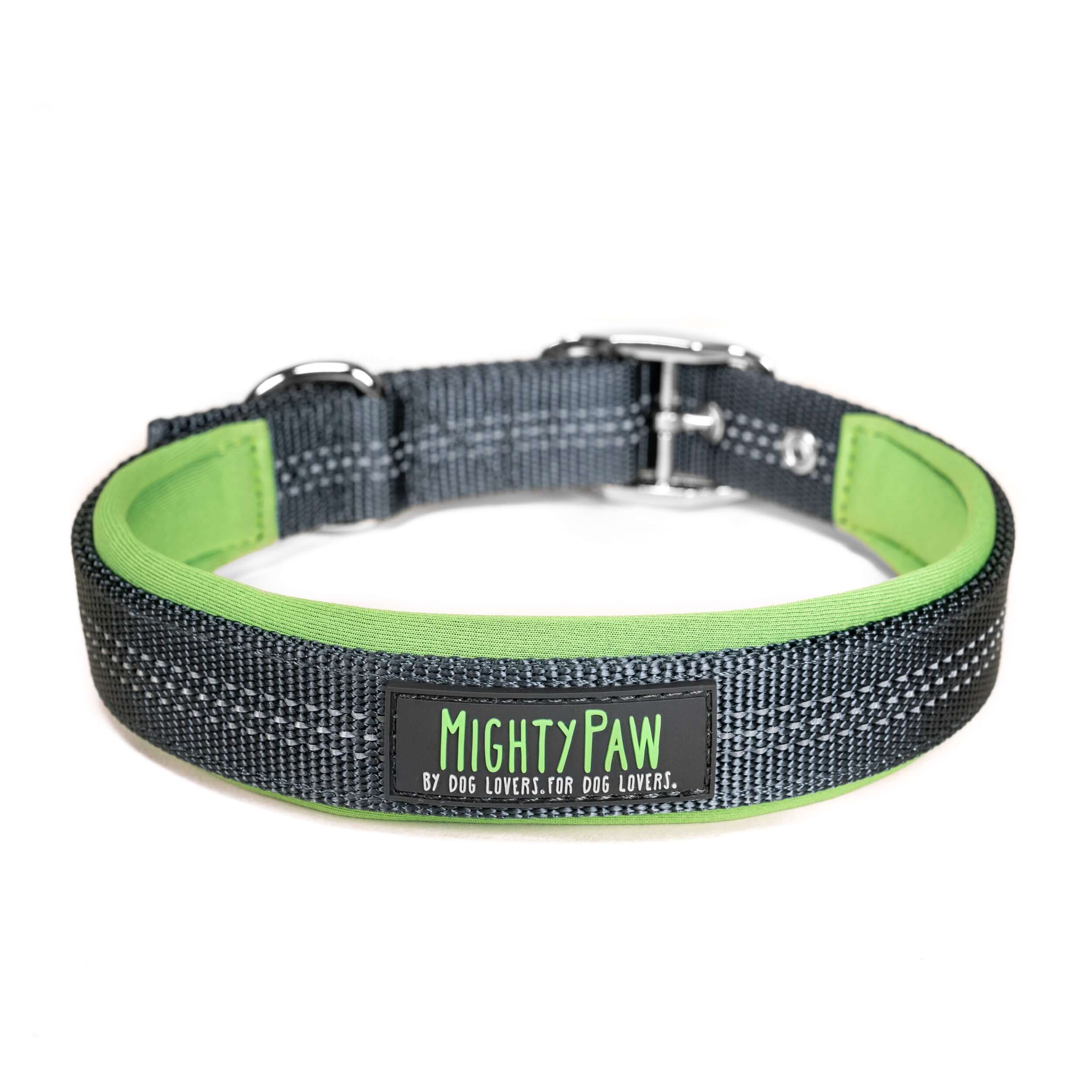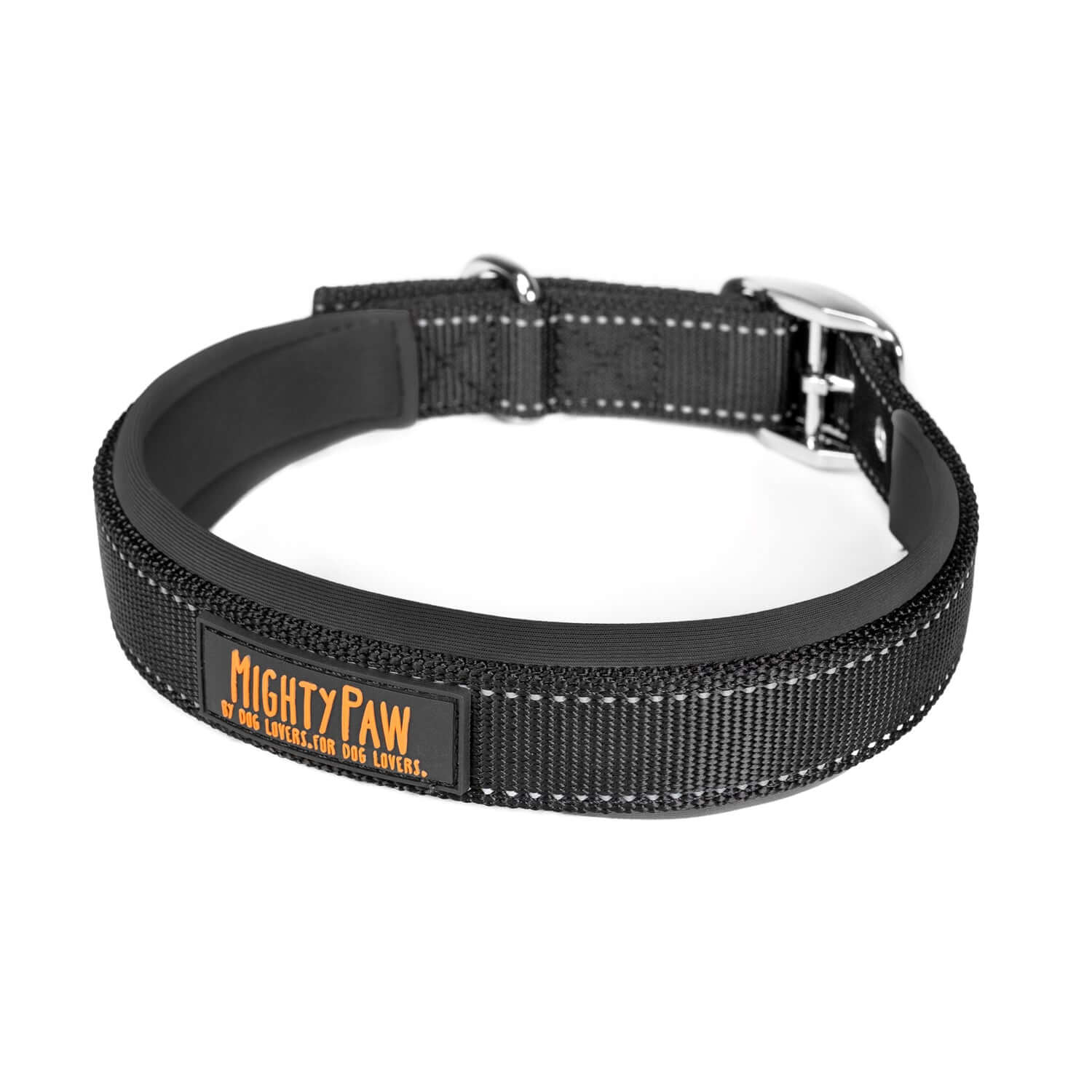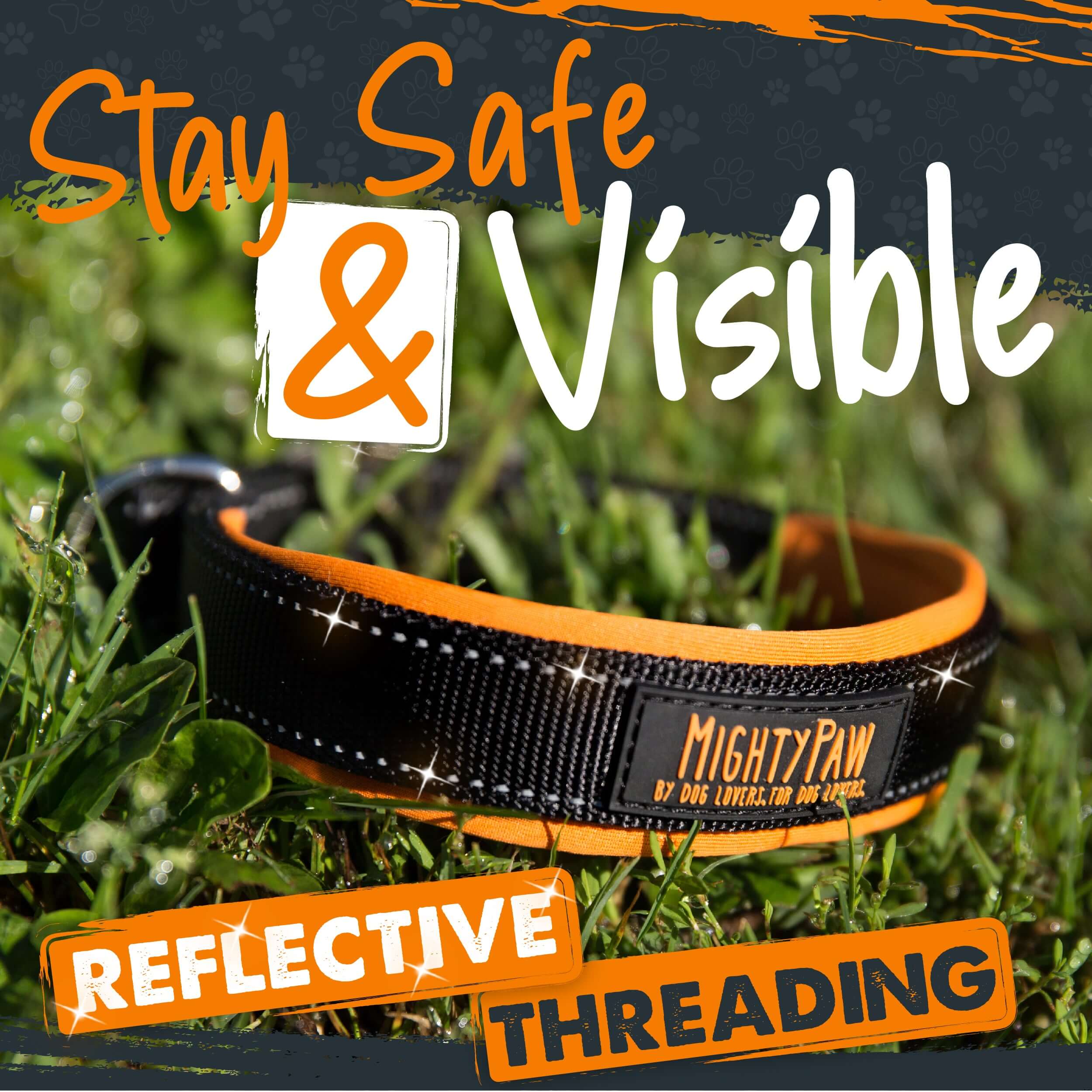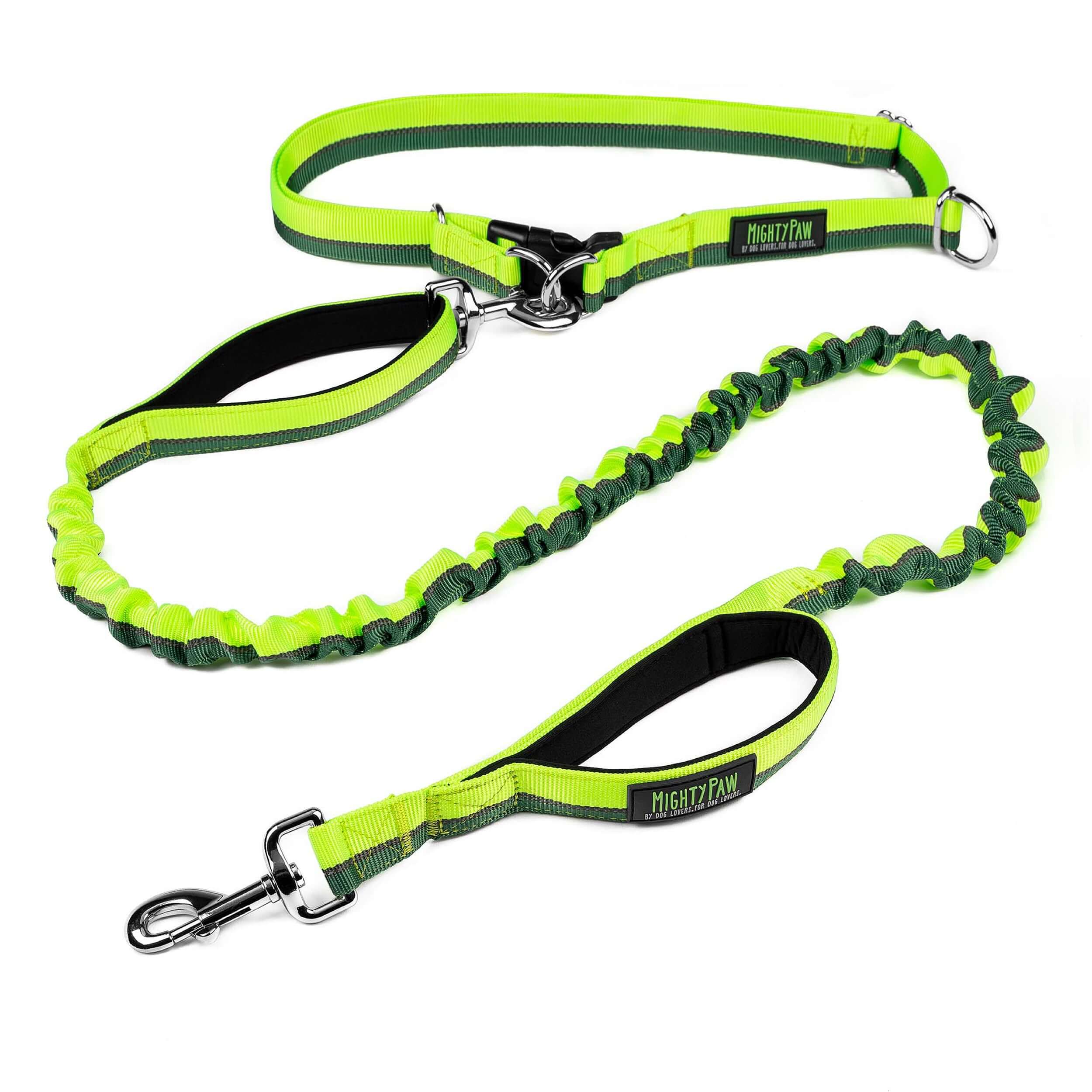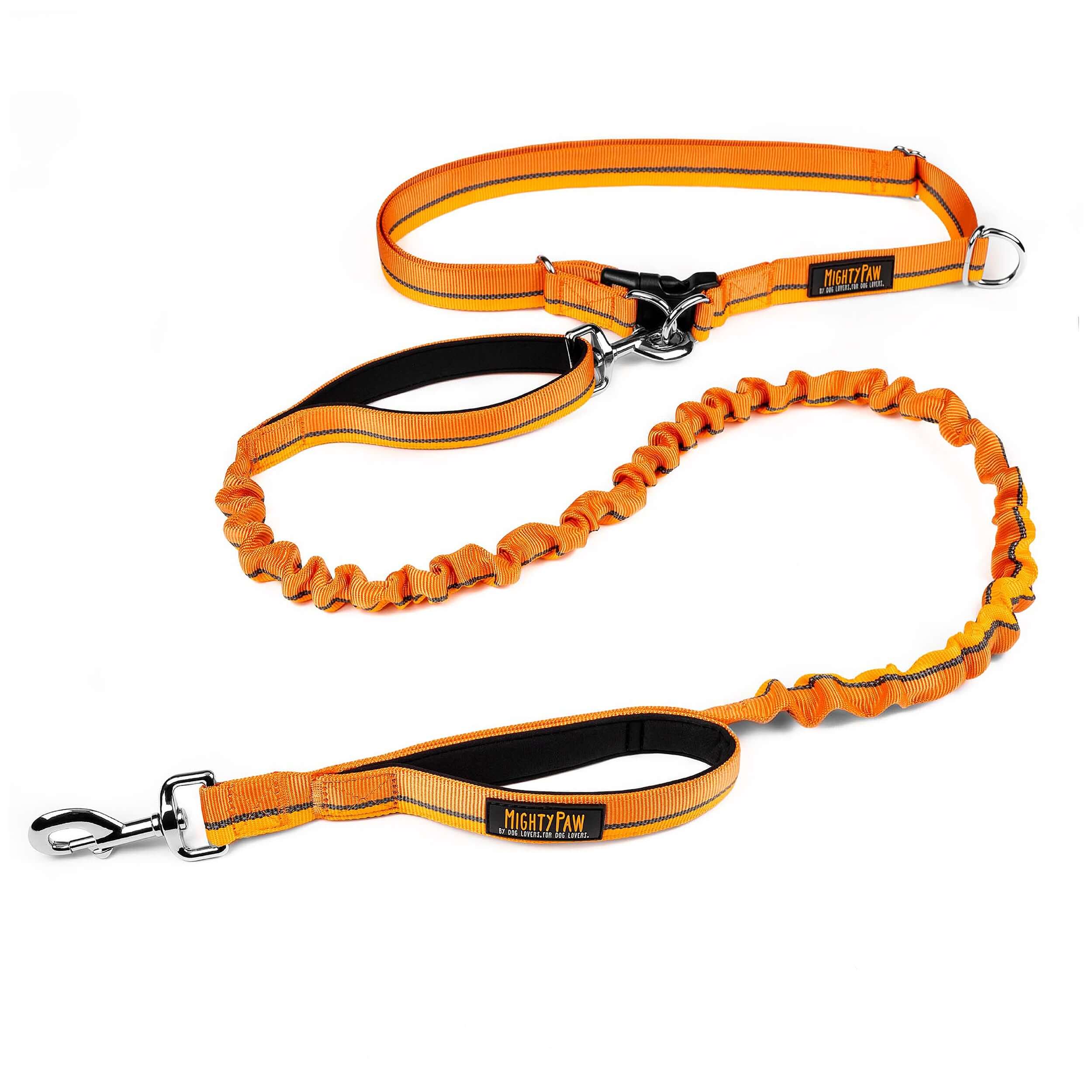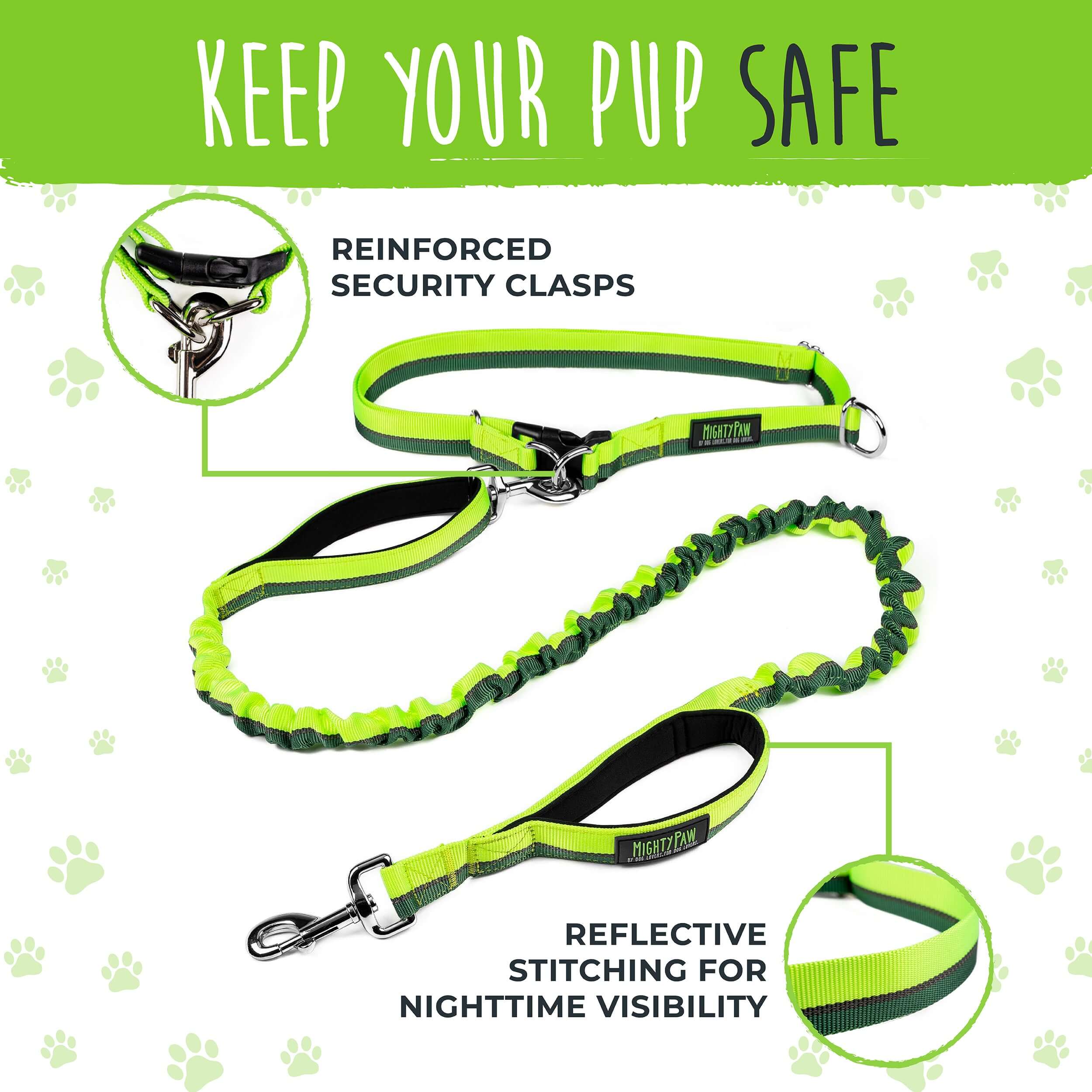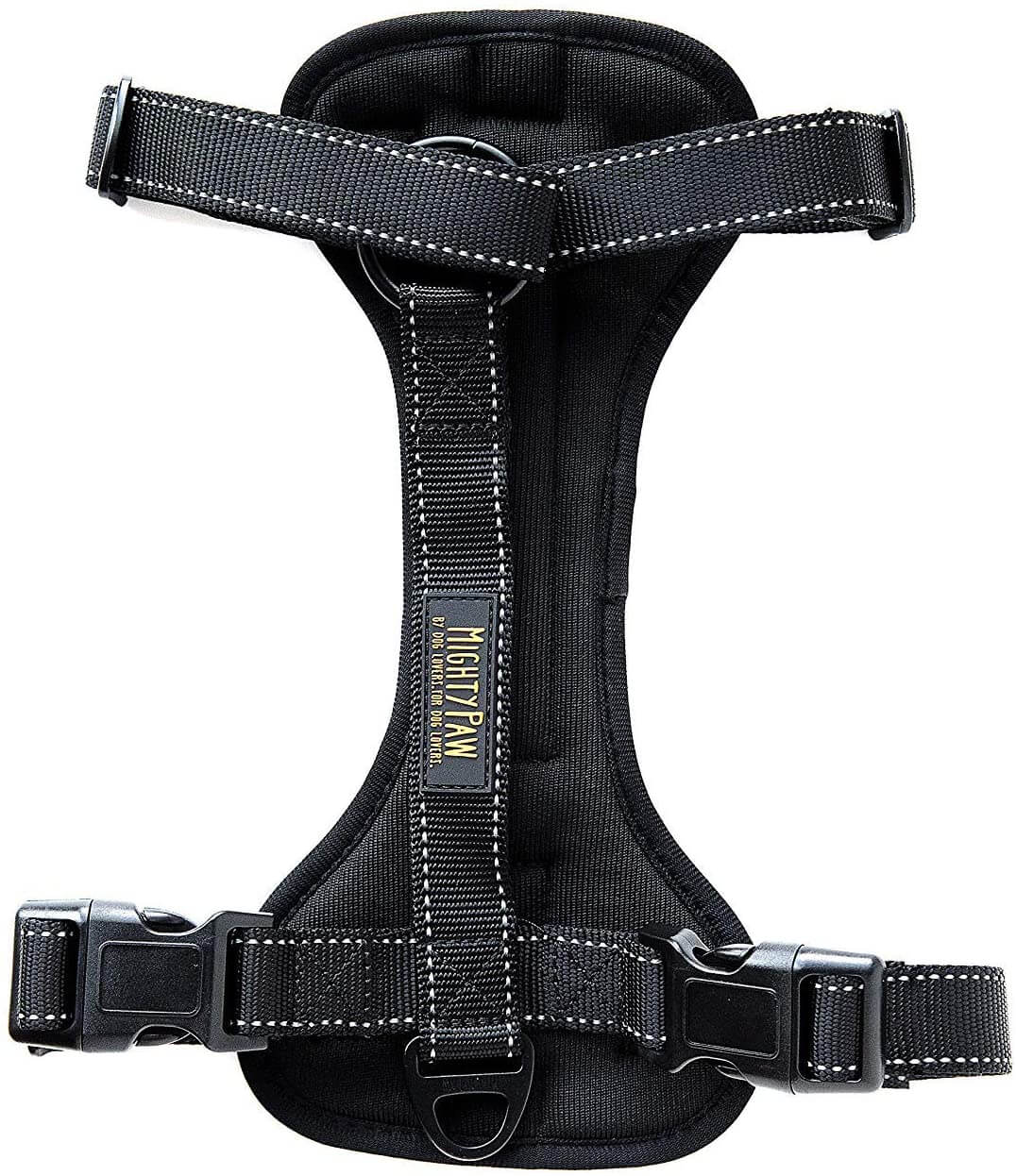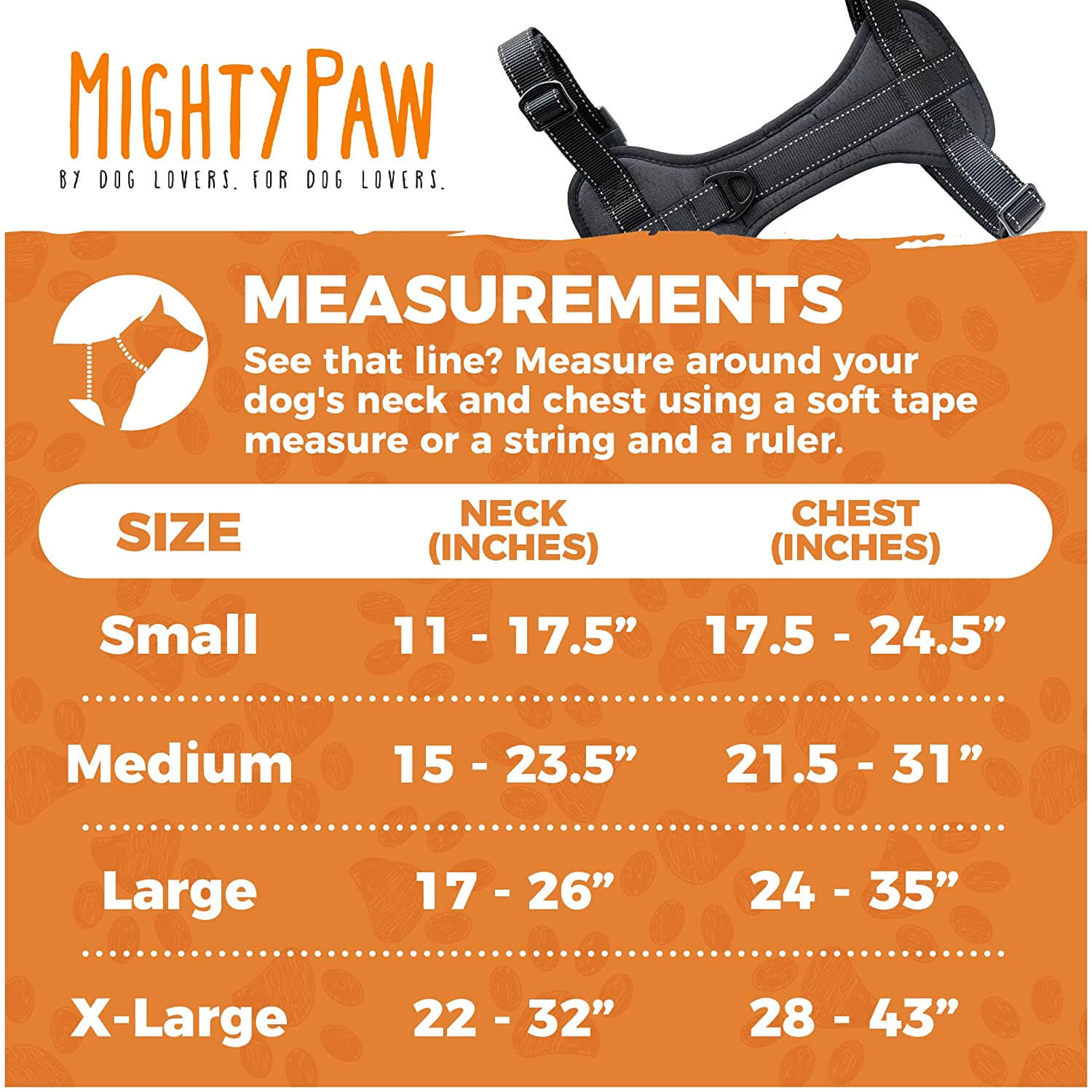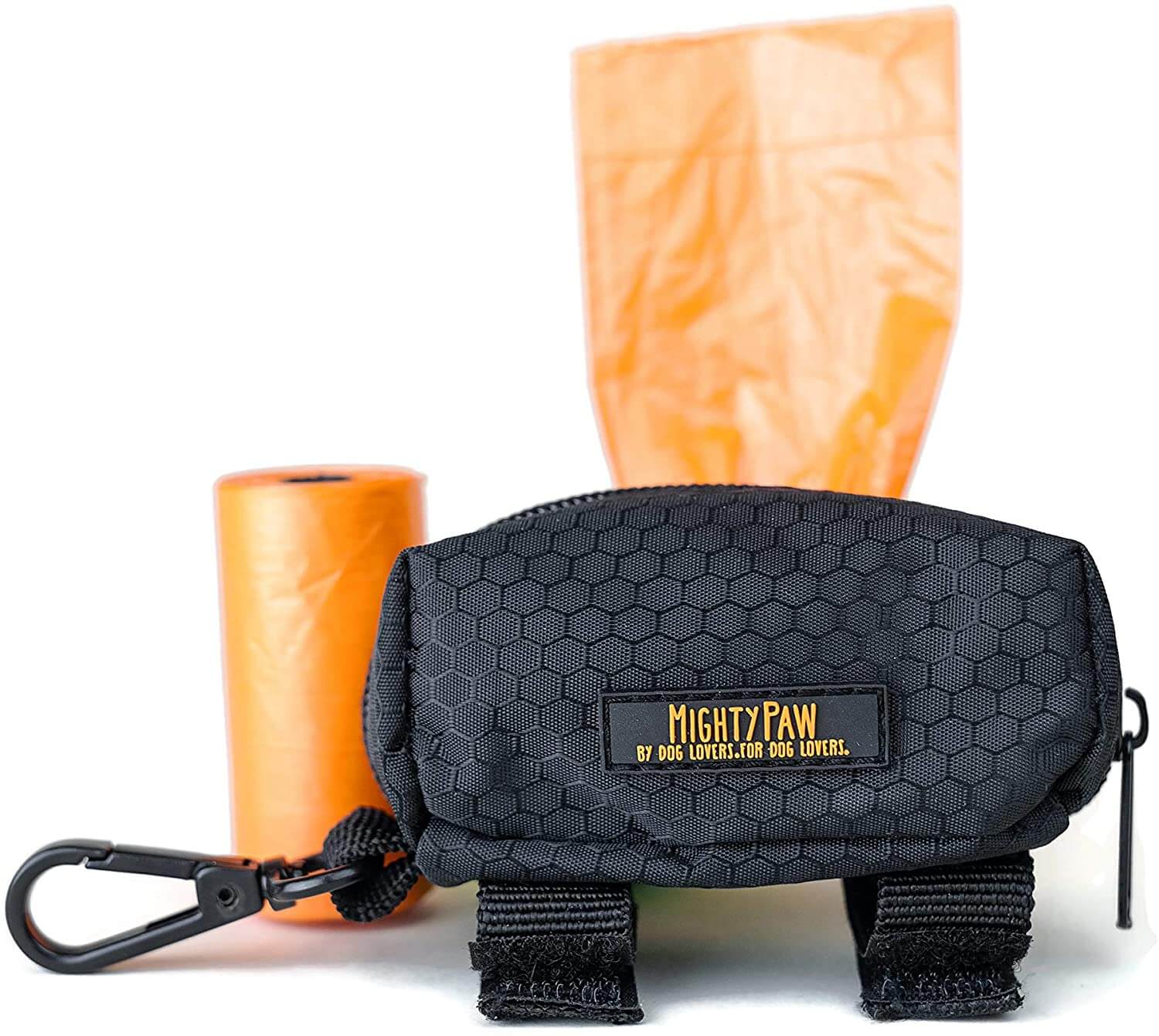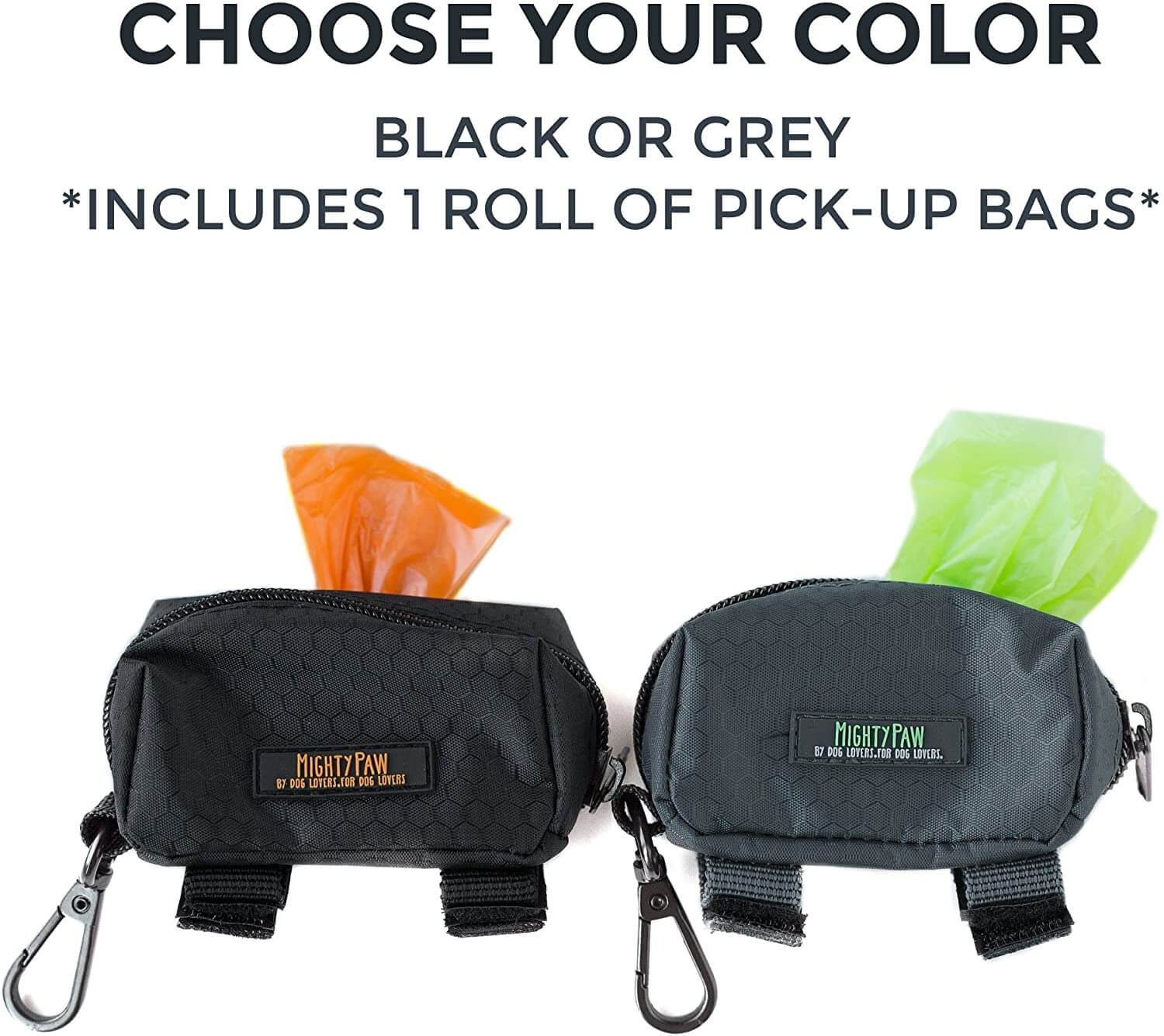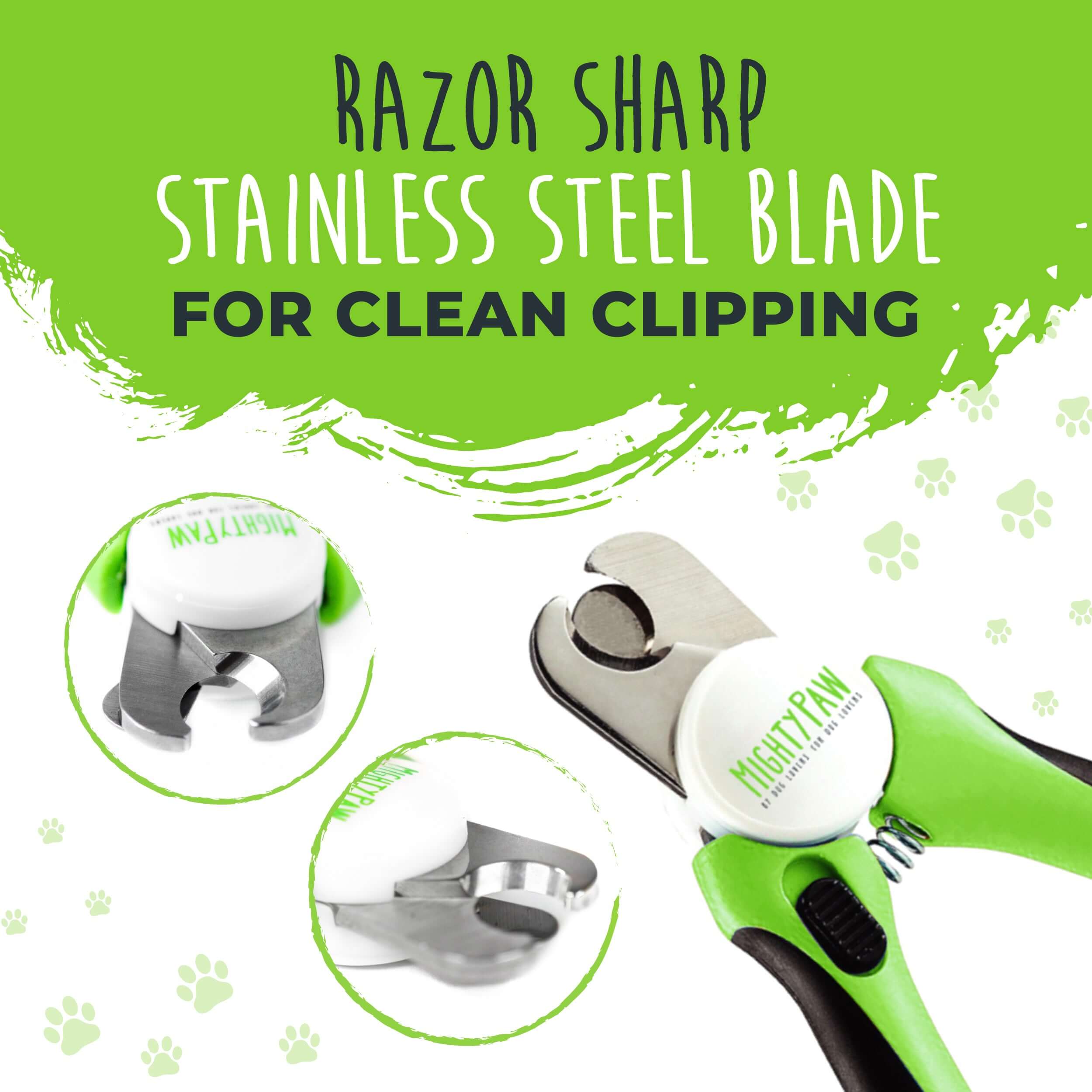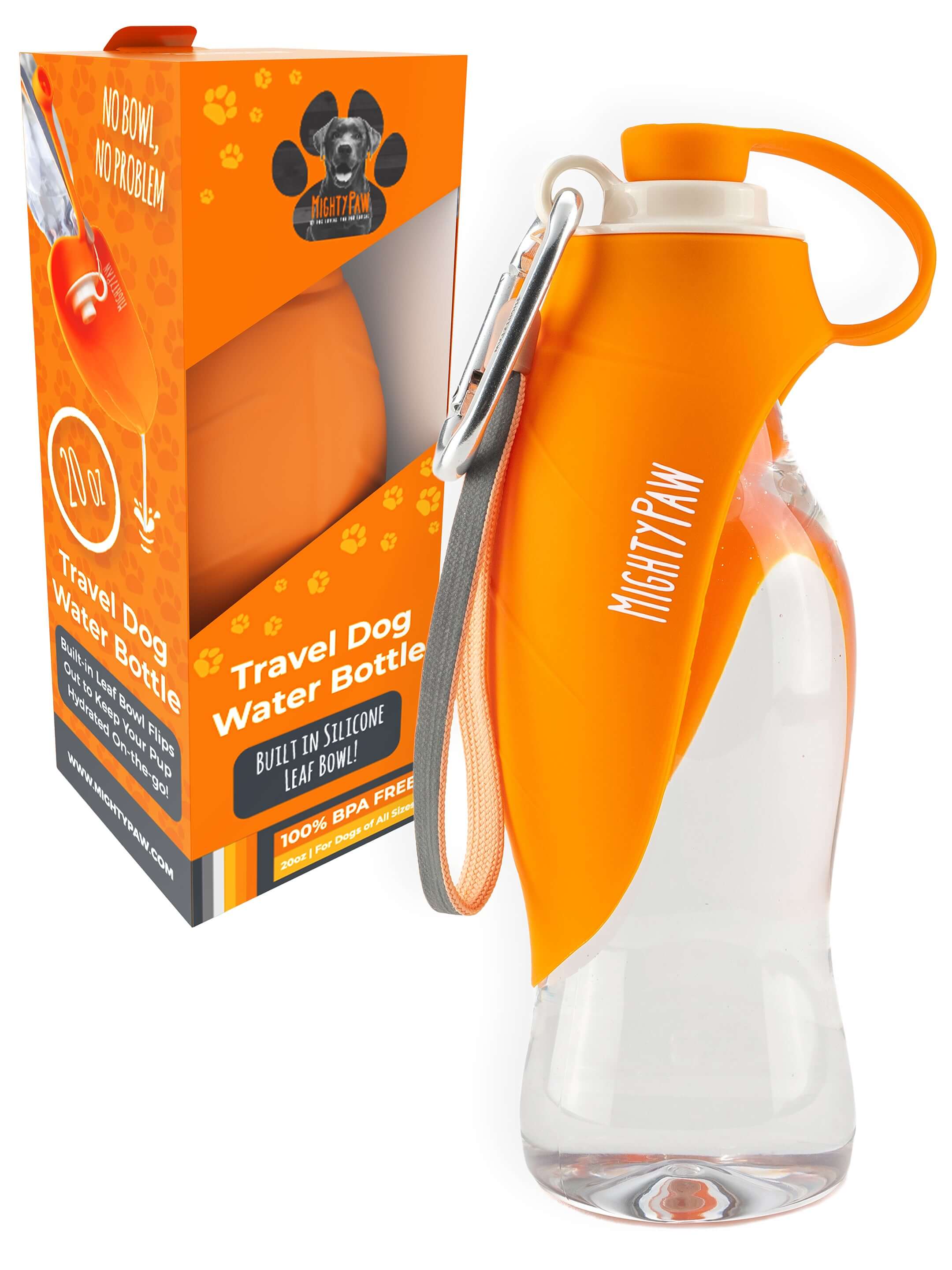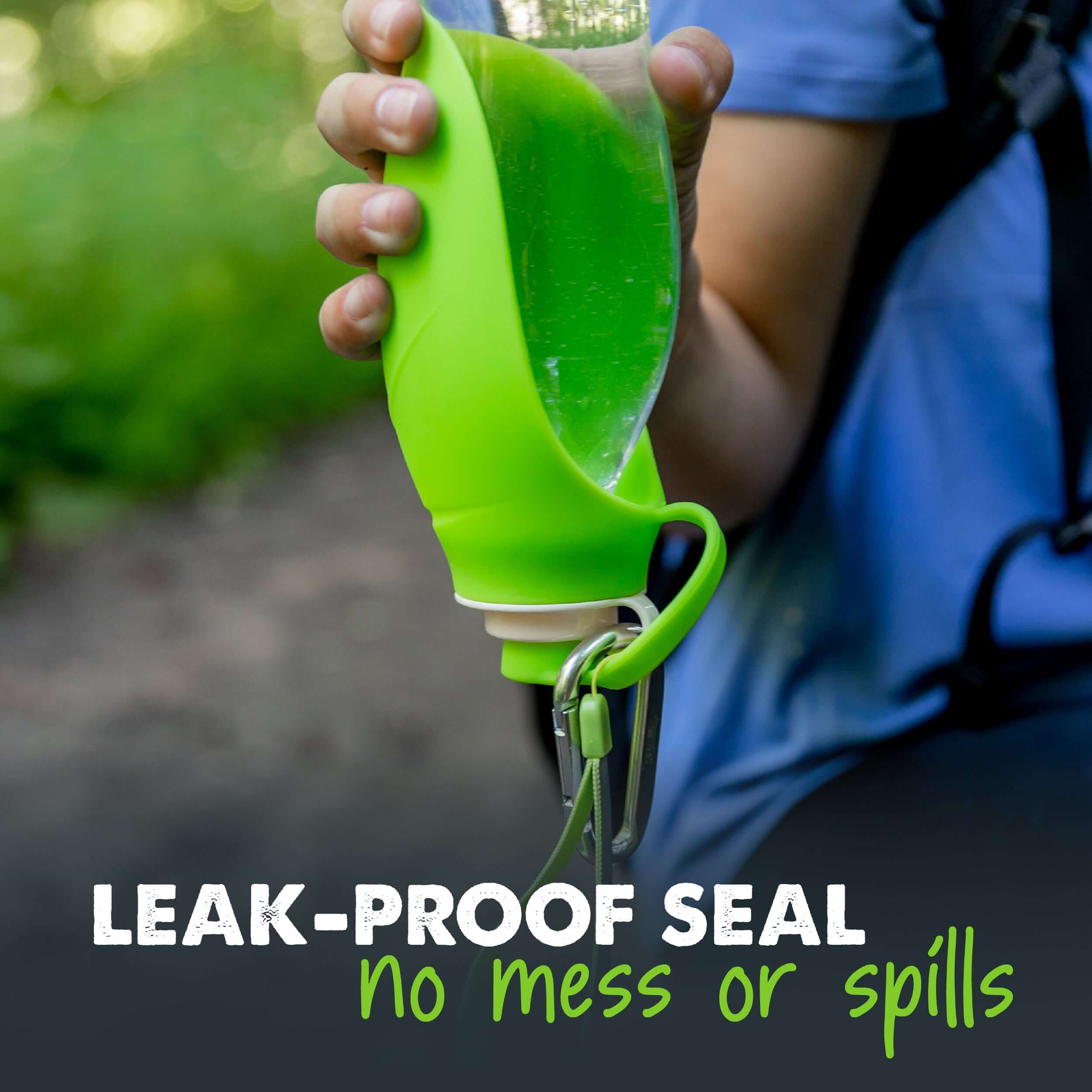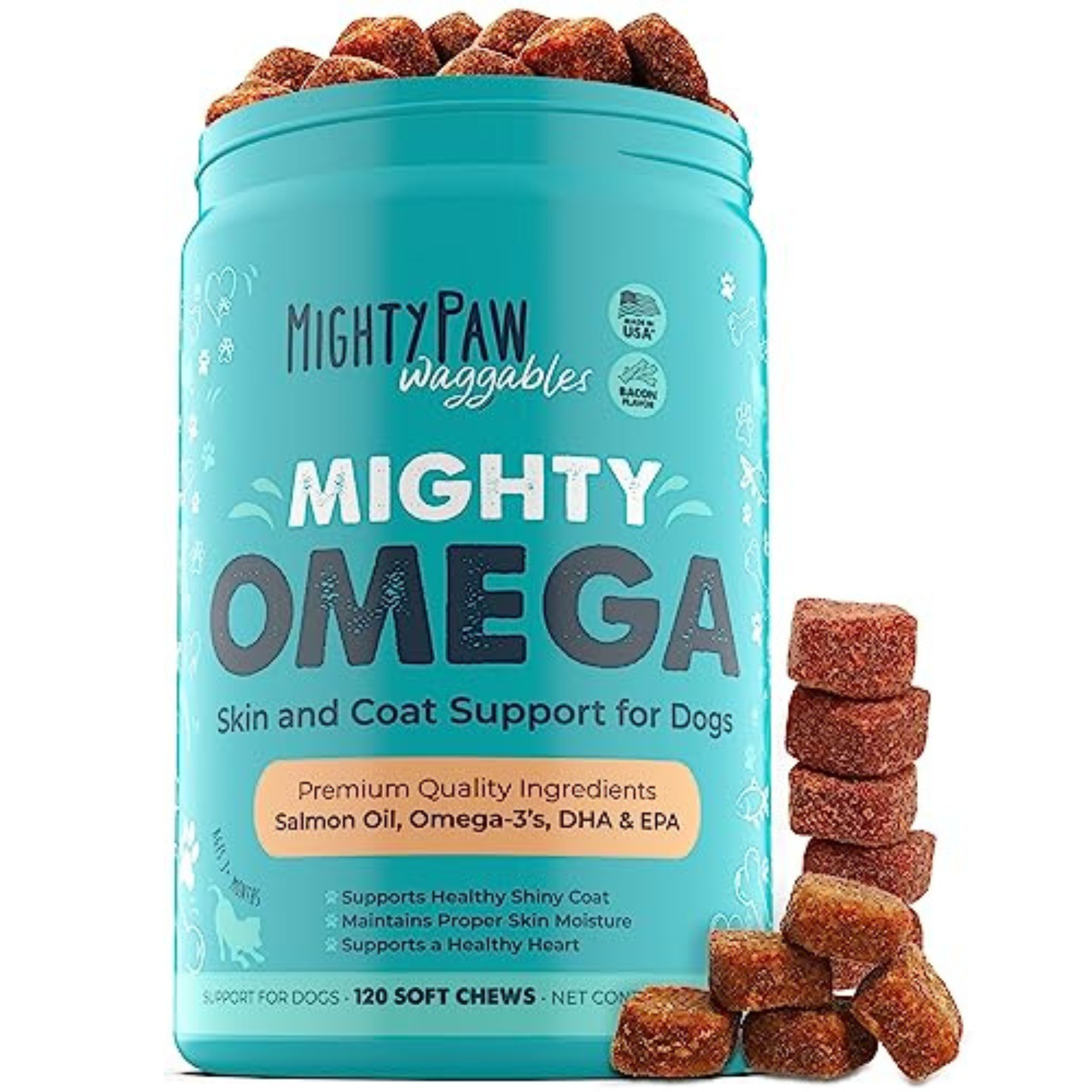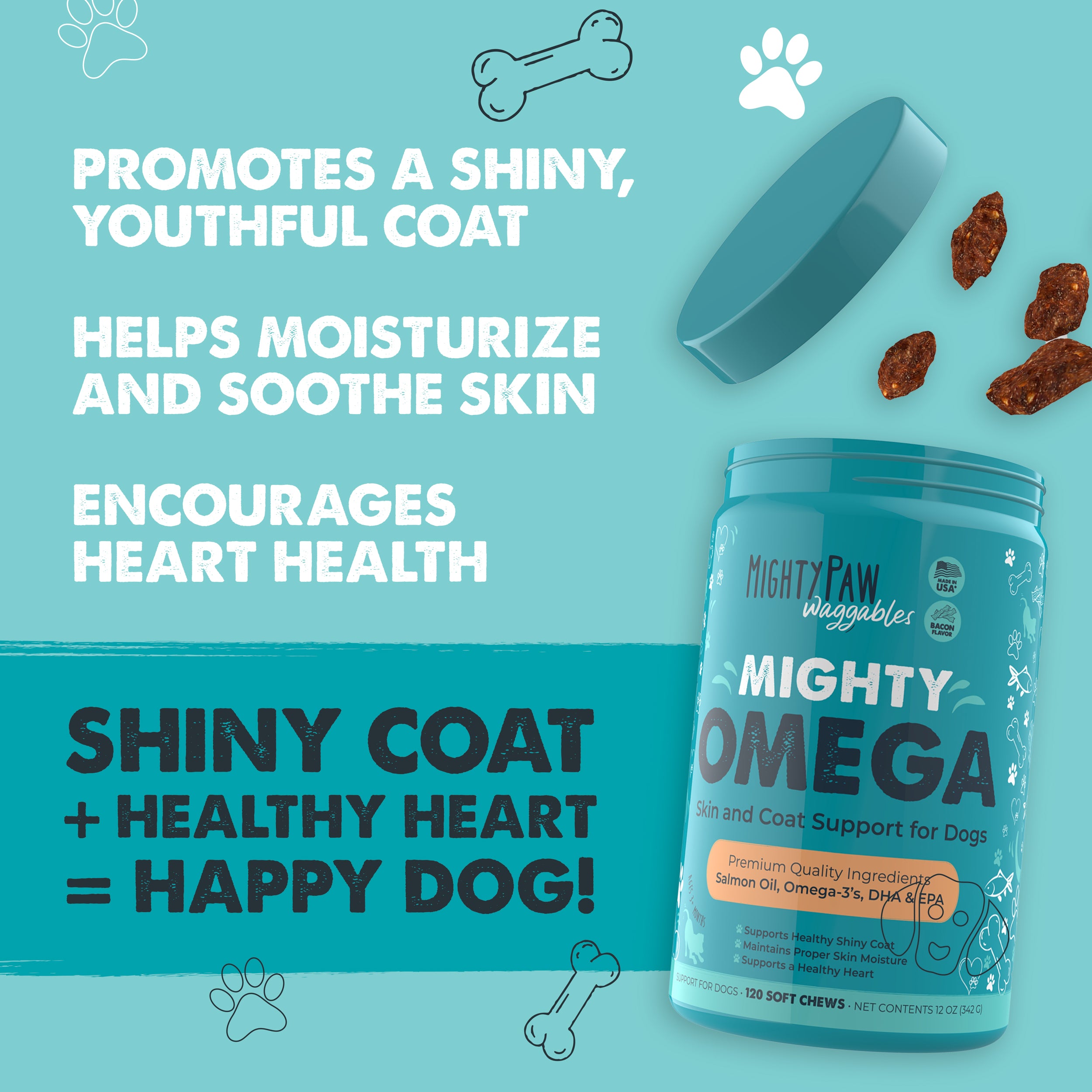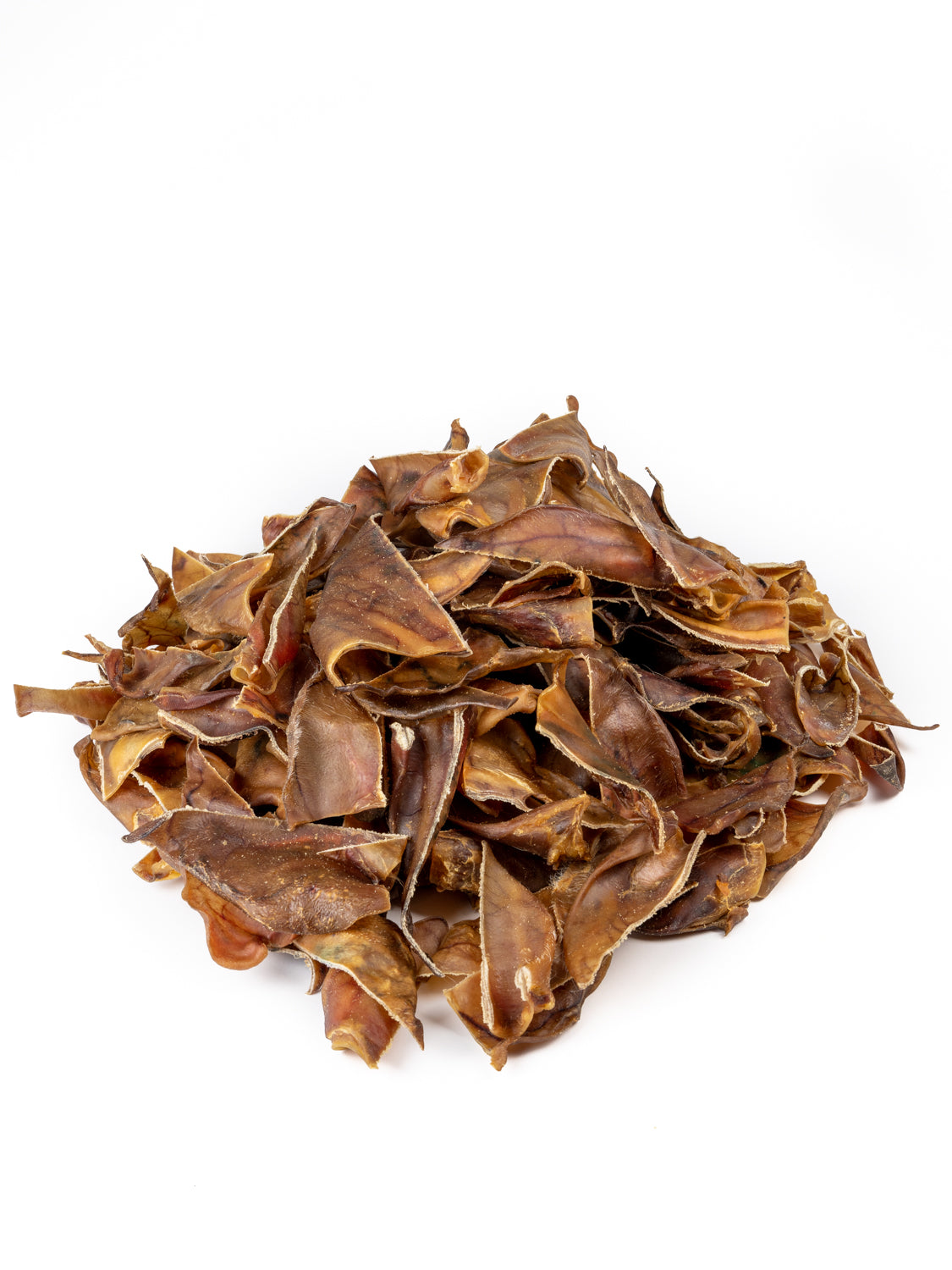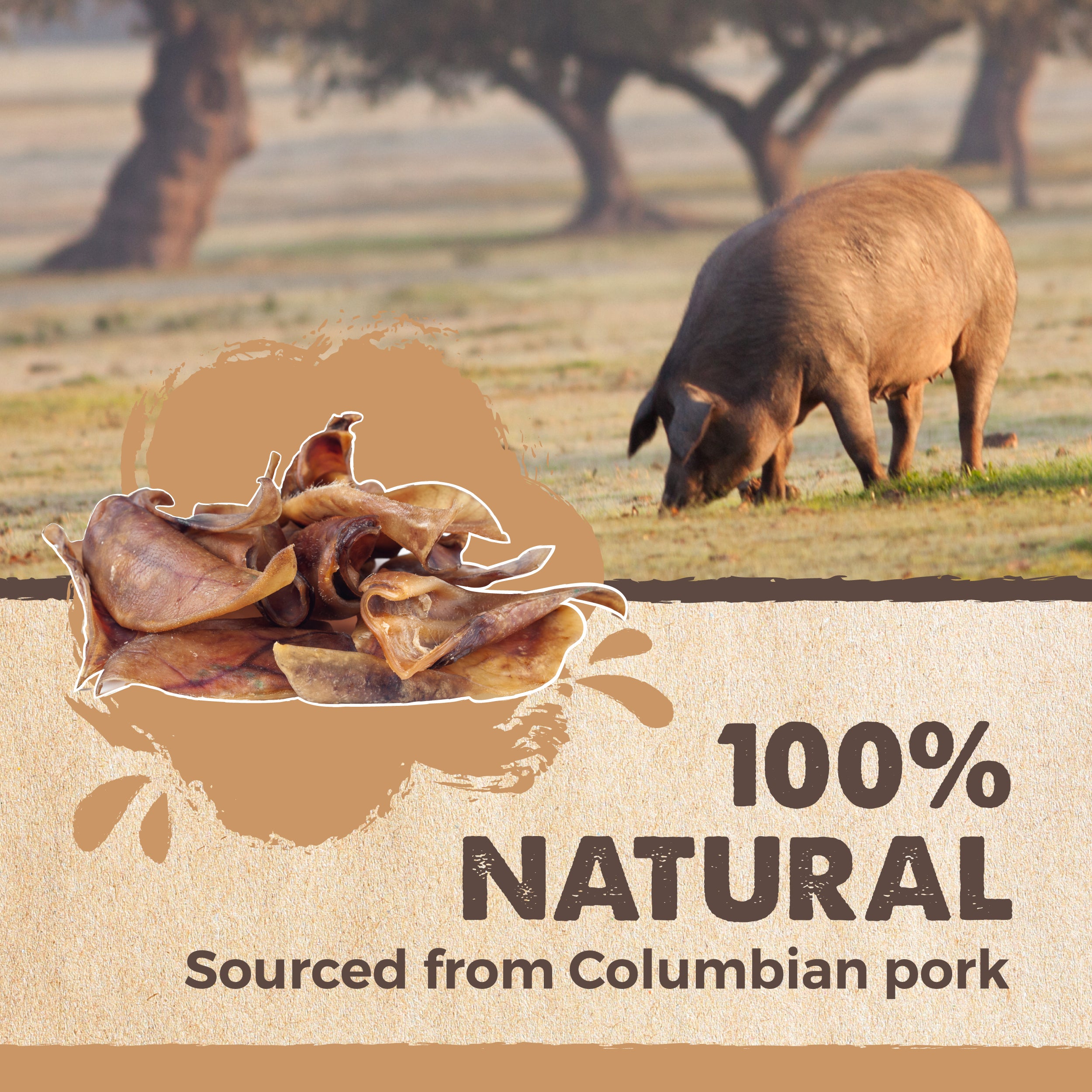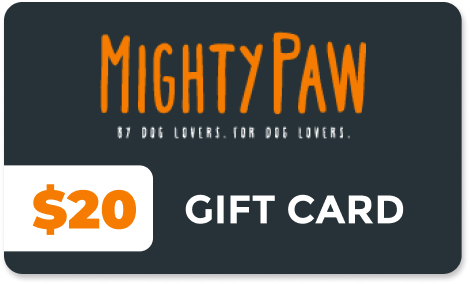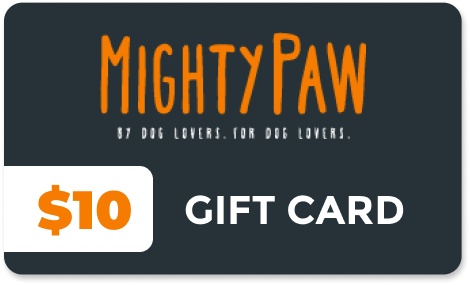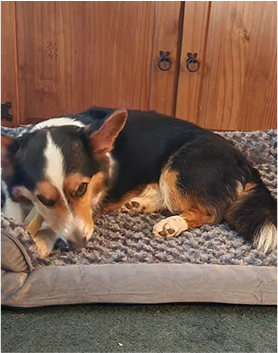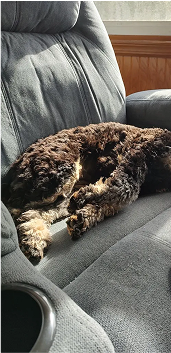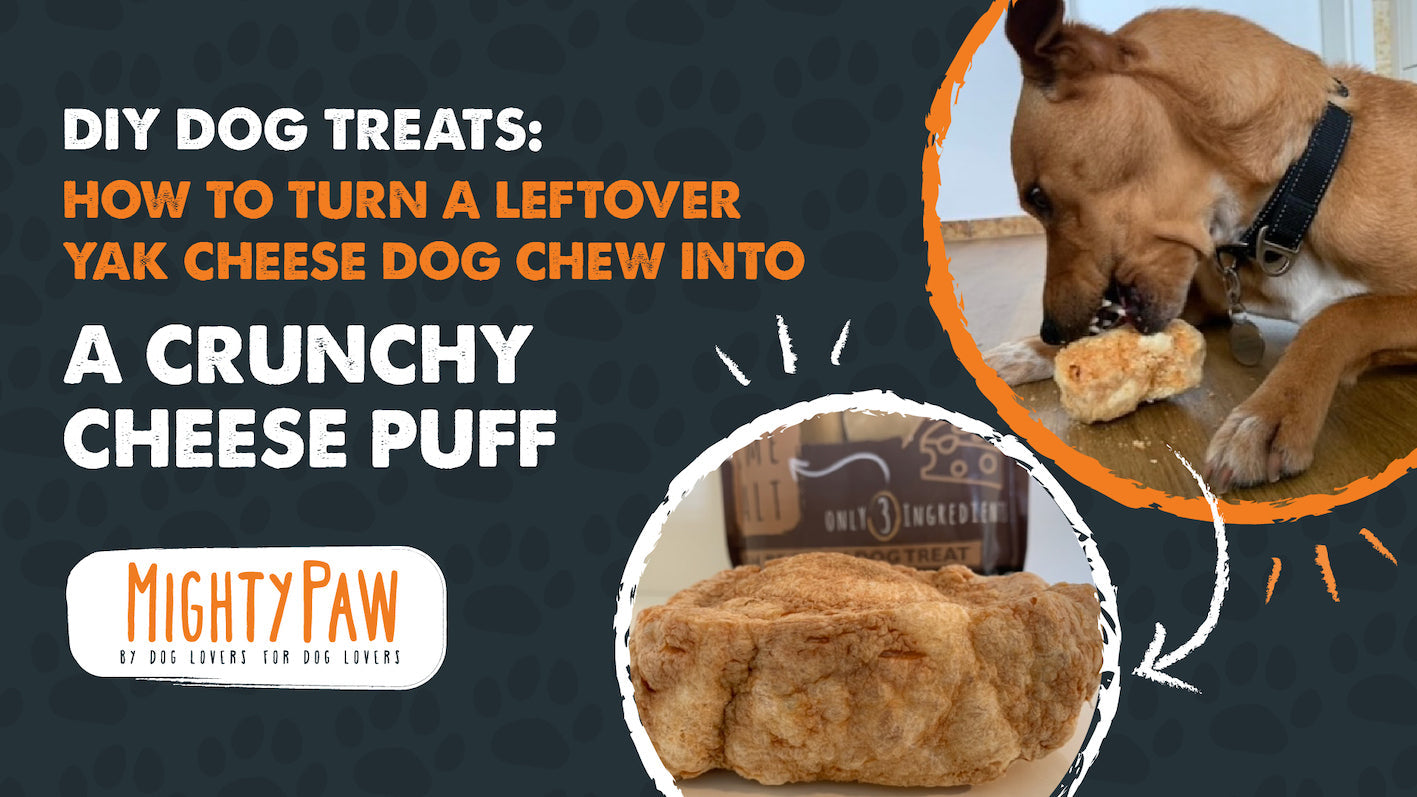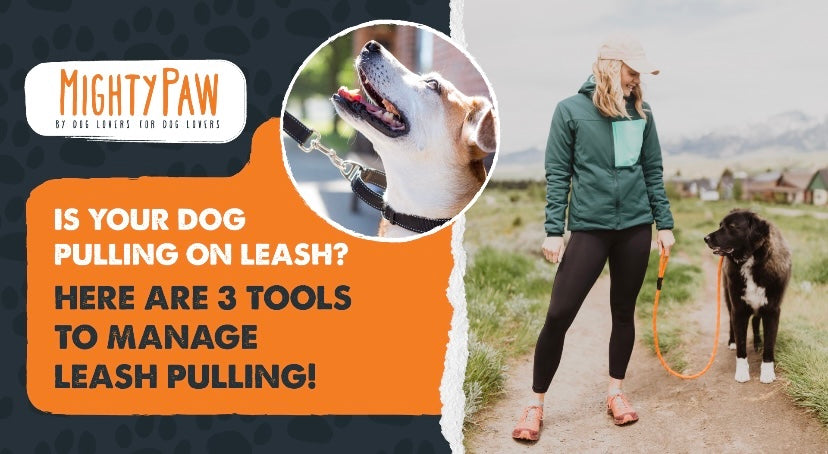If you're reading the guide, you’re likely either preparing for a puppy or you already welcomed a little fluff ball into your life!
Either way, you’re up for an exciting, yet also challenging time.

The good news is that you came to the right place because our guide is jam packed with lots of helpful information, resources and knowledge for your puppy journey.

And don’t you worry, we speak/write from experience because all of us here at Mighty Paw have successfully raised at least one puppy or two, including litter mates!

That said, we cover everything from how to prepare for your puppy, what to expect of your puppy’s first day at home to important puppy vaccinations, different types of puppy food, training and socialization tips, average puppy costs and so much more.
For a complete overview of the different sections in this blog post, please see our table of contents below:
| What Will I Learn? | |
|---|---|
| Puppy Basics | Different breeds, adopt vs shop, first year puppy costs |
| Bringing Your Puppy Home & Puppy’s First Day/Night At Home | Puppy essentials, introducing puppy to home & resident pets |
| Puppy Vet Visits | Core vaccinations, microchipping, medical dog insurance |
| Add On Puppy Accessories | Everything you need for your growing puppy |
| Puppy Training | Potty & bell training, crate training, basic puppy commands, leash walking |
| Socialization | Who, what and how, what about dog sports? |
| Your Puppy Support System | Family, neighbors, dog walkers, day care, dog door yes or no? |
| The Ultimate Puppy Guide | The rundown |
| Mighty Paw Resources | Products mentioned throughout this article |
| Related Reading | Link to similar topics you may find interesting |
The Ultimate Puppy Guide: Essential Checklists, Proven Hacks & Puppy Training Tips

Puppy Basics
Which dog breed are you interested in?
First things first, let’s talk about the dog breed you’re thinking about bringing home with you. Or maybe you’re open to a little mutt?
Either way, this is an important decision to make because your puppy is going to grow into an adult pup and be with you for a LONG time, so please don’t take this lightly.

Here’s the thing - different dog breeds have different requirements and needs in order to thrive and grow into a balanced adult pup who’s a pleasure to be around, most importantly:
- Physical exercise
- Food
- Grooming
A German Shepherd, for example, has considerably more physical exercise and grooming needs than an English Bulldog. He’s also going to be eating a lot more.
But you also have to consider the following:
- Space requirements
- Vocal factor
- Slobber factor
- BSL (Breed Specific Legislation)
Likewise, a grown Great Dane takes up a lot more space in your home (and bed and car!) than an Australian Shepherd. The Dane is also going to have a much louder and deeper bark than his Aussie counterpart. Additionally, you’ll be dealing with a lot more slobber from a Great Dane than from an Australian Shepherd. Then again, the Dane is easier to groom than the Aussie!

Another aspect to consider is that some dogs are more stubborn and free-spirited, hence difficult to deal with, than others. For example, Akitas and Huskies, but also Belgian Malinois, English Bulldogs and Rhodesian Ridgebacks to name just a few.
These breeds need experienced handlers and don’t make a good first-time companion dog, at least not without professional guidance from reputable breeders or trainers.
In a nutshell, dogs have varying levels of temperament as well as different degrees of exercise, grooming, and space requirements as they grow into adult pups.
That’s why you’ll want to think about how a specific dog breed is going to fit into your lifestyle before you bring them home with you.
Also be aware of the fact that it can be difficult to predict what a little puppy mutt will look like once they’re grown, including their size and coat!
Be honest with yourself as you answer the following questions:
- How active am I? Would I prefer a dog to run with on a daily basis or am I more of a couch potato? Can I envision spending most weekends on hiking trails and agility trials, or would I rather hang out in the yard and only go for a few slow paced walks?
- How much time do I have for my new pup(py) between work and my family and/or partner, and are they on board and willing to share the responsibility of dog ownership?
- Do I have the space to accommodate my new dog as they grow into their adult bodies? Is my car large enough? Does my apartment complex, landlord or HOA allow certain breeds? Keep in mind that BSL, breed specific legislation, is a thing and discriminates against certain breeds. For example, German Shepherds, Rottweilers, Chow Chows, Dobermans, American Pit Bull Terriers, Mastiffs and others.
Additionally, before you go out and bring a puppy home on a whim, be sure to talk it through with your partner and family unless it’s going to be just you.
It happens way too often that people bring home puppies that have to be returned because their families or partners weren’t interested in them.
Should I adopt or shop for my puppy?
Now that you’ve done some thinking about the kind of breed you’d like to bring home with you, you’ll have to figure out whether you want to adopt from a rescue or shop from a reputable breeder.
If you decide to go the breeder route, we strongly suggest that you stay away from backyard breeders and puppy mills. Neither have the best interest of the puppies (or you!) at heart and are only in the business to make a quick buck.
There are pros and cons to both options, and neither one of them is right or wrong. It simply depends on your personal preference (and budget).
Pros & cons of adopting a puppy:
- You’re making a difference in a dog’s life by saving them from a shelter or rescue organization.
- The adoption cost is much lower than the price you’d pay at a breeder’s.
- You likely won’t find out any history of the puppy’s parents, including potential health and temperament issues.
- It can be difficult to find a purebred puppy of a specific breed at a shelter. Even breed specific rescue organizations don’t always have puppies available for adoption.
Pros & cons of buying a puppy from a reputable breeder:
- It’s fairly easy to find a reputable breeder of a specific dog breed.
- However, you may have to travel to a different state.
- You’re getting a healthy puppy with a pedigree including health and temperament information about both parents.
- You’re signing a contract that states that you can return the puppy to the breeder in case you no longer find yourself able to care for them.
- You’ll be spending hundreds or even thousands of dollars for your puppy, depending on the breed.
- Expect to be placed on a waiting list. Reputable breeders rarely have puppies available for sale at the precise moment you’re looking.
How to find a reputable breeder:
One way to go about it is to ask dog trainers or veterinarians for recommendations.
You can also attend dog shows and talk with dog owners there - everybody loves to talk about their dogs, so you’re likely going to get some really good recommendations there!
If you prefer to search online only, check out the AKC (American Kennel Club) Marketplace for puppies or the AKC Breeder Referral Contacts.
Once you have a few names and website addresses, check them out online and read as much as you can find out about them.
This includes their:
- About section
- Pictures of sires and dams (the parents) and previous litters
- Testimonials and social media presence to look into/up
- Information about the breeder’s genetic health testing
- Puppy placement application
Next, pick up your phone and give them a call! Don’t be put off if you can’t reach them right away, but be sure to leave a voicemail and ask them to return your call.
Once they do, pay attention to how knowledgeable they appear. Also, are they genuinely interested in finding out more about you and your interest in their specific breed? Great!
Expect to answer questions that might appear nosy, but bear in mind that the breeder is looking for the right forever home for their puppies.
If they don’t, thank them for their time and move on.
Once you’ve decided on a place, you should be able to visit it.
Pay attention to your first impression of the place and also listen to your gut feeling.
Besides that, do the dogs you see there appear to be well taken care of and in good health? Is the whelping area clean and well ventilated?
You get the idea. If any red flags pop up or your gut feeling is off, walk away and look for a different breeder.
Tip: Once you’ve decided to buy a puppy from a specific breeder, tell them that you’d like to leave a piece of your clothing with the puppy before you come and pick them up. This could be a t-shirt, for example. Your puppy will get used to your smell and have an easier time getting used to their new surroundings once they’re home with you.
Ready to tackle another important but oh so touchy topic? Let’s do it!
How much does a puppy cost me in their first year?
We already mentioned that one of the cons of getting a puppy from a reputable breeder is their price tag, but of course you’ll have to factor in the maintenance cost of your puppy too!
You’ll be dealing with that part of the puppy equation regardless of whether or not you’re buying from a breeder or adopting from a shelter.
To get a better understanding of what you can expect cost-wise in your first puppy year, we went ahead and created a list of what we consider to be realistic expenses.
Remember, we’ve spent that kind of money on raising our own puppies:
- Adoption fee or breeder price tag: Between $100 - $5,000
- Vet costs: Between $500 - $1,000
- Collars, leashes and harnesses: $300
- Accessories like bowls, beds and toys: $200
- Food and training treats/chews: $1,200 - $1,500
- Puppy training classes: $160 - $400
So on average, your puppy expenses will be somewhere between $2,460 - $8,400 in your first year.
Optional add-on expenses:
- Pup(py) rent and/or (non-) refundable deposits if you’re renting: $240 - $480 (rent) & $100 - $300 (deposit)
- Dog license (not required everywhere): $20 - $40
- Grooming visits: $300 - $600
- Medical insurance: $220 - $600
- Dog walkers, pet sitters or day care: $200 - $600
The exact cost is not only going to depend on the size and the breed of the puppy, but also on your specific lifestyle and the geographical location, especially as far as vet costs are concerned.
Generally speaking, the cost of vet care is less expensive in rural areas than it is in urban areas.
Understand that you’ll be buying multiple collars, leashes and harnesses during your puppy’s first year as they continue to grow.
Generally speaking, your dog expenses increase with the size of your dog. Of course there’s an exception to that rule if you decide to purchase an expensive toy designer breed!
Phew, that was a lot to take in, right?
Still interested in bringing a puppy home with you?
Then let’s move on to the next and possibly one of the most exciting days of your life - bringing your puppy home and your first day and night with them!
Bringing Your Puppy Home & Puppy’s First Day/Night At Home
OK, now that your puppy is at least 7- 8 weeks old and can be separated from their mother and siblings, it’s puppy pick up time!!!
It’s more than likely that you’re going to bring your puppy home in a car, so here’s our best advice for that scenario:
- Resist the urge to hold your puppy in your arms or on your lap. We know they’re oh so cute, but they can also be very sneaky and quickly wiggle their way out of your arms or off your lap, which would be a huge distraction and possibly cause an accident.
- Instead, secure them in a crate on your backseat or have them wear our Vehicle Safety Harness and buckle them up with our chew proof dog seat belt or our headrest dog seat belt.
- It’s possible that your puppy may throw up in your car, especially if it’s a long car trip home with your new puppy. If your puppy’s traveling in a crate, line it with a towel beforehand. That way all you have to do is throw the soiled towel into the wash. If your puppy’s buckled up on your backseat, line the area they’re sitting/lying down on with a towel.
Tip: Our headrest seat belt can also be used as a leash!
Important advice: Never clip your pup’s seatbelt to their collar. Instead, clip it to the back leash attachment point on their harness.
Once you pull up into your driveway, don’t forget to let your puppy go potty before they come inside your home.
Walking and sniffing around is a natural way for dogs to explore new areas, and it will make the transition into your home much easier on them.
If they’re younger than 16 weeks and haven’t had their third round of puppy shots yet, it’s safer not to let them walk in public areas where they could easily pick up illnesses like distemper, parvo, leptospirosis, parainfluenza and hepatitis.
So until then, avoid dog parks and busy trails and hiking areas.
You’ll find more information on this topic in our section on “Puppy Vet Visits”.
Instead, try to take them to an area that’s not frequented by a ton of people and other (unvaccinated) dogs and let them go potty there. If you have a front or a backyard, that would be a great option too.
Preparing your home for your puppy’s arrival
If we had to sum this section up, we’d offer these 2 pieces of advice:
→ Buy everything you need before your puppy walks through the front door and don’t leave tempting things laying around on the ground.
Let’s start with the latter.
By tempting things, we mean everything that’s small enough to (partially!) fit into a curious puppy mouth!
This includes, but is not limited to:
- Cables
- Socks
- Shoes
- Kids toys
- Books
- Magazines
- Money
- Artwork
- Pens
- Hair ties
- Jewelry
- Candy
- Batteries
- Matches
- Lighters
- Decorations
Also keep the following out of your puppy’s (and adult dog’s!) reach - all are harmful/poisonous when ingested:
- Chocolates, especially the dark kind
- Coffee and alcohol
- Certain plants like Lilies, Aloe Vera, Dumb Cane aka Dieffenbachia, Elephant Ear aka Caladium, ZZ plant aka Zamioculcas, Asparagus Fern and Sowbread
Additionally, make sure that all trash cans are out of your puppy's reach.
The best way of making sure that there’s nothing loose on the ground is to drop down on all four and inspect the ground from your puppy’s perspective. Make sure to check under couches and beds as well.
If you have kids, this is actually a fun way of involving them in preparing for their new furry friend’s arrival. You could turn it into a little treasure hunt of sorts for the whole family!
Next up, here’s our list of puppy essentials you’ll need on day one:
- Crate/crate pad and bed
- Baby gate or large box
- Food
- 2 bowls
- Collar and leash
- Enzymatic cleaner
- (Chew) toys
The Crate/Crate Pad And A Bed
The ideal set up for a puppy is their very own crate and bed.
They can sleep in the crate at night and hang out in it whenever you can’t actively supervise them. You can alternate between placing the bed into the crate and setting it up in a central spot in your home.
If you’d rather leave the bed out of the crate, you’ll have to line the crate with something else your puppy can sleep on. This can be a soft crate pad or a towel or blanket.
When you buy your puppy’s crate, it’s important that it has the right size, meaning your puppy needs to be able to comfortably stand, turn around in, and stretch out in it.

It shouldn’t be much larger than that because that would be an invitation to eliminate in one corner and sleep in the other.
Thankfully, there’s a smart hack that ensures you won’t have to buy multiple size crates until your puppy has grown into their adult body.
What’s that hack? A crate divider!
So when you’re looking for crates, make sure to buy one that’s large enough to accommodate the adult version of your puppy AND that comes with a crate divider.
You use it to block off a certain area of the crate. As your puppy grows, you can enlarge the usable crate area and ultimately take it out completely.
Some people decide not to crate train their puppies because they consider it cruel, and of course that’s everybody’s own personal choice.
However, when done correctly, crate training is the most useful and effective way to potty train your puppy AND helps them feel safe and secure. But more on that later in our crate training section.
We suggest you invest in a comfy bed with a washable cover and would like to stress the importance of the washable feature.
That’s because there’s most likely going to be accidents in the bed, whether that’s a pee, poop or throw up accident, and it’s just so much easier to be able to throw the cover into the wash and be done with it.
Baby Gate or Large Box
You’ll need the baby gate or a large box to block your puppy’s access to certain areas. The easiest way to overwhelm your puppy is to allow them access to your entire home right from the start.
That’s way too much input for your puppy!
Remember, they were just separated from their mom and their siblings and taken out of the only familiar surroundings they’ve experienced so far.
That’s why it’ll be a lot easier on your pup if you gradually introduce them to the different areas of your home.
So keep most doors shut and access to remote areas of your home blocked off for the first few weeks until they’re settled in and developed somewhat of a routine.
Puppy Food
Puppies are weaned from their mom’s milk when they’re about 3 to 4 weeks old.
That means that the breeder or shelter will get them used to solid food by the time they’re sold/adopted.
Which kind of puppy food they’re getting fed depends entirely on their upbringing.
Most shelters and breeders will be feeding kibble (those dry, baked pellets) and/or wet dog food.
However, there are also some breeders who raise their puppies on homemade or raw dog food, which is very healthy when done correctly. Those who do usually ask their buyers to stick with that diet and are more than willing to provide the necessary education.
Regardless of which food your puppy’s been eating, it’s best to stick with the food your puppy’s on for at least the first few days to keep their routine (and poop!) solid.
Feed them 4 meals per day until they’re 3 months old, then decrease it to 3 daily meals until they’re 6 months old. As of then, breakfast and dinner are enough.
Tip: Resist the temptation to free-feed your puppy.
Free-feeding is when you always offer them a full bowl of food. Some dogs have zero discipline around food and will eat way too much, to the point where you’re risking bloat - that’s a deadly condition unless it gets treated by a vet right away.
Free-fed dogs are also much harder to potty train because it’s a lot harder to predict their potty schedule. But more on that later in our training section!
If you’re planning on switching your pup to a different puppy food, do so over the course of 7-10 days. You’ll want to slowly phase out the old food while increasing the amount of the new food.
The reason why it’s best to do it this way is because the slow and gentle way avoids upset tummies and diarrhea.
Here at Mighty Paw, our team feeds their pups a mix of different foods. Some feed kibble, some a mix of kibble and wet food while others feed homemade dog food or raw dog food.
That said, it’s up to you to educate yourself on your pup’s nutritional needs and feed them what you believe is best for them.
Some puppies and dogs have sensitivities to certain foods, for example chicken or beef. Symptoms of food intolerances and sensitivities are excessive itching and scratching, vomiting and diarrhea.
If you suspect that your puppy doesn’t do well with a specific protein source, eliminate it from their diet and try a different kind.
For example, if your puppy doesn’t do well on chicken and beef, try feeding them duck, rabbit and a fishy protein source, for example salmon or herring.
Puppy Food Bowls
Obviously your puppy is going to need to drink and eat out of something, and the best option is to set them up with 2 bowls from the start - one for water and one for food.
Food and water bowls are available in several different materials, including plastic, ceramic, stainless steel and silicone.
The best and most durable bowls for everyday use are stainless steel ones, which is why we decided to carry them in our store!

Here’s why plastic and ceramic bowls are not our first choice:
They’re much easier to damage, and once there’s a hole or a missing piece, it’s super easy for bacteria to grow and spread.
Speaking of bacteria, we do recommend you wash your puppy’s food bowl after every meal and their water dish once per day.
If your pup slobbers a lot, you may have to at least rinse out their water bowl several times per day as well. After all, who wants to drink slobbery water, right?
Gross!!
Collar & Leash
Something else you’ll need right away is a collar and a leash to keep your pup safe and easily identified, ideally with a name tag.
Your puppy will already be used to wearing a little something around their neck, likely a soft whelping band. These bands come in a variety of colors and are very popular with breeders because they help keep the different puppies apart (within the same litter).
You can exchange your puppy’s soft band for the collar you bought right when you go to pick them up. Make sure that it fits them properly and that they can’t wiggle themselves out of it! You should be able to fit one finger underneath their collar, no more.
Here at Mighty Paw, we carry an adorable puppy leash & collar set with a carrot pattern. While it’s technically our Easter pattern, it can be worn year round and is the perfect set for puppies.

The reason why it’s so great for puppies is because it’s ultra soft and light, which makes it very easy for your puppy to get used to the sensation of wearing a collar and a leash.
Another cute option is our paisley pattern collar & matching paisley leash.

If you already had a name tag made, go ahead and clip it to the new collar.
The tag should feature the puppy’s name and your phone number, possibly even your address. That way, should they get lost, it’s easy for whoever finds your puppy to quickly return them home to you.
Tip: Use our dog tag carabiner clips!

They make it super easy to switch your puppy’s tag(s, once you get more) between different collars and harnesses without breaking any nails.
Depending on how old your puppy is when you bring them home, you’ll be walking them to your car on the leash (if they’re older than 2 months and have received their second round of puppy shots).
Otherwise, it’s safer to carry them if they’ve only had their first round of vaccinations. We still recommend you clip the leash to your puppy’s new collar, just in case they wiggle themselves off your arms!
If you’re going to secure them with a seat belt, try our chew proof dog seat belt option.
Puppies are known to chew on everything, so it’d be a shame if your seat belt fell prey to their sharp little puppy teeth on day one!
Enzymatic Odor & Stain Remover
These cleaners are amazing to remove stains from carpets and rugs! Popular brands are Spot Shot and Nature’s Miracle, but there are many more.
If you have any carpeted areas, you’ll definitely want to have some at home by the time your puppy arrives because there’s probably going to be an accident on the first day.
Here’s how to use them:
Pick up as much of the urine and/or poop as possible, for example with some toilet paper or paper towels.
Spray the remaining mess with the cleaner and let it sit for a while. It’s usually around 10-20 minutes, depending on the brand you buy. You’ll find detailed instructions on the back of each bottle.
When the solution is done soaking, gently blot the soiled area with a towel, but don’t rub it.
That’s it!
Chew (Toys)
Just like babies, puppies go through a teething phase that can be pretty painful, typically between 3 weeks of age and 6 months.
To help them soothe the pain, it’s important to provide your young puppy with edible chews and chew toys they can just keep biting on.
There are a large variety of chews and toys that are available these days, but unfortunately, not all are created equally and some do more harm than good ...
Our favorite edible dog chews are limited-ingredient ones like our Yak Cheese Dog Chews as well as single ingredient chews like our Mighty Paw Naturals Bully Sticks.
That’s opposed to those with a large list of ingredients and chemical components that are unhealthy and not fully digestible.
As far as chew toys go, we recommend sticking with hard natural rubber or tough leather toys. They last longer than cheap plastic toys and tennis balls, and won’t leave chemical residue or glue in your puppy’s mouth either.
How to Properly Introduce Your Puppy to His New Home And Other Pets
Take things slowly and allow your puppy to walk into your home rather than carrying them!
Also, what’s really important is to make sure that you give your puppy the opportunity to relieve themselves before you take them inside.
Puppy bladders are tiny and need to be emptied A LOT, especially after they wake up, immediately after eating, during or right after playtime, and certainly when anything exciting or scary is happening.
And what could be more exciting and scary all at once than to go somewhere completely new and strange?!
So, set your pup up for success and let them potty before they go inside with you.
After the first 15 minutes inside, take them back out to give them another chance to go potty. More on that in our potty training section.
Now, we already briefly mentioned to keep most doors shut and areas gated off that your puppy doesn’t need to explore on day one, not even on week one.
For starters, it’s enough to introduce your puppy to your living room, kitchen area if that’s where he’s going to eat and drink, your bedroom and yard if you have one.
Something else to be aware of is that young puppies have quick bursts of energy where they race around like crazy, but they also fall asleep really fast! So don't be surprised if your little pup crashes hard after a few zoomies.

If you have resident pets like other dogs or cats, introduce them very slowly to their new furry roommate.

Know your resident dog’s and/ or cat’s personalities and act accordingly.
If they’re more on the shy side, allow them to take their time and have their own space. For example, your dog’s own crate or bed that they don’t have to share with the new puppy, or a spare bedroom for your cat.
It’s perfectly OK if they’re not overly crazy about the new puppy right from the start.
If they’re too rambunctious and territorial, keep your dog leashed and your cat in a different room. Your new puppy is not going to appreciate your cat’s claws across their face as a welcoming gesture!
Puppy’s First Night At Home
Let’s cut right to the chase - your puppy is very likely going to be crying during their first few nights in their new home.
That’s normal.
Try to ignore it as much as possible. The crying will stop at some point throughout the night if you do ignore it.
Remember that they just left their mom and siblings, which is essentially all they know until this point in their life.
If you can set your puppy’s crate up in your bedroom right next to your bed, we suggest you do that. You don’t need to invite your puppy to sleep on the bed with you, and refraining from doing so can actually eliminate behavioral issues later on down the road when your puppy might become possessive of your bed and other furniture.
But back to the first few nights.
If their crate is right next to your bed, you can comfort them by letting your arm hang down next to their crate. That’ll make them feel less alone.
If you can’t or don’t want to allow them in your bedroom, consider camping on the couch in the living room, or wherever you decide to set up their crate. Again, the point of doing this is to offer some sort of physical proximity to your puppy.
You’ll definitely want to take your puppy out to go potty once more right before bedtime, and you may want to prepare yourself to take them out once to twice more throughout the night. If your puppy has been asleep and then whines, they probably have to go potty, so your best bet is to take them outside for a potty break.
More on that in our “Potty Training” section.
Puppy Vet Visits
It’s important to keep track of your puppy’s vet visits during their first year.
That’s when they’ll get their initial rounds of core vaccinations as well as their first rabies shot that’s good for one year.
Initial Core Vaccinations for Puppies
Puppies typically get 3 rounds of so-called “core vaccinations” between 6 weeks and 16 weeks of age.
They’re better known as DHLPP, which stands for:
- Distemper
- Hepatitis (aka adenovirus)
- Leptospirosis
- Parvo and
- Parainfluenza
Good to know:
Depending on where you live, your puppy may not need the Leptospirosis vaccine and will only be getting the DHPP shots. This is something your vet will discuss with you.
Another core vaccination for puppies is their rabies vaccination. In the US (and most elsewhere in the world) it’s required by law.
Puppies typically get their first rabies shot around 14 weeks of age.
When Can A Puppy Go Outside And Be Around Other Dogs?
In an ideal world, your puppy wouldn’t get to interact with any other dogs or go anywhere until they’ve received all of their 3 core shots.
However, that’s simply not realistic because:
- Your puppy has to go potty and walk
- Your puppy needs to socialize with other dogs in order to avoid behavioral issues later on down the road
So in the meantime, it’s safe for your puppy to be around other dogs as long as those other dogs are fully vaccinated. This is actually an important part of your puppy socialization plan, so don’t miss out on this opportunity.
Just make sure that you don’t meet in a public place such as a local dog park or a busy walking trail until your puppy has received their first 3 core shots. Set those puppy playdates up in your own backyard or that of a friend’s.
Also don’t let your puppy inspect other dogs’ poop too closely when you take them out for short walks.
Microchipping Your Puppy
Puppy vaccination time is a good opportunity to get their microchip implanted as well. It’s a simple procedure in which the microchip typically gets injected into your puppy’s neck.
The chip itself is no larger than a grain of rice and is generally well tolerated. Once it’s implanted, follow your vet’s instructions on how to register it with a national database.
That’s important because the microchip itself only holds your puppy’s ID number. Without linking that number to your information, it’s useless should your puppy get lost and need to find their way back home to you.
You can also request to have your puppy’s microchip implanted during your puppy’s spaying or neutering surgery if you plan to have them fixed. Essentially any time you’re at the vet’s is a good opportunity to take care of that.
Although there are alternatives to microchipping, none are as effective.
One option would be to tattoo their identification number onto their inner thigh or inside their ear, for example. Another option is to invest into a custom dog collar that has your phone number on it.
However, tattoos can fade and custom dog collars can break, so our recommendation is a microchip.
It’s safe to say that your vet costs for your puppy will be higher in their first year than during adulthood, at least as far as vaccinations and wellness visits are concerned.
However, unexpected accidents and illnesses CAN cost you a pretty penny later on during your adult dog’s life as well, which brings us to the next section - medical dog insurance.
Medical Dog Insurance - Yes or No?
Let’s put it like this - if you set up an emergency fund that’s strictly reserved for your dog’s unexpected medical expenses, you probably won’t need to sign up for medical dog insurance.
Just know that you’ll have to make sure that it’s a well-fed fund that can cover the expenses of surgeries and other costly treatments because those can easily go into the thousands.
Please know that we’re not mentioning this to scare you into signing up for anything!
It’s just something we’ve become aware of over the years as we’ve had to pay for cancer, dental and gastrointestinal emergency surgeries ourselves.
That said, medical dog insurance is quite affordable and will cost you anywhere between $15 - $40 per month.
The exact cost depends on the plan you purchase, your deductible, where you live, how many dogs you insure as well as their age.
The most cost effective time to sign your dog up for medical insurance is definitely when they’re still puppies, so it pays off to shop around now.
Tip: Compare different plans before deciding on one.
Some have waiting periods of up to 3 weeks before they’ll cover any accident related expenses, presumably to avoid people just signing up to get care right after an accident has happened.
Also look for any illness specifics. For example, some insurance providers don’t cover the costs of diseases that are highly likely to occur in certain breeds, such as hip dysplasia in German Shepherds.
Others raise their monthly premiums as your dog ages, so spend a little time on looking into different plans if at all possible.
Puppy Accessories
We already covered a few accessories you should have readily available on the day your puppy moves in with you, remember?
Here’s that list again:
- Crate/crate pad and bed
- Baby gate or large box
- Collar & leash
- Car seat belt & harness
- Chews & toys
- Enzymatic cleaners
- Puppy food bowls
- Puppy food
You probably guessed it, there are several more accessories that will come in handy soon, for instance:
A playpen
Puppy playpens are a wonderful invention!
They follow the same concept as playpens for babies and infants, meaning they provide a safe enclosure for your puppy when you can’t actively entertain them.
For example, when you’re busy cooking, eating, cleaning, working from home or just need a minute to yourself!
Of course you can also use the crate, but playpens are much larger than crates and allow your puppy to stretch their legs and goof around.

They’re available in all sorts of sizes and materials, ranging from wire playpens to plastic and foldable nylon ones.
Some like the foldable nylon ones work better inside while you can easily set up the plastic and wire playpens outside in your yard as well.
Larger collars, harnesses & stronger leashes
Puppies grow quickly within their first year, and as they do, you’ll need to upgrade their collars, leashes and harnesses in size.
Of course there’s one exception to that rule, and that’s if you’re raising a tiny toy breed.
If you are, there’s technically no real need to upgrade the collar, leash and harness they’re wearing as puppies - unless you feel like expanding their gear collection, which is fair!
For all other breeds, we carry a large variety of different size and strength leashes, collars and harnesses.

One of our favorite leashes to discourage chewing while on leash is our - you guessed it! - chew proof cable leash! It compliments the chew proof car dog seat belt we already mentioned in a previous section.
If it turns out that your puppy develops a love for swimming and splishing and splashing around in the mud, you may want to check out our waterproof collars and waterproof leashes.
They’re ridiculously easy to clean and can get wet all they want, and that includes saltwater!
For everyday adventures as well as camping and hiking trips, look no further than our Sport Dog Collar 2.0.
It features extra odor-resistant, neoprene padding and has an adjustable metal buckle to stand up to even the most adventurous and playful pups.
It pairs nicely with most of our leashes, so feel free to just take a look around our Mighty Paw leash collection - you’ll be sure to find the right fit for your growing fluff ball!
The same applies to our harnesses.
Our Sport Harness and Sport Harness 2.0 differ from harnesses that other brands offer as they feature additional padding which prevents painful chafing.
Another huge difference is that they don’t have to go over your puppy’s or dog’s head. That’s something many dogs dislike, so instead, we designed two harness options that go around your puppy’s neck and feature neck buckles.

Poop bags
Poop bags go hand in hand with your growing pup’s adventures, especially as you begin to explore walking and hiking trails at different parks, beaches and wooded areas.
While many apartment complexes, neighborhoods, state parks and beach areas feature doggie poop stations with complimentary poop bags, sometimes they’re out of bags.
Many areas also simply don’t provide this perk, meaning it’s up to you to do the right thing and pick up your pup(py)'s poop regardless.
When you’re browsing our Mighty Paw Accessories section, you’ll see that we carry earth-friendly poop bags that are gentle on the environment and on our landfills.
They’re even lavender-scented, because who wants to smell the real poop deal, right?!
Our poop bags are available as a convenient 8 roll box and as a larger 40 roll box if you’re looking to stock up. You can even save a little when you set up a poop bag roll subscription!
The rolls are small enough to fit into any pocket, cross body bag or fanny pack, but of course there’s also the option of placing them into our poop bag holder that easily attaches to your puppy’s leash or harness.
Grooming tools
Ranging from grooming gloves to brushes, rakes, shears, clippers and nail trimmers or grinders, there are a plethora of grooming tools for dogs!
Our tip is to not let that vast variety scare you off but to invest in a durable grooming glove and a pair of solid nail trimmers, at least for starters.


You can always upgrade your grooming tool selection later, but for now, that’ll be enough to:
- Improve the circulation in your pup’s skin
- Massage your puppy
- Keep their coat brushed
- Distribute the naturally occurring oils in their coat, and
- Keep their nails trimmed
If you’re unsure of how to clip your puppy’s nails, ask your vet to show you how it’s done correctly. If you trim them regularly, about every 2 weeks, all you have to do is take off the very tip.
One word of important advice:
Make sure not to cut into your puppy’s quick. That’s the blood vessel that travels into their nails. It’s easily visible in light nails and can be a bit trickier to locate in brown and black nails.
If your puppy has darker nails, try to cut them in direct sunlight. That’ll make it easier to see.
If you happen to cut into the quick, be prepared for a good amount of blood and have some styptic powder nearby to stop the bleeding. If you don’t have any, you can also apply some cornstarch to the bleeding nail, but it’s not as effective as styptic powder.
Good to know:
Now is a great opportunity to get your puppy used to having their nails, paws and body handled!
Adult dogs who didn’t get used to this as puppies often don’t appreciate having their legs and paws, ears and mouths handled, and can give groomers and vets quite a bit of a hard time.
Old towels
There’s going to be some rainy days, muddy adventures and/or beach excursions sooner or later, so it’s a good idea to start a pup(py) towel collection!
You can either buy some cheap towels or convert some of your older ones into puppy towels.
Wrapping their little bodies up in a towel and holding their legs and paws to dry them off is another great opportunity to get your puppy used to the sensation of feeling things on their bodies.
You’ll find more on that topic in our “Puppy socialization” section.
Optional: Puppy/dog clothes
Most dogs don't really have a need for clothes, but of course there’s an exception to everything.
Doggie raincoats or jackets, for example, can truly come in handy on very rainy days if your pup’s not crazy about getting wet.
Likewise, if you live in a very cold climate and your puppy doesn’t have an insulating undercoat or any hair at all for that matter, you may want to have them wear a doggie sweater, jacket or coat to keep them from shivering.

Did you know?
Some of the breeds without hair are the Mexican Xoloitzcuintli, the Hairless Chinese Crested and the American Hairless Terrier.
There are also specific shirts that help with (separation or storm) anxiety issues. They’re known as Thundershirts and apply calming, gentle pressure to your pup(py)’s body.
Doggie clothing can also come in handy to keep your pup from licking a wound after surgery and can be a good alternative to a cone.
Puppy Training
Puppies need to learn everything, which can seem a bit daunting at first!
However, we suggest you look at your puppy as a blank canvas that can slowly be turned into a piece of art.
That’s the huge benefit of bringing a puppy home over an older dog who’s already somewhat set in their ways. Of course it’s possible to teach older dogs new tricks and behaviors, but it’s a lot easier to teach a young puppy everything you want them to know.
To come back to the piece of art comparison, you don’t need to apply the different layers all at once. Instead, take it slowly and make progress over time.
The most important things you’ll have to teach your puppy within their first year are:
- Bite inhibition
- Their name
- Potty training
- Basic obedience commands like “sit”, “down”, “come”, “stay” and “leave it”
Tip: Understand that once your pup(py) reliably performs a command (or tricks later on), you still need to practice those commands/tricks on a regular basis to ensure they won’t forget them.
Training treats & (Squeaky) toys as rewards
Training treats for dogs and (squeaky) dog toys are helpful tools in training your puppy and teaching them the ropes.
Which one(s) should you get for your puppy? Well, that’s going to depend on your individual pup.
Here’s what you need to know:
Some puppies are extremely food-motivated and will be willing to work for food, i.e. training treats over toys. When we say “work”, we mean learn a new behavior and listen to your obedience commands.
They might even be willing to work for some of their kibble if that’s what you feed them. However, some puppies learn better when they’re offered high value, somewhat smelly treats. For example, fish treats or tiny bits of hot dog and cheese.
Other puppies are much more toy motivated and prefer a fun reward over a food reward.

Yet other puppies don’t discriminate against either and will enjoy a mix of both.
Generally speaking, working breeds are typically more interested in toy rewards than in food rewards, but please understand that every dog and even every dog within a breed is different.
So in order to find out which approach works best for your puppy, you’ll have to try a few different ones. For example, start rewarding with a bite of kibble, and if that doesn’t work, offer a training treat. If that also doesn’t work, try a squeaky toy or a rope toy.
Tip: If you’re rewarding with kibble or training treats, only offer one bite at a time versus a handful of treats.
That’s because you don’t want to overfeed your puppy, and you also need them to keep paying attention to you. A food reward is only a tiny, quick bite in-between to let them know they did something correctly.
Which brings us to the next topic.
How to potty train your puppy
There are several different approaches and we’ll cover them all, but if we had to give only one piece of advice, it would be to set your puppy up for success and offer them lots of opportunities to relieve themselves.
You have to understand that puppy bladders are tiny, and those of toy breeds are even tinier. That’s why it can take toy breeds a bit longer than other breeds to be fully housebroken.
If your puppy is still very young, i.e. 8 weeks old, you can’t expect them to hold it for more than 2.5-3 hours.
You can add about one hour to their ability to hold it with every month they age.
So for example, a 12 week old puppy should be able to hold it for about 3.5-4 hours, and a 16 week old puppy should be good without a potty break for 4.5-5 hours.
However, and this is a BIG however:
- Never expect your puppy to hold it for longer than their age in months + 1 hour without having an accident. Adult dogs can comfortably hold it for a maximum of about 6 hours.
- Puppies need to go potty right after they wake up from a nap, right after playtime (and possibly even during playtime if they’re overly excited), and right after they eat.
When you take your puppy outside to go potty, start associating a command when they squat. For example, you could say something like “get busy” or “go potty”. When they do, reward them with a treat or their squeaky toy.
Stick to the command you decide on and have other family members use it too. That way, you’re training your puppy to go potty on command. This will come in very handy when you want your puppy to take care of business quickly, for example at night, when it’s crappy outside or when you’re traveling with your pup.
Tip: Feed your puppy’s last meal of the day 2-3 hours before bedtime, and also put their water up 2 hours before. This approach will help set your puppy up for potty success!
Crate training your puppy
Your best ally in your house training journey is a crate.
That’s because puppies and dogs see crates as their dens, and they have no interest in soiling their den, i.e. sleeping area.
We already mentioned that you need to get your puppy a crate that’s not too large for them. It’s best if you buy a crate that comes with a divider - that way you can slowly increase the space in the crate as your puppy grows.
Remember, your puppy needs to be able to stand, turn around and stretch out comfortably in their crate.

For starters, set the crate up in an area of your home that’s somewhat well frequented. The idea is to create a space for your puppy where they can feel safe without feeling alone.
Put a comfy blanket or crate pad in there and leave the door wide open. Sit close to the crate, together with your puppy. Ideally you’ll want to be sitting on the floor together.
Next, toss some kibble, training treats or a squeaky toy into the crate. Remember that you’ll need to find out what works best for your puppy and motivates them the most to go after.
Since puppies (and adult dogs too!) are curious by nature, this will work in your favor. Sooner or later, your puppy will walk into the crate and investigate it. When they do, make a big fuss over them and tell them what a good little puppy they are!
Repeat this a few times without closing the door while your puppy is inside the crate, maybe 5-10 times. If your puppy immediately grabs the food and/or toy and walks back outside, toss another treat or the toy right back inside.
Remember to be patient and that it will take a few weeks until your puppy is reliably crate trained.
Next, slowly close the door on them while they’re busy with whatever you tossed in there. Leave it closed for as short as 1-2 seconds, then open it again.
Slowly increase the amount of time you close the door - 5 seconds, 10 seconds, 15 seconds, 30 seconds, 60 seconds, you get the idea.
Your ultimate goal is to be able to leave your puppy crated for a while when you can’t actively supervise them.
However, please never use the crate as a means of punishment or confinement for an unreasonably long time. That’s not what it’s there for, and if it’s misused in that manner, you can expect your puppy to have accidents in there.
Puppy training pads
If you decide not to use a crate, one alternative is to gate your puppy in an area that has tiles or laminate flooring and is easily cleaned. For example, the kitchen, mudroom, laundry room or bathroom.
Use baby gates that are tall enough so that your (growing) puppy can’t jump over them.
Tip: Metal baby gates are much less inviting as far as chewing on them goes than wooden baby gates.
Place your puppy’s bed in one end of that area, and put down some puppy training pads, aka potty pads, on the other end. When you suspect that your puppy needs to relieve themselves, guide them onto the potty pads and reward them with warm praise, training treats or their favorite toy when they go potty.
Additionally, associate a potty command when they pee or poop. Use the same verbiage you do when you ask them to go potty outside.
However, please know that there are a few downsides to this method:
1. Your puppy may pick up the habit of pottying inside even when they’re not gated off.
That’s not really something you want to encourage because puppies and dogs should take care of business outside, not inside.
2. Your puppy may help themselves to their own poop, especially when they’re home alone.
Yep, that’s gross but it’s not an uncommon thing. Some dogs simply like the texture, especially if there’s undigested food components in their poop. In other dogs, it can also be a sign of a nutrient deficiency.
3. Your puppy may be bored and use their potty pads for entertainment, i.e. rip them up.
You can try to stop this from happening with a puppy pee pad holder. Another option is to tape the pads down with duct tape.
Tip: If you live in or are going to move into an apartment complex, try to get a unit that’s on the first floor, especially if it’s a high rise. That’ll make potty training your puppy a lot easier than if you live all the way at the top.
How to bell train your puppy
Here’s an additional approach to potty training your puppy - bell training!
The concept is super easy and quickly taught, too. Your puppy rings their very own bell to signal that they have to go outside to potty. When they do, you open the door and take them out.
All you need to do is install a doggie doorbell by whichever door you use to take your puppy out to go potty. You can either hang so-called potty bells from the door handle, or you can use a wireless doorbell.
Here at Mighty Paw, we carry both options - our Tinkle Bells 2.0 hang from any door knob or handle, and our Smart Bell is a wireless doggie doorbell that’s easily attached to any door - no tools required, either!
To teach your puppy to ring the bell, you need to get them to touch the bell either with their nose or their paws.
The “touch” command helps with ringing the bell with their nose, and the “shake paws” or “high 5” command helps with ringing the bell with their paws.
Here’s how the “touch” command works:
Show your puppy your open palm and when they touch it with their nose, say “touch” and reward them with praise and a treat. Once your puppy reliably knows the “touch” command, hold your open palm right in front of the doorbell. Get your puppy to touch your palm, then transition to touching the bells instead of your palm.
Here’s how the “shake paws” or “high 5” command works:
If your puppy naturally likes to paw things, hold your hand out in front of them. When they paw at your hand, hold it and say “shake” or “shake paws”. It’s fairly easy to teach them “high 5” from there. Simply hold your hand up higher in front of them, then say “high 5” when they paw your hand up higher.
When your puppy reliably performs either of these commands, hold your hand in front of the bells and ask your puppy to “shake” or “high 5”. Get your puppy to paw your hand, then transition to having them paw the bells.
Alternatively, you can also smear a little peanut butter onto the wireless bell and get your pup to activate the bell that way.
When your puppy activates the wireless bell or rings the tinkle bells, say the command you want them to associate this cue with. For example, “ring the bell” or “go outside”.
Tip: To avoid your puppy ringing the bell regardless whether they really have to go potty or only want to go outside, only reward the ringing when they take care of business outside.
Basic puppy commands
Besides bite inhibition training, there are 6 basic puppy commands every puppy should learn within their first year:
- Their name
- Sit
- Down
- Stay
- Come
- Leave it
In dog training, the two commonly used dog training techniques are called “capturing” and “shaping”.
In capturing, you essentially catch your puppy when they’re naturally doing a behavior you want to reward and associate a command with it.
For example, when they naturally sit, you say “sit” and reward them with praise and a training treat or their favorite toy. Good boy! Likewise, when they naturally lie down, you say “lie down” or “down” and reward them.
In shaping, you break a behavior up into several smaller steps and teach/reward your puppy when you lure them into each. Once they perform the entire motion, you associate a name with it.
For example, you can break the command “down” up into 3 steps: Moving from a standing position to a sitting position (1), looking down towards the floor (2), and lying down all the way (3). Reward your pup after each step so they know they’re doing what you expect them to do.
Since puppies are naturally going to follow you around and like to come running your way, it’s fairly easy to teach their name as well as the “come” command.
How to teach your puppy’s name and the “come” command:
Run away from your puppy. When they follow you, say “Baloo, come”. Once they reach you, praise warmly and reward with a treat or a toy. They’re very quickly going to understand that you want them to run to you when you say their name followed by “come”.
How to train your puppy not to jump on you:
This is also a great opportunity to teach your puppy not to jump up on you. While you may not mind your cute little puppy jumping all over you, bear in mind that they’ll get older. Once they do, their jumping has the potential to hurt you or someone else. If they’re powerful enough, they can even knock someone over. For example, your kids or frail grandparents.
Even if your puppy is a toy breed, it’s better not to allow them to jump up on you, at least not uninvited. It’ll teach them to respect your body and offer them structure. That’s something all dogs benefit from, just like kids benefit from having rules around the house.
Also think big and imagine the damage your tiny pup can do to someone’s stockings or outfit in general if your tiny pup keeps jumping up and down on them. Or if they come back in from the muddy yard, jump on you and leave their muddy paw prints all over your clothes. Not exactly something to be enthusiastic about, right?!
So to teach them not to jump on you, use your body to block them. Turn around and make yourself uninteresting. If you’re standing, you can pull up your knee to block any jumping attempts.
How to teach your puppy the “stay” command:
Have your puppy “sit” or lie “down”. Next, hold the interior of your palm right in front of their face while you take one step backwards. Give them a treat and/or verbal praise for staying put and say “stay”.
This is a command you’ll have to practice over and over as it’s more difficult than a “sit” or a “down”. Once your puppy can reliably stay put when you take one step backwards, increase the distance to two steps backwards. Reward for staying put, say the command and slowly increase the amount of steps you move backwards.
How to teach your puppy to “sit”:
The easiest way is to hold a treat or their favorite (squeaky) toy right over their head while they’re standing, followed by moving it back slightly. Don’t hold it too high, or they’ll jump up! Once they sit, say the command (“sit”), praise and reward.
How to teach your puppy the “leave it” command:
Give your puppy a toy, for example a rope toy, and let them hold it in their mouth and/or engage your puppy in some playtime. Next, offer them a different toy or a training treat. The moment they drop the toy they were holding in their mouth and go for your treat or the other toy, say “leave it” or “drop”.
This command can really come in handy if your puppy picks something up they’re not supposed to. For example, harmful foods like chocolate or baking powder or dangerous items like batteries and pills.
Clicker training
A clicker is a tool that helps you mark the correct behavior in your dog. For example, when you’re asking your dog to sit, click the clicker at the exact moment your puppy sits, followed by rewarding them with a treat.
Before you use the clicker to mark a specific behavior that you then reward with verbal praise and/or a treat, click it followed by immediately handing out a goodie to your pup. It’ll teach him to associate that sound with something good happening.
You don’t HAVE to use a clicker for your puppy/dog training purposes, but it’s definitely an option.
If you decide to use one, pick up our dog training clicker at MightyPaw.com!
Deaf puppy training
If your puppy’s deaf, you can still train them but you’ll have to add hand signals when you’re teaching them.
We already mentioned the open palm right in front of your puppy’s face for teaching the “stay” command, so that’s already one hand signal you can use with your deaf puppy.
When you’re teaching the “down” command, you can use a finger to point to the floor. Likewise, make a fist and hold it right in front of your body when you’re asking your puppy to “sit”.
For signaling your puppy to come your way, you’ll have to make sure that they see you first. When they come running your way, quickly move both of your hands back and forth in front of your body.
It’s a good idea to add some small bells to their collar, that way it’s easy for you to locate them even if you don’t necessarily see them. This comes in handy if they’re at the far end of your huge backyard, on your farm or anywhere else that’s vast and difficult to oversee.
Another option is to clip a long leash to their collar or harness. That way you can easily redirect them your way.
For example, our 30ft check cord. It’s bright orange and lightweight, which makes it easy to see even in tall grass, and the lack of weight means it won’t bother your pup while exploring and running around. It also floats in water and is easy to clean, so you can also use it to safely take your pup(py) swimming.
Tip: There’s a great resource for deaf dog owners - Deaf Dogs Rock. They’re a wonderful blog that lists lots of deaf dog training tips, deaf dog adoption success stories as well as deaf adoptable dogs.
Bite inhibition or how to stop a puppy from biting
It’s perfectly normal for puppies to use their mouths and teeth when they’re exploring the world.
However, puppy teeth are exceptionally sharp, so it’s important to teach them not to use their teeth on humans. Of course this will also benefit you once your puppy grows into an adult!

There are a few ways you can accomplish this:
- When your puppy nips you, immediately get up, walk away and ignore him for a few minutes. He’ll learn that you become uninterested in engaging with him when he tries to bite you, and that’s no fun, right?
- When your puppy nips you, react with a high pitched scream. It’ll throw them off and communicates the idea that you’re hurt. Your puppy will (likely) stop.
- If he doesn’t stop, offer him something that’s OK to bite. For example, a chew toy like a rubber KONG or edible dog chews like our Yak Cheese Dog Chews and Bully Sticks. This is also a good way of teaching the “leave it” command: Your puppy is leaving your hand alone and gets the chew instead.

Polite leash walking
Now is the perfect time to teach your puppy polite leash walking manners! The best place to start practicing is actually inside your home.
There aren’t as many distractions as outside, so your puppy can learn to focus on and check in with you by making eye contact with you.
To start, clip your puppy’s leash on their collar or harness and have your puppy follow you. If they stay close by without putting tension on the leash, reward them with verbal praise and a training treat. Good girl!
If they don’t stay close by and gallop to the end of the leash instead, change directions so that your pup has to follow you. When they look at you, praise them and reward them with a training treat.
Another good way of teaching your puppy to pay attention to you is to walk an imaginary number 8. If you’re outside and you want to involve your kids, have them draw a number 8 with chalk, then walk along it with your puppy.
To help your puppy learn that eye contact is encouraged, say “yes” or use the clicker the moment they do, followed by praise and a training treat.
Separation anxiety
When your puppy cries, whines and/or becomes destructive when you leave them home alone, they experience what’s known as separation anxiety.
To avoid this from happening in the first place, your puppy needs to learn that you’re not always going to be around 24/7/365. They need to understand that it’s perfectly normal for you to leave your home without them on a regular basis.
Obviously, you shouldn’t leave them for long stretches of time without giving them the opportunity to stretch their legs and empty their bladder, but you get the idea.
And yes, we get it, puppies, and dogs in general, are social animals who like to be around their people.
BUT!
Realistically speaking, we all have jobs and responsibilities outside of our life with our puppies.
Even if you’re lucky enough to get to work from home, you’re still going to need to teach your puppy that sometimes, you’re just not going to be there.
For instance, when you go to get your groceries, pick up your dry cleaning, go to the gym or to a doctor’s appointment, those are activities that your puppy or dog can’t come along on!
So how do you go about this?
For starters, never make a big deal when you leave your home without your puppy. Likewise, don’t make a big deal when you come back home.
As a matter of fact, you should completely ignore your puppy 5-10 minutes before you leave them home alone. Don’t talk to them, including when you open and close the door.
When you come back home, your puppy is very likely going to need to use the bathroom, so obviously you’ll have to take them outside to potty and can’t ignore them completely. However, don’t make a big fuss about you being back home and absolutely avoid high pitched, excited baby talk!
The reason behind this is that dogs are masters at reading our body language and energy. So when we’re overly excited or nervous, they’ll copy that behavior. Likewise, when we’re calm and composed, they’ll be calm and chill as well.
Things you can do to set your puppy up for success before you leave them home alone:
- Play with them and walk them (if they’re old enough) to burn some energy.
- Take them outside for a last potty break before you leave.
- Put them into their crate or set them up in an area that’s gated off. For example, your kitchen or laundry room.
- Give them something safe to play with/chew on to keep them occupied when they’re not sleeping. For example, a filled KONG toy.
- If you’re using a wire crate they can see through, cover 3 sides of it with a blanket or towel. It’ll make them feel even safer.
- You can play some soothing music in the background. It’s best to play soft classical music, ideally piano music. There’s a great YouTube channel that offers free music catered specifically to dogs!
Tip: You can freeze the filled KONG toy for an extended entertainment session. Examples of things to fill it with are your puppy’s kibble mixed with a little peanut butter, pumpkin purée or plain yogurt, or their wet dog food.
It’s a good idea to invest in several KONG toys and always keep some filled ones in the freezer!
Good to know:
One common cue puppies associate with being left alone is when you go and grab your keys right before you leave.
To prevent this from happening, you can do two things:
- Grab your keys and put them in your purse or pocket well before you leave your home.
- Get your puppy used to the sound of your keys along with associating positive things like treats or their favorite toy. To do this, simply pick them up regularly while you’re home, jingle them, and give your puppy their treat or toy when you do!
Once your puppy grows older and has had all of their initial puppy shots, it’s really important to provide them with the appropriate amount of physical exercise and mental stimulation for their breed before you leave them home alone.
For example, higher energy dogs will need to go for at least an hour walk and have some playtime. Pair the walk with some basic obedience exercises like asking for downs or sits, and your pup will be both physically as well as mentally exercised, i.e. ready for a nap.
A dog who’s under- exercised and under-stimulated WILL act up!
How to raise and train two puppies from the same litter
Technically, it’s no different than raising and training just one puppy.
The reason why we’re bringing this topic up is because sometimes, puppies from the same litter who are raised in the same household can develop an overly strong bond with their litter mate and become aggressive towards other dogs.

However, you can avoid this from happening if you implement a few easy strategies:
- Have a separate crate for each of your puppies as they grow older
- Don’t always take them out for walks together
- Sign them up in different puppy classes and/or basic obedience classes
- Schedule playtime and walk time with other dogs
Of course you’re going to be spending time with both puppies at once as well, but also dedicate some one-on-one time for each of your puppies individually.
There’s a fun training game you can play with your littermate puppies out of their respective crates. That way, you entertain them separately, but still at the same time. It’s also guaranteed to burn their mental energy because you’re asking them to think hard!
It’s played with open crate doors, and each puppy either sits or lies down in their crate. First, you ask both to “stay” in their crates, then you call one puppy to come to you and then return to their crate while the other puppy stays in their crate. Then switch!
Initially, you’ll want to practice this from a very short distance, as in while standing or sitting right in front of the two crates. Slowly increase the distance as your puppies are getting better at this game.
Call one puppy to come to you by name. When they do, reward them with praise and a training treat, then send them back into their crate. For example, by tossing a treat in there. Simultaneously, you’re asking the other puppy to “stay” in their crate. You can help them understand the concept by holding your open palm right in front of them so that you’re blocking the crate opening.
Play this for a few minutes at a time and you’ll have some mentally exhausted puppies on your hands!
Should I send my puppy away for training?
We’ll be frank and say that in our opinion, money spent on puppy training camps is usually wasted money - unless you’re willing to keep the same training routine up at home!
That’s because once a puppy learns a new command, trick or behavior, they need to practice it consistently or they’ll forget it again.
The same applies to adult dogs, too.
So honestly, we believe that it’s more effective to sign your puppy up for a puppy kindergarten class and at least a basic obedience class that you attend together with your puppy because:
- You’ll learn how to teach your puppy new behaviors yourself
- Training time is bonding time with your puppy
- Your puppy will look to you for guidance
Puppy Socialization
The importance of socializing your puppy
Puppies are most impressionable up to 16 weeks of age. They benefit immensely from everything and everyone they encounter in a positive manner until then.
That’s important to turn them into a confident pup who’s not easily scared of new things they encounter later on in their adult dog life.
Of course that only gives you a fairly small time window to get them properly socialized, so don’t put this off!
Who and what to socialize your puppy to
You’ll want to expose and introduce your pup to new things on a daily basis. Experiences that should definitely make it on your list of socialization to do’s are:
Everyday sounds of the:
- Phone
- Vacuum
- Garage door opener
- Dishwasher
- Toaster
- Washer & dryer
- Garbage disposal
- Door bell
- TV & radio
- Shower
- Toilet flushing
- Electrical razor
- Hair dryer
- Scooters
- Cars, buses and motorcycles
- Planes flying over your neighborhood
- Babies screaming
- Doors slamming, etc.
As many fellow (companion) animals as possible, such as:
- Other dogs
- Cats
- Birds
- Cows
- Horses, etc.

As many different people as possible:
- Babies & kids
- Young adults
- Old adults
- People with different skin colors
- Men with hats
- Women with headscarves
- People in uniform like law enforcement, firefighters, delivery drivers
Objects you use on a regular basis:
- Collar, leash and harness
- Grooming tools
- Crate and playpen
- Baby gate
- Bathtub
- Towels
- Bathtub
- Sports equipment like bikes, rollerblades, skateboards

Different surfaces:
- Grass
- Sand
- Gravel
- Concrete
- Carpet
- Tile
- Wood
- Surfaces with holes

It’s also REALLY important to teach your puppy that it’s OK to have their body handled. That means their paws and legs touched, their mouth opened and examined as well as their ears touched and looked into.
Your vet and/or groomer will thank you later on!
This is also going to make it easy and stress-free to dry your adult dog after a rainy walk or to clean their paws after some mud puddle fun!
Dogs who aren’t taught that it’s OK for their bodies to be touched early on can be really difficult to handle in those situations later on in their lives, including growling and biting.
Tip: The easiest way to teach them that it’s OK to have their bodies handled is to touch their paws, legs, ears and mouths a lot. You can do this during playtime or while they’re taking a nap on your lap.
Now is also a good time to introduce them to having their teeth brushed. You’ll need a puppy specific toothbrush and toothpaste for this that you can either get from your vet or a pet retail store.
How to socialize your puppy to new things
As mentioned previously, it’s important to introduce your puppy to new things in a positive manner. The idea is to show them that new things aren’t scary.
Instead, good things happen!
Use whatever “good thing” works best for your puppy. We already talked about verbal praise, training treats or their favorite toy. The “good thing” can also be some play time with you!
Here’s an example of how you can introduce your puppy to the vacuum. That’s one household item many dogs aren’t crazy about because they weren’t properly introduced to it.
For starters, bring the vacuum out and set it up somewhere where it’s easy for your puppy to see. For example, in the living room. Don’t turn it on yet, just let it sit there.
Next, toss some treats or your puppy’s favorite toy close to it. Just pretend it’s the most natural thing in the world and keep tossing your pup’s favorite motivators next to it.
Do this for a few days.
Depending on how curious and brave your puppy is, you can start placing some treats or their favorite toy onto the vacuum on day 1 or 2. Encourage your puppy to grab them. Once they do, make a big fuss over how good of a job they’re doing.
You can also smear a little peanut butter on it if that’s something your puppy likes. Just make sure not to use any pb with the artificial sweetener Xylitol. That ingredient is toxic to dogs, so always check the ingredient list first.
Once they’re comfortable with the vacuum just sitting there, it’s time to turn it on. If you have a vacuum with different intensity settings, choose the lowest first and slowly work your way up.
You don’t have to move it around yet, just let it make its sound. Hand out treats or toys very liberally while it’s on so that your puppy sees that good things happen when it makes that “big” noise.
Once they’re fine with that, you can slowly start to move it around and actually vacuum. While you do, hand out treats or hold your puppy’s favorite toy with your free hand.
Some puppies are not going to care about the vacuum at all once they’ve been introduced to it in this way while others won’t be scared but still choose to avoid it.
That’s OK too.
If that’s the case with your puppy, give them the option to hang out in their crate while the vacuum comes out, ideally along with a yummy chew or toy. One idea is to set them up with a stuffed KONG while you vacuum.
Puppy playdates
Puppy playdates are the perfect way to introduce your puppy to other puppies or adult dogs during those critical first four months in their life.
When you do, make sure to only introduce your puppy to other puppies that have received at least their first round of puppy shots 7 days before the playdate, or to fully vaccinated adult dogs who do well with other pups.

Choose your home or that of your friend’s or neighbor’s instead of a public dog park for these encounters. You should avoid those and similar areas to it until your puppy has received all of their puppy vaccinations. The reason for this is because you can’t control which dog is up to date on their vaccinations and which one isn’t.
Puppy playdates are also a great way to prevent resource guarding by sharing toys, the same water bowl and getting treats or food at the same time.
Puppy kindergarten class
So-called puppy kindergarten classes are another way to introduce your puppy to fellow classmates and everyday experiences in a positive, playful setting.
Puppies can usually be up to 6 months old in order to participate.
Kindergarten puppy training is a great socialization alternative if you don’t know anyone with puppies or fully vaccinated adult dogs.
The supervised setting will also be a helpful environment for you to familiarize yourself with puppy play styles and body language if you’ve never had a puppy or dog before.
To find one close to you, simply do an internet search for “puppy kindergarten class” or ask your breeder or vet for a recommendation.
Prices vary depending on your geographical location, but they’re usually around $100-300 and consist of 6-8 sessions.
Dog Sports - When Can My Puppy Participate?
There are a variety of dog sports that are a lot of fun and can really bring out the best in your pup, for instance:
- Dock diving
- Herding
- Agility
- Nosework
- Backpacking
- Lure coursing
- Canicross/skijoring
- Flyball
..and many others!
If your pup is a working dog who needs to be challenged considerably on a physical and metal level, high impact dog sports are a wonderful outlet for both.
However, it’s important to check in with your vet as to when you can start putting extreme stress on your puppy’s joints. If you do this too early, you can risk injuries and long term damage.
One thing you should definitely avoid until your pup is fully grown are high jumps.
Keep in mind that smaller breeds mature faster than big breeds. Small pups are usually fully grown around 12 months, while larger breeds can take up to 18 months to grow into their bodies.
Tip: A fun and safe way to introduce your puppy to sports like agility is to purchase a doggie tunnel.
They pack up really small and don’t take up much space when stored at all. Toss some treats or a favorite toy into the tunnel and watch your puppy walk (or speed!) through it.
Your Puppy Support System
As we've been pointing out throughout this guide, puppies require a lot of time, patience, consistency and dedication.
That’s particularly true during their first 4 months when you’re potty training and socializing them to the world.
Of course this is doable on your own as well, but it’s a lot less stressful if you have your very own puppy support system set up to help you along the way.
Balancing work and your puppy
The most difficult part of raising your puppy is to find the time to come home from work to take them out to go potty, especially when their bladders are still so tiny they can realistically only hold it for 2.5-3 hours.
If you don’t have an incredibly understanding boss, are able to work from home or take some time off from work, here are a few solutions:
Friends, family or neighbors
See about getting some of your friends, family or next door neighbors to help with your puppy to let them out every 2-3 hours and feed them their midday meal while you’re not at home.
The positive side effect here is that your puppy will get to socialize with other people, and potentially even their kids!
Remember, the more people your puppy meets during their first 4 months, the better for their socialization.
However, please make sure to only ask trustworthy, reliable and responsible people to help you out. The last thing you want is to have to stress over how your puppy is doing at home, and whether or not they were put back into their crates or their gated off area.
Professional dog walkers
If no trustworthy friend or family member comes to mind, another option is to hire a professional dog walker who comes to your house several times while you’re gone.
They’ll let your puppy out to go potty, feed them and entertain them a little.
When you’re searching for a professional dog walker, pay attention to the following:
- They should have professional dog walker/pet sitting liability insurance in case something happens to your home or puppy while in their care.
- Ask for references and contact them.
- Expect to fill out and sign a written contract that clearly states the service that’s being offered along with its price and how to pay (check, cash or online with a credit card).
- Meet with them in person in your home prior to hiring them. Are they dressed for the occasion and not showing up in high heels or a suit? Remember, they take care of pets and should be dressed accordingly. Expect a casual outfit, for example jeans or cargo pants with a clean shirt or sweater along with sneakers.
- Are they pet first aid certified?
- How will you know how much time they spent at your home? Do they send you text or email updates with pictures while they take care of your puppy, or leave some written notes? Do you have an alarm system you want them to use that clearly states how much time they spent in your home?
Those are all important questions and things to consider when you’re interviewing potential candidates for the job.
Remember, they’ll have access to your home and your puppy, so it’s perfectly fine to shop around until you find the best fit for you and your pup!
Places you can look for online are Care.com, Rover.com and Pet Sitters International.
Alternatively, your vet and/or breeder may have some recommendations as well.
Doggie daycare
Doggie daycare is another alternative, but it won’t be a good option for very young puppies.
That’s because most doggie daycares require puppies to have had their full 3 rounds of puppy shots before they allow them to attend daycare.
Even if they don’t, we recommend waiting until your puppy has had all of their vaccinations before you drop them off at daycare.
Once your puppy is fully vaccinated, daycare can be a good alternative to a professional dog walker, or you can switch between using both for the ultimate socialization experience.
Remember, your puppy needs to continue to be exposed to different people and animals even after their critical socialization phase is over.
Before you decide on a specific place, you should vet it similarly to your interview with potential dog walkers.
Besides visiting the place without your puppy before dropping them off for the first time, ask questions to know what exactly you’re signing your puppy up for, such as:
- How many dogs are allowed to play together?
- Are there separate playgroups for large and smaller dogs?
- Who supervises playtime? What qualifications do they have? Are they pet first aid certified?
- How much does the place cost? Do they offer any discounts?
- Do they have webcams you can access to check in on your pup?
- Do they offer nap/down time in-between playdates?
- Does the place have an in-house vet or are they located near one in case of an injury?
- Pay attention to how the place smells when you go to visit. While there should definitely be some sort of dog smell, the place shouldn’t reek of urine and/or poop.
- How are you greeted at the reception area? Is the place inviting, light and bright?
- Ask to get a tour of the place, ideally unannounced. If there’s anything that strikes you as odd, take your puppy business somewhere else.
Doggie door - yes or no?
Of course there’s also the option of installing a doggie door to your backyard.
However, even if you decide to go that route with your adult dog, it’s probably not the best solution for your unsupervised puppy.
That’s mainly because:
- Small puppies make excellent prey for large prey birds
- Puppies can easily be stolen out of your backyard - either for resale, especially if they’re an expensive breed, or as bait in dog fights
- They can be stung or bitten by potentially dangerous insects, spiders or snakes, depending on where in the country you live
- They may be able to dig their way out of your yard underneath the fence. Huskies are particularly known for that if left to their own devices!
Whatever you decide on, it will help set your puppy up for success, especially in the potty training department!
The Ultimate Puppy Guide: The Rundown
Phew, congratulations on reading our ultimate puppy guide in its entirety!
It certainly was a lot to take in, so let’s recap real quick:
We started with the puppy basics that include the decision of which breed you want to bring home with you. That’s super important because some breeds are a lot more active and challenging than others, especially for first time dog owners.
Next up, we covered the pros and cons of adopting vs shopping for a puppy, how to find a reputable breeder and the costs of raising a puppy during their first year with you.
Moving on, you learned how to prepare for puppy’s first day and night at home, what helps with puppy teething, as well as which puppy essentials you should have readily available from the get go.

We also covered your puppy’s core vaccinations as well as the pros and cons of signing your little guy up for medical dog insurance.
We talked about the different puppy accessories you can expect to add on top of the puppy essentials, as well as the need for and how to go about basic puppy training and socialization.
Last but certainly not least, we suggested different ideas for your puppy support system, which can really help you keep your cool on your puppy journey.
Congratulations on your decision to bring a puppy into your life! Enjoy and make the most of your puppy time while it lasts - they do grow up way too quickly after all!
Mighty Paw Resources Mentioned Throughout Our Guide
Leashes, Collars, Harnesses, Seatbelts:
- Easter Collar & Easter Leash
- Paisley Collar & Paisley Leash
- Sport Dog Collar 2.0
- Chew Proof Leash
- Sport Collar 2.0
- Vehicle Safety Harness
- Sport Harness
- Sport Harness 2.0
- Chew Proof Dog Car Seat Belt
- Headrest Dog Car Seat Belt
Dog Tag Clips:
Water & Food Bowls:
- Stainless Steel Dog Bowls (Set of 2)
Dog Chews:
- Yak Cheese Dog Chews (Pack of 4)
- Bully Sticks (Pack of 6, coming soon)
Training:
- Tinkle Bells
- Smart Bell (Wireless)
- Treat Pouch
Grooming Products:
Related Reading
- Why Do I Need A Mighty Paw Dog Car Seatbelt?
- Perfect for Powerful Dogs: Mighty Paw’s Tactical Collars & Leashes
- Introducing the Mighty Paw Naturals Yak Cheese Dog Chews
- Benefits & Features of the Mighty Paw Dog Treat Pouch
- How to Choose the Right Collar for Your Dog
- Which Leash is the Right One for Your Dog?
- Chew Proof Dog Leash to the Rescue!

